The world is shifting to renewable energy. Most houses are installing solar systems to contribute to a sustainable future. Solar energy sources function on a solar panel battery. It conserves energy to be utilized according to the owners’ needs.
With increasing usage, batteries generally start to drain. Several things can impact the lifespan of a solar battery. The main factor for battery failure is sulfation. Sulfur crystals build up on the lead plates of a battery and cause sulfation. These crystals of Sulphur halt all chemical processes. This process results in flooded batteries caused by low electrolyte levels or charges.
Thus, it’s critical to understand how to detect and reduce the effect of this process. Three resources can that can aid in this process:
- A hydrometer with temperature compensation
- Digital voltmeter
- Distilled water
How to Maintain Solar Panel Battery
These are the few steps to properly maintain solar panel batteries according to battery type.
Flooded Lead-Acid Battery
Maintenance Frequency- Once every two to four weeks. The electrolyte level in these batteries should also be checked periodically and replenished as needed.
Battery Change- Battery charges every thirty to ninety days. Correct connections for the battery cable and tidy terminal connections are essential.
Fluid Level Checking – It is necessary to open the battery cap and peek inside to determine the liquid level. If the electrolyte level is low, fill it out with purified water. A fill line found on most batteries indicates the anticipated electrolyte level. Distilled water is to be added to fill it to that level.
Cleaning – There might be acid spillage while utilizing flooded lead-acid batteries. If this happens, it must be cleaned. Using purified water and baking soda, clean your batteries. Apply the mixture and use a clean brush to brush the spills to neutralize them.
State of Charge – Batteries may be charged by following the manufacturer’s handbook recommendations and using a refractometer. Because battery capacity decreases with age, monitor your batteries’ condition and replace them as the manufacturer recommends.
Charges for Equalisation – This guarantees equal cell charging. Every 30 to 90 days, a controlled overcharge is also necessary. Check the water level first, and replace as necessary. Before adjusting your charger to equalize voltage, turn off all loads. Set your refractometer to charge and record measurements every hour. This process ends when the specific gravity no longer increases.
Sealed Lead-Acid Battery
Maintenance frequency– These require relatively low maintenance.
Battery Storage – Keeping these ultimately charged batteries in an excellent but not frigid location is advised. Make sure to completely charge your battery every 30 days if you plan to preserve it for a long time. There’s a greater chance that the battery will freeze in colder weather if the charge drops too low.
State of Charge – Check the DC voltage of your batteries with a multimeter and compare the results to the chart included in the battery documentation. Conduct this test without any load on the batteries. Any result below 100% can indicate damage.
Cleaning – To improve the electrical connection, frequently clean terminals and connections with a firm brush to remove corrosion. Using a pocket knife or other similar instrument, scrape the interior of the connections to remove any soft lead and reveal the brilliant metal below. You can apply a thin protective lubricant coating to the battery posts to prevent further corrosion.
Fluid Level Checking – Sealed lead acid batteries are intended to require no maintenance. These batteries are made further safer by the seal. Checking fluid levels or worrying about spills or evaporation while using it is unnecessary.
Lithium-Ion Battery
Maintenance Frequency – These require the most minor maintenance.
Battery Charging – Applying a constant voltage is recommended when charging lithium batteries. The voltage should be maintained once the battery is almost fully charged, but the charging current should be allowed to fall off until the charge is completed.
Key Points to remember while maintaining battery
Keeping a note of these can enhance your experience with solar panels.
- Maintain optimal temperature. Extreme temperatures harm solar batteries.
- Keep a temperature probe handy in cases of extreme temperatures.
- Do not discharge batteries to 0%. Use a low-voltage disconnect.
- Charge batteries to their whole state every 21 days. This significantly prevents corrosion.
How to Read a 100% Charged Battery
Most controllers can show charged when there is a high voltage. Moreover, the state of charge is not an appropriate equalizer of full charge. The state of Charge being almost complete does not mean the battery is 100%. A hydrometer can be used for flooded batteries to understand the charge. For sealed ones, installing an amp-hour meter and a system monitor is suggested.
Factors to Consider While Maintaining Your Battery
- Depth of Discharge
It uses the measure of the battery charge used before recharge. For instance, complete drainage of the battery means 100% discharge depth. Different batteries show peak performance to varying depths of discharge. It is recommended to be aware of this factor.
- Type of battery
Different batteries have different structural components. It can be a flooded lead-acid battery, a sealed lead-acid battery, or a lithium-ion battery. It is essential to consider this element to take respective maintenance measures.
How You Can Improve the Battery Life of Solar Panel
You might be planning to install a solar energy system, or you may have recently installed one. There are a few simple steps to be undertaken around the installation time. There are specific actions to be undertaken after installing a solar system. These initial steps can significantly impact the longevity of solar batteries. These are:
- Set Up the Solar Battery System
When a battery backup system is purchased, the voltage set points and charging voltage to be used during battery cycle usage should be set up. It is recommended to take the assistance of a skilled technician.
- Battery Bank Configuration
A battery bank should have a minimum capacity of five days’ load. Most home power systems require more energy with time, so go with a size more significant than that. During installation, acquire a thorough knowledge of this factor to prevent future discrepancies.
- Rust Resistance Measures
Corrosion of cables and terminals in flooded battery systems is an unsightly annoyance that can lead to resistance and even safety risks. Corrosion is problematic to halt once it starts. Before assembly, coat every metal component of the terminals with a non-hardening sealant. It is advisable to apply a complete coat to each battery terminals, wire lugs, nuts, and bolts separately.
- Storage and functional temperature
It is important to note that all batteries are not meant for outdoors and indoors. It is better to know where to install the battery at the time of installation by consulting the technician.
- Avoid Multiple Parallel Strings
A solar panel battery bank performs best when it functions on a single-cell series. It is recommended not to have more than three parallel strings. Otherwise, there will be recurring defects.
- Cleaning
Frequent cleaning of solar panel batteries is ideal for long-term functionality. This can be done with a solution of baking soda, distilled water, and a specialized brush.
- Invest in a System Monitor
This device will help track the battery state, voltage, and current. Some advanced machines offer even more information to track battery health. This can help understand when a battery needs servicing.
Key Take Away
Like every gadget and equipment, maintaining a solar panel battery is essential for proper functioning and longevity. With timely maintenance and handling, solar panel batteries can offer quality performance and support solar energy systems for years.
Frequently Asked Questions
What can damage solar battery?
Extreme temperatures, high voltage, dust and debris can damage a solar battery.
What is the life of solar battery?
A solar battery can last between 5 to 15 years. With proper maintenance, some solar batteries also last for 20 years.

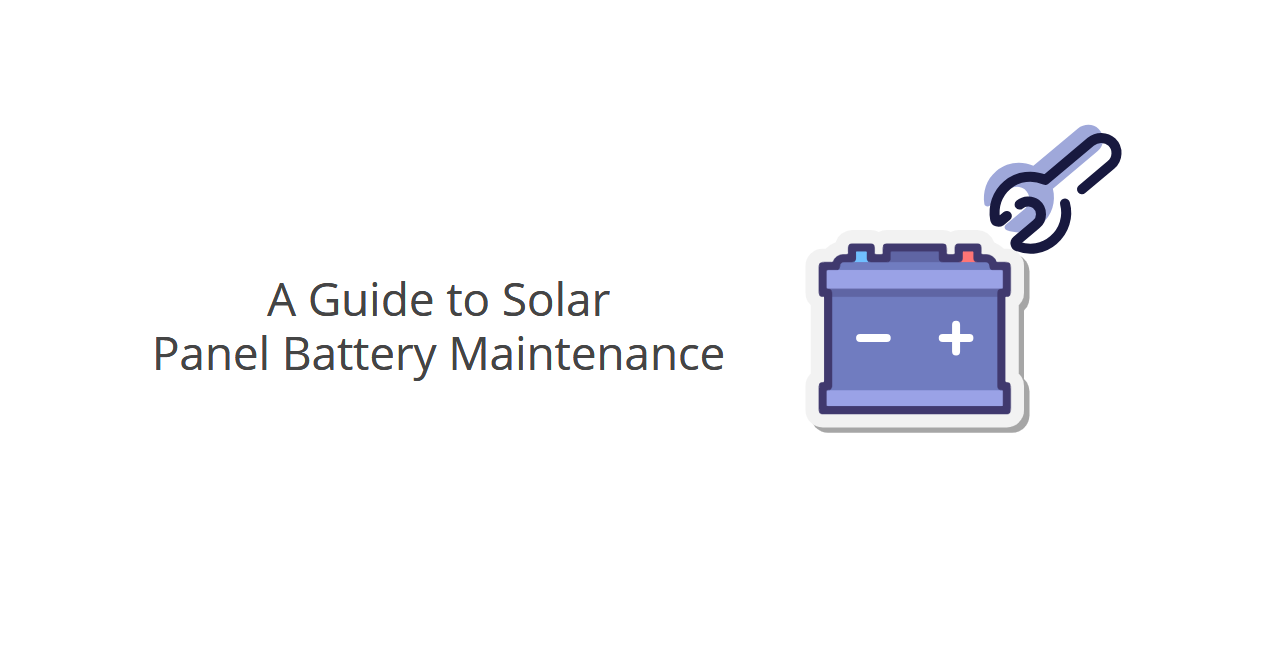







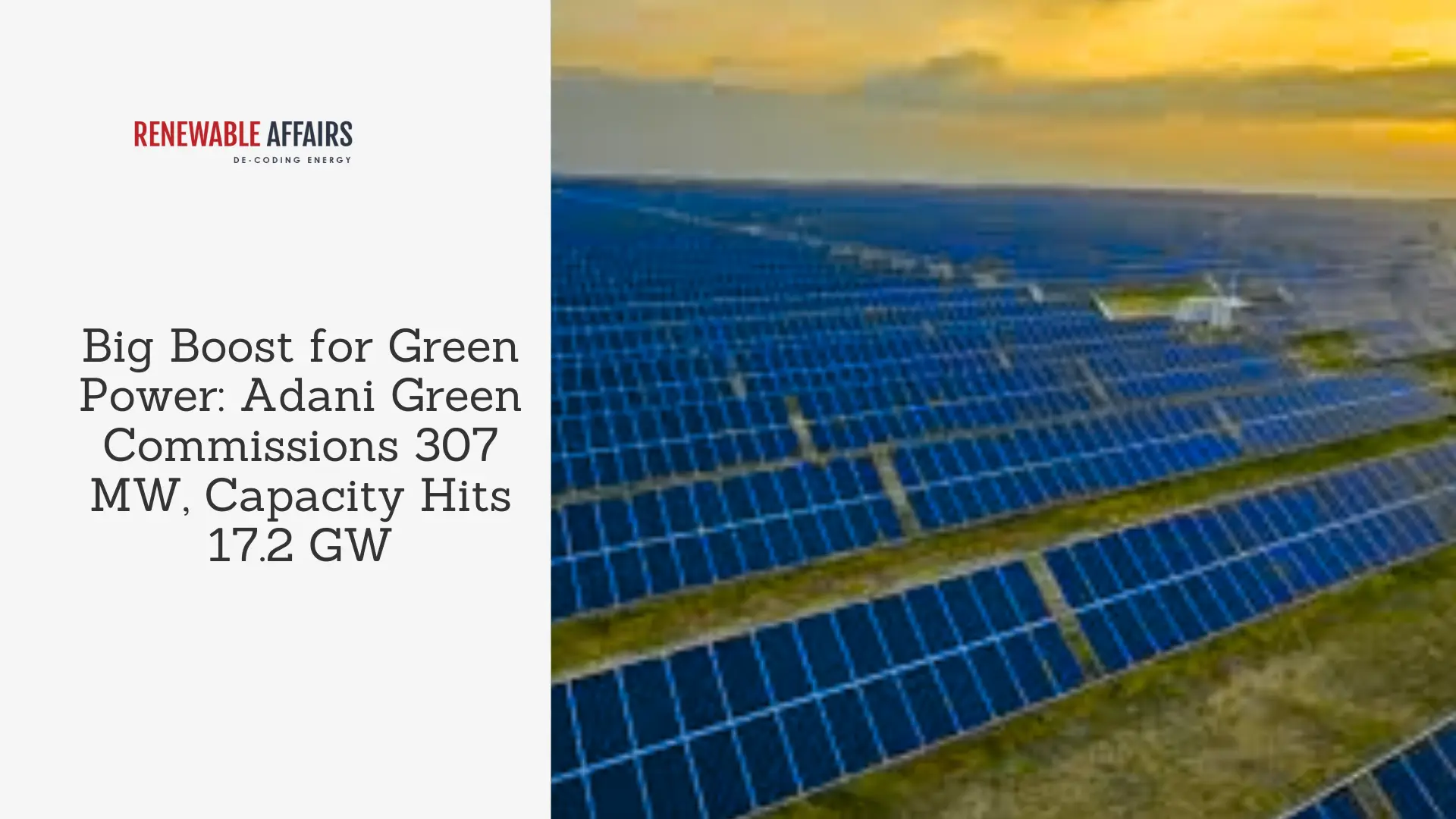

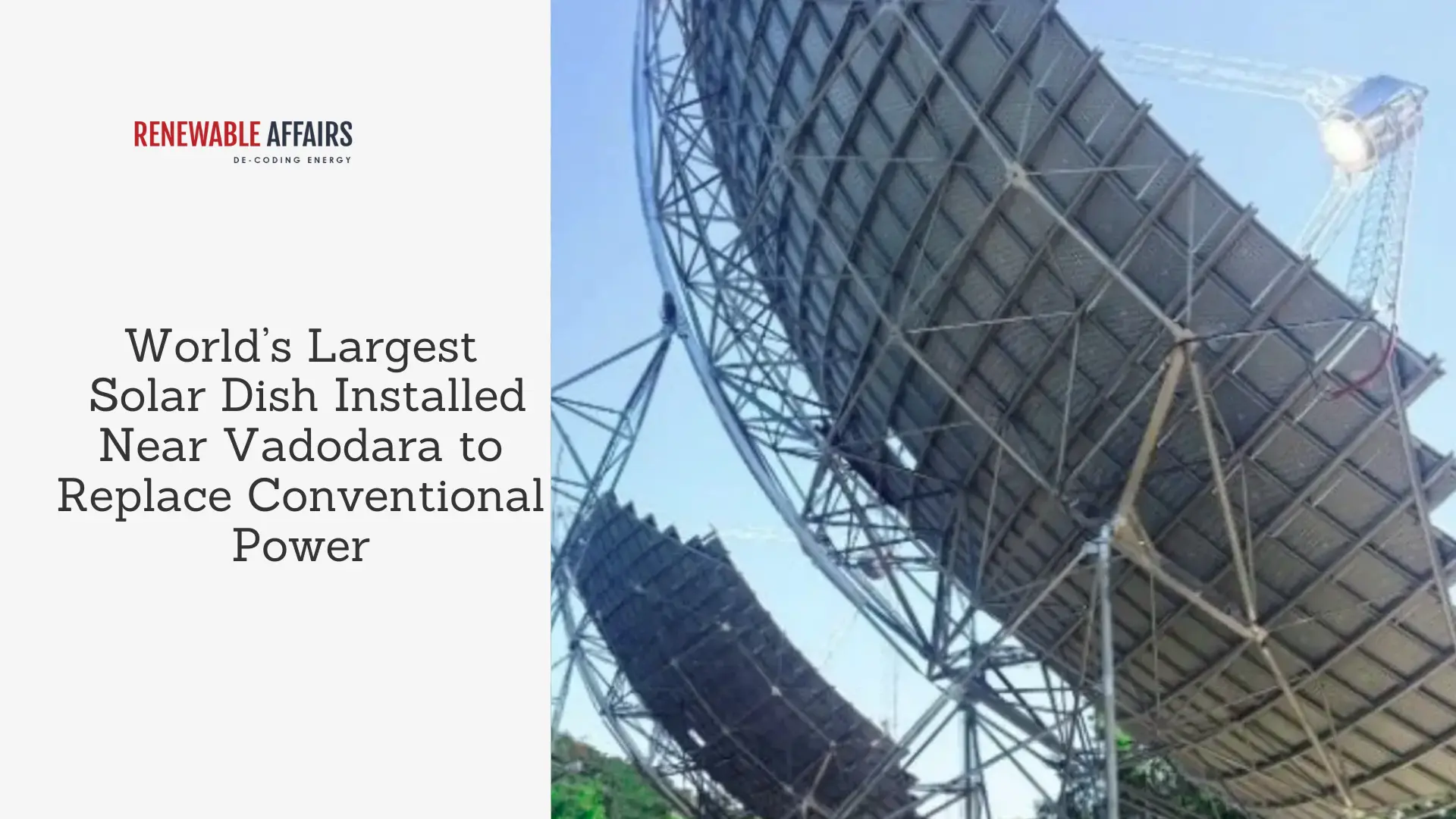

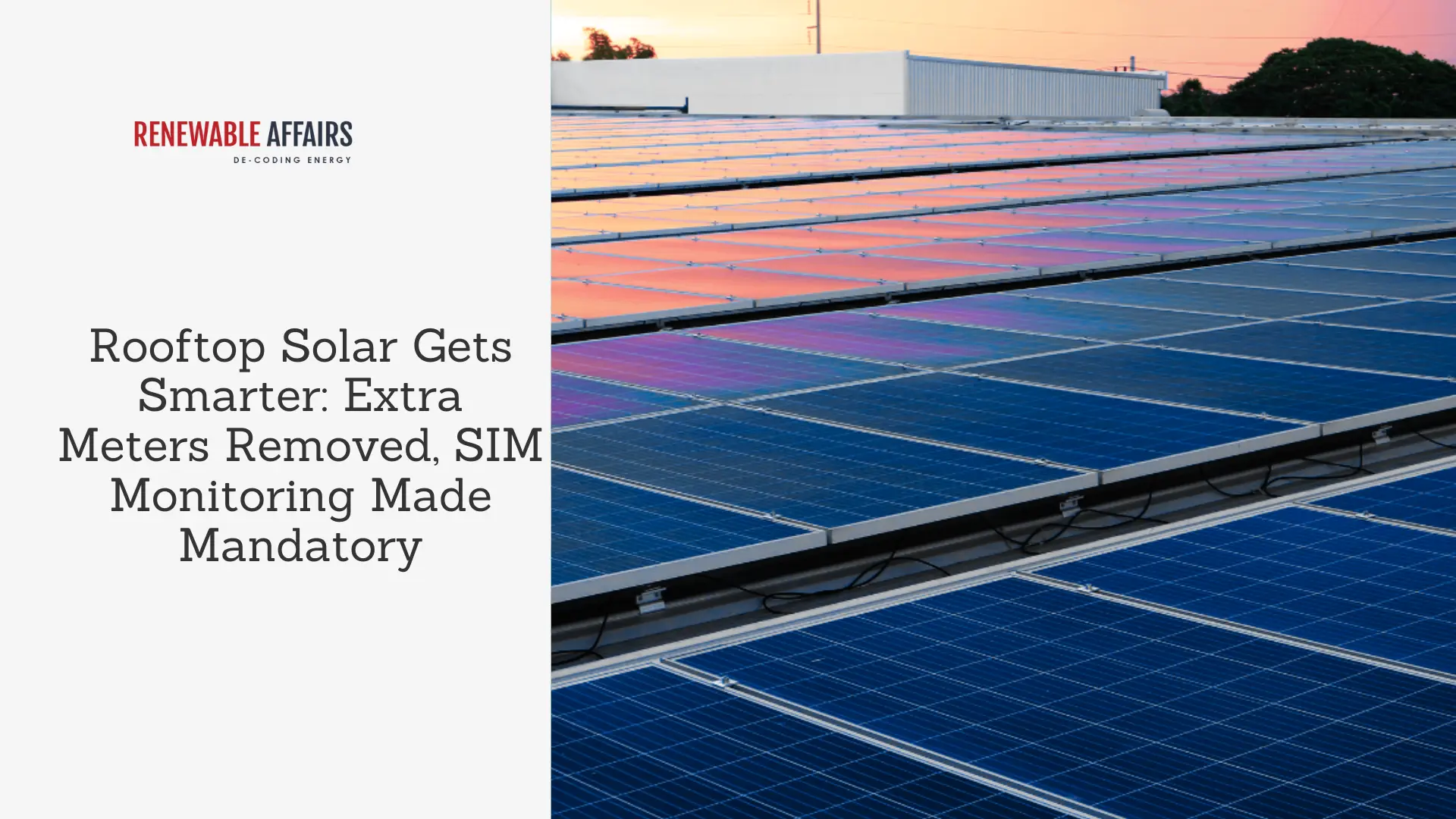
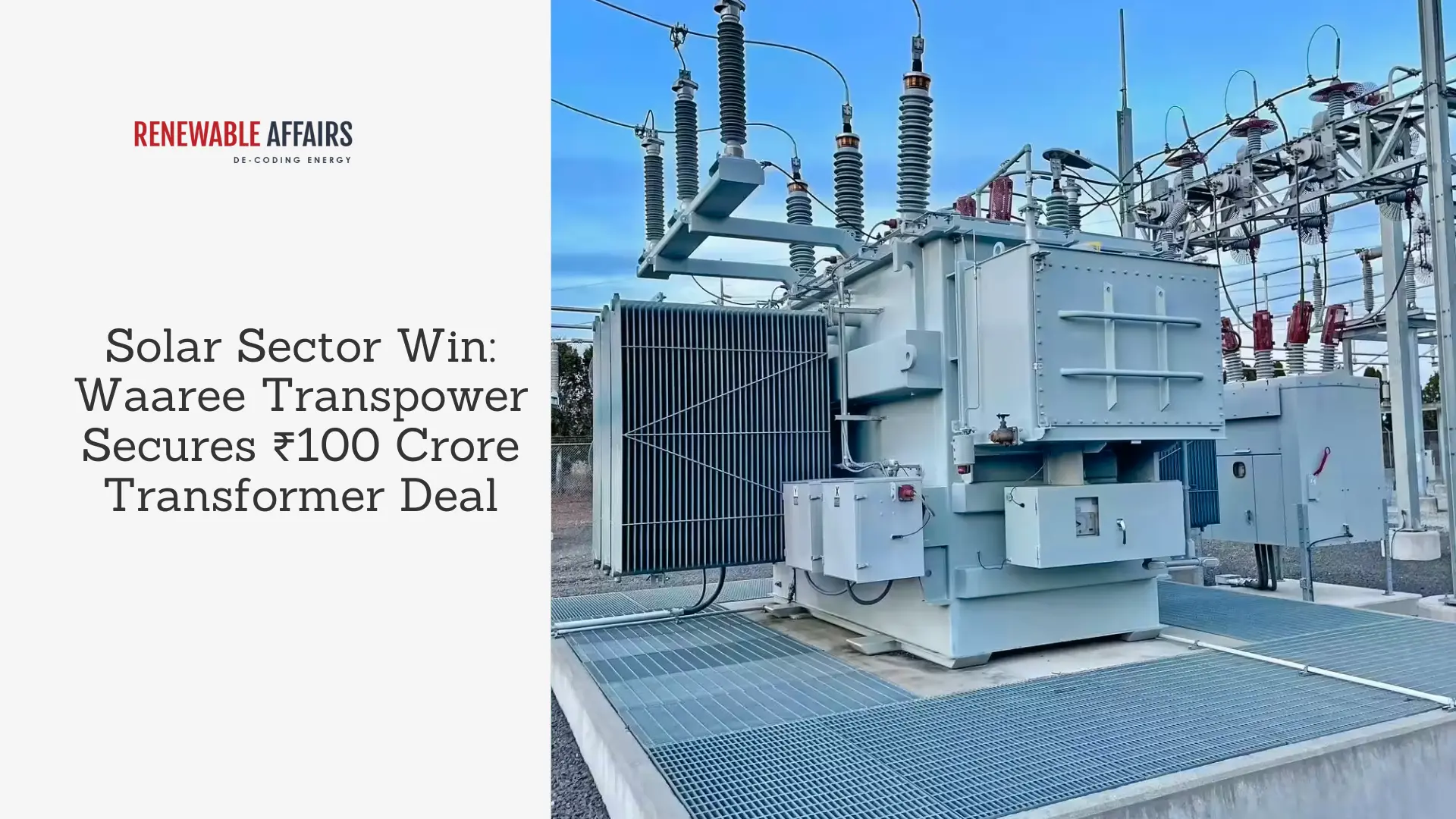


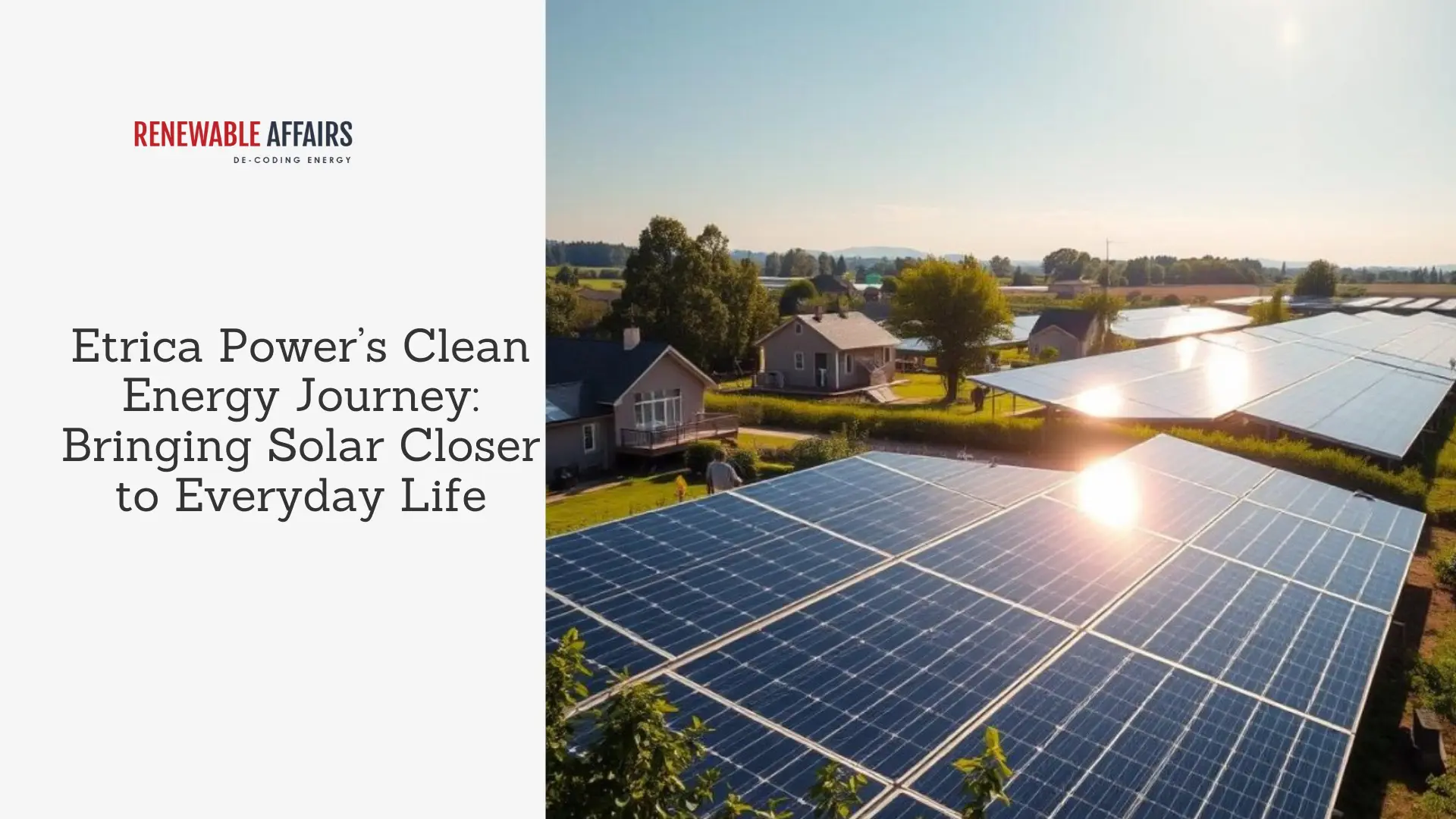


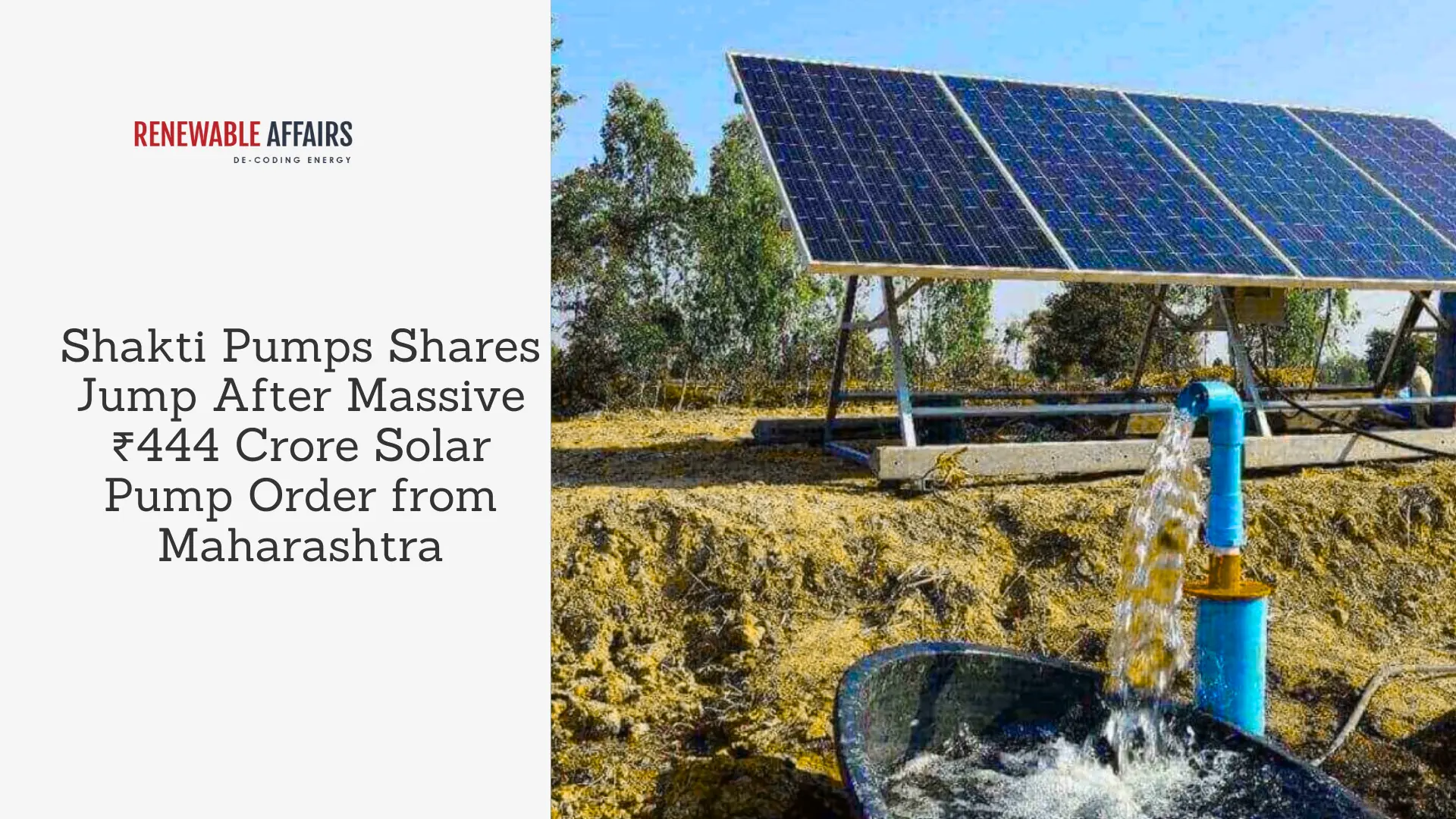



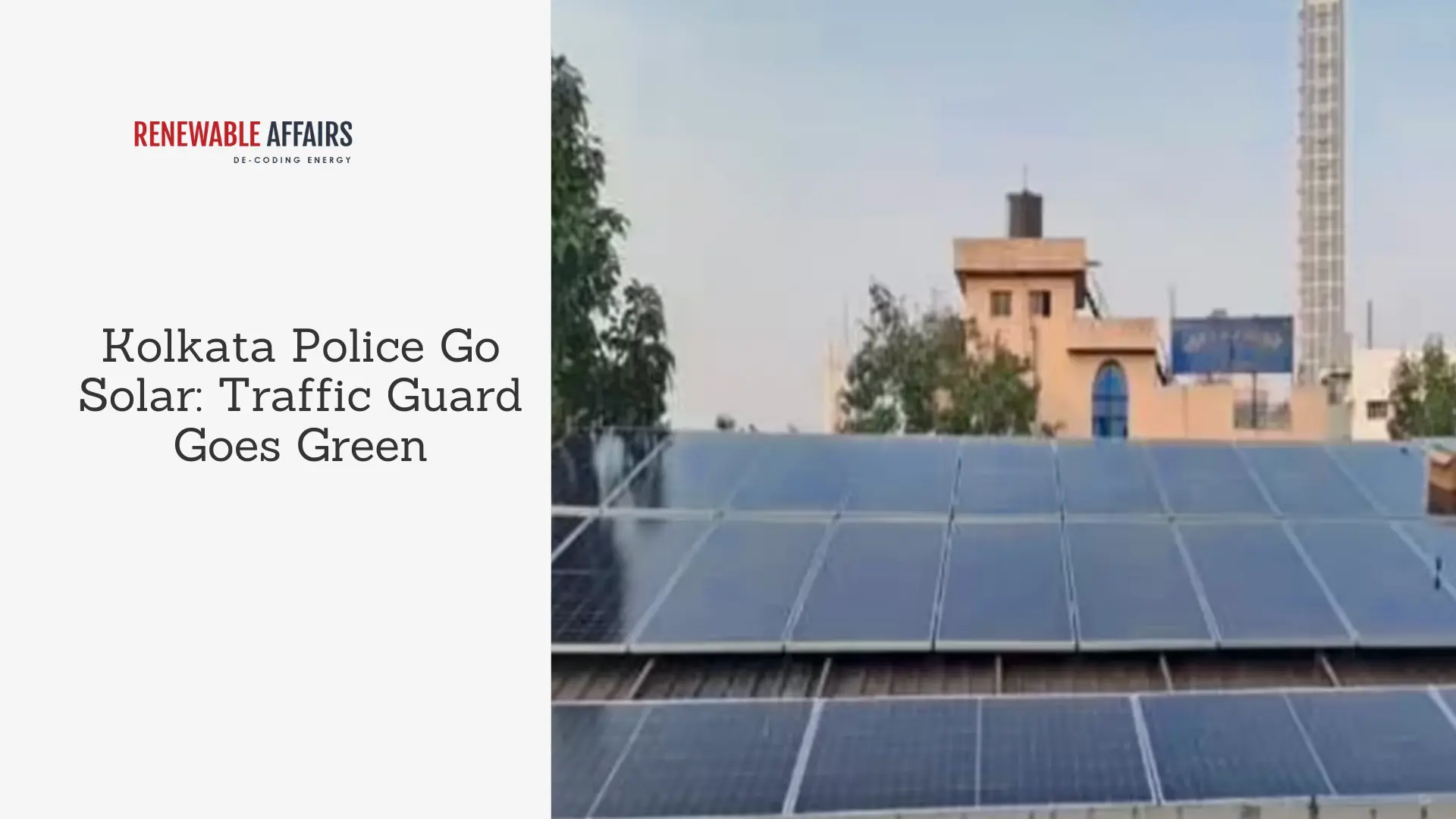
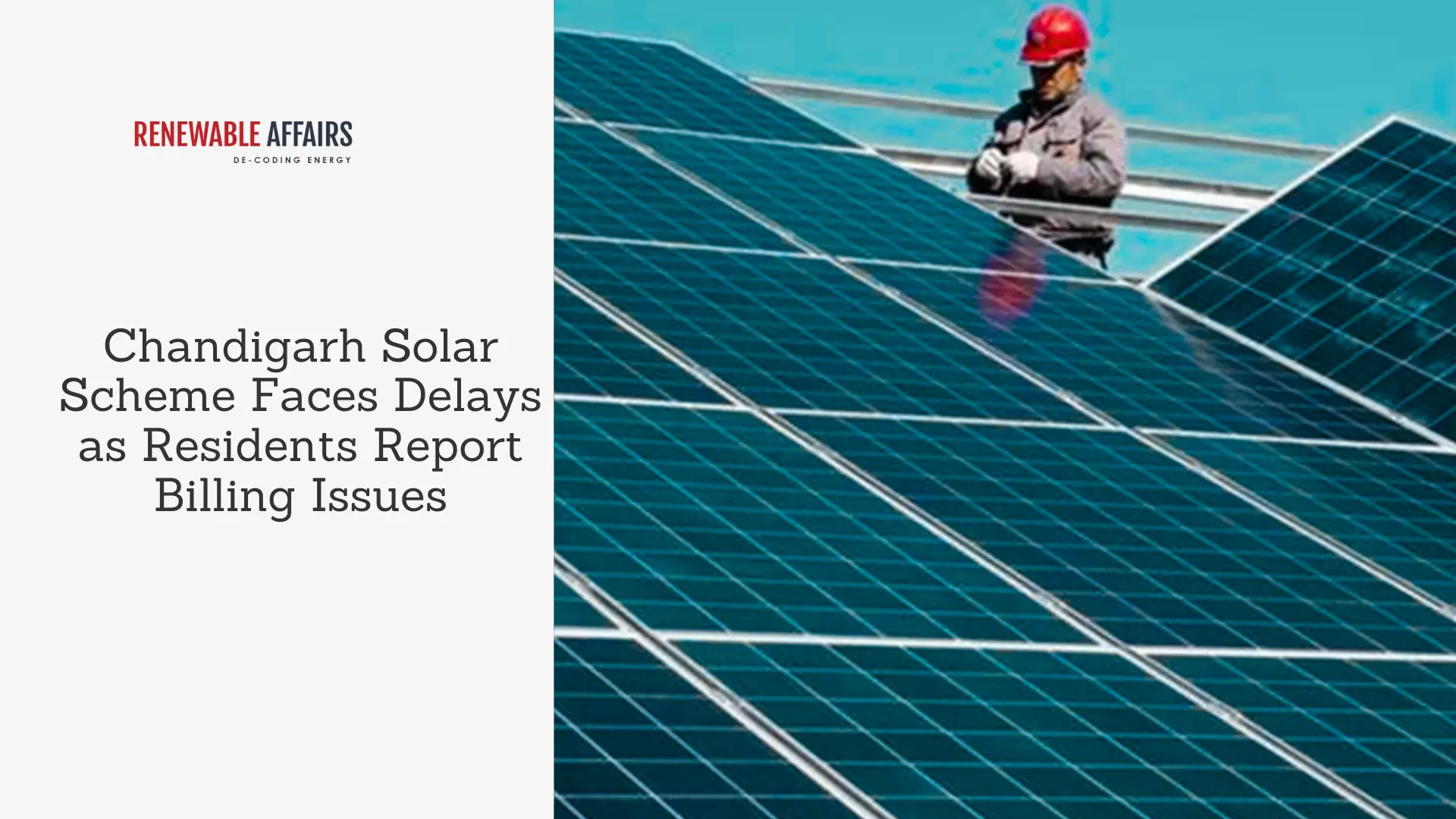



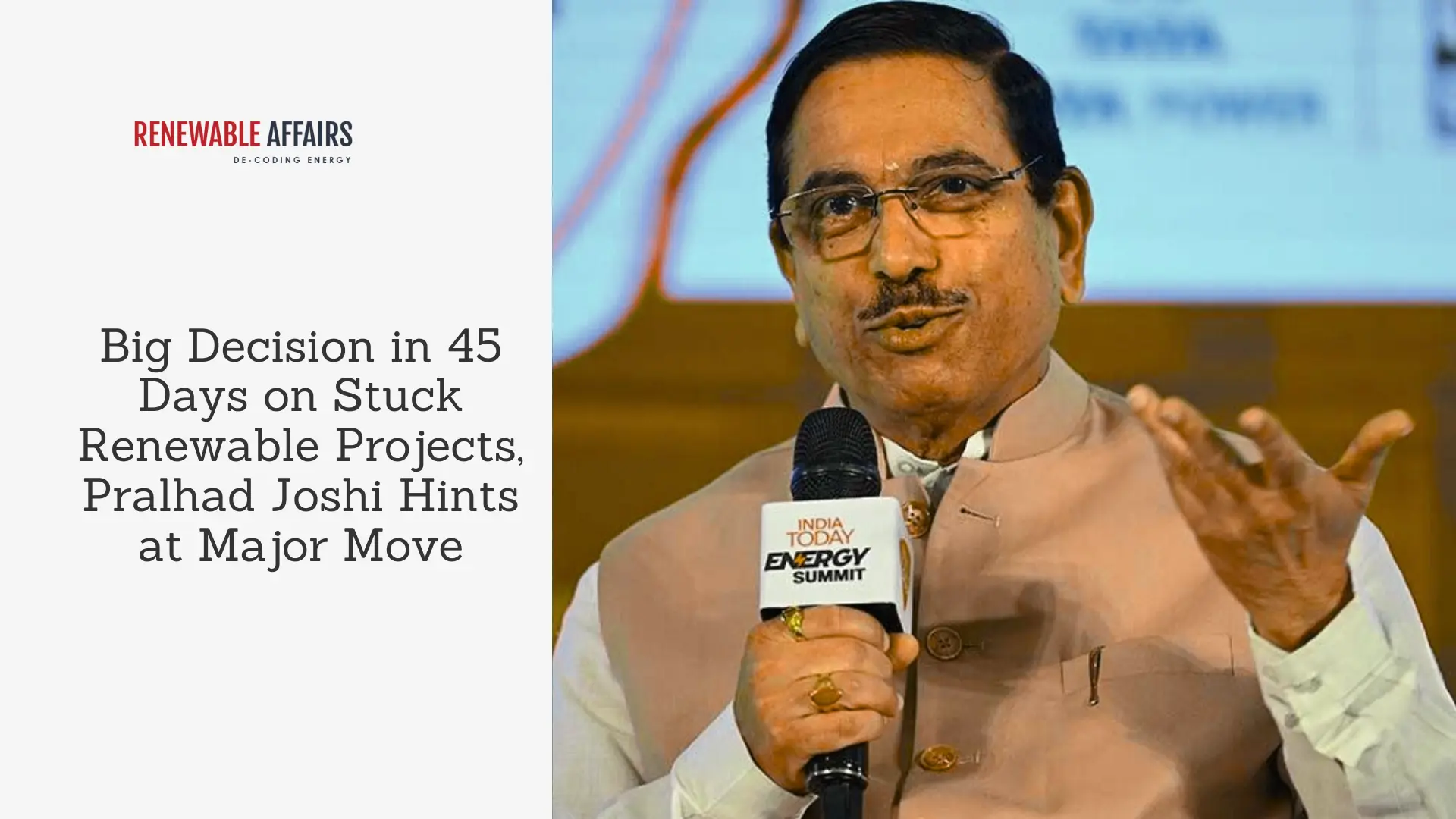





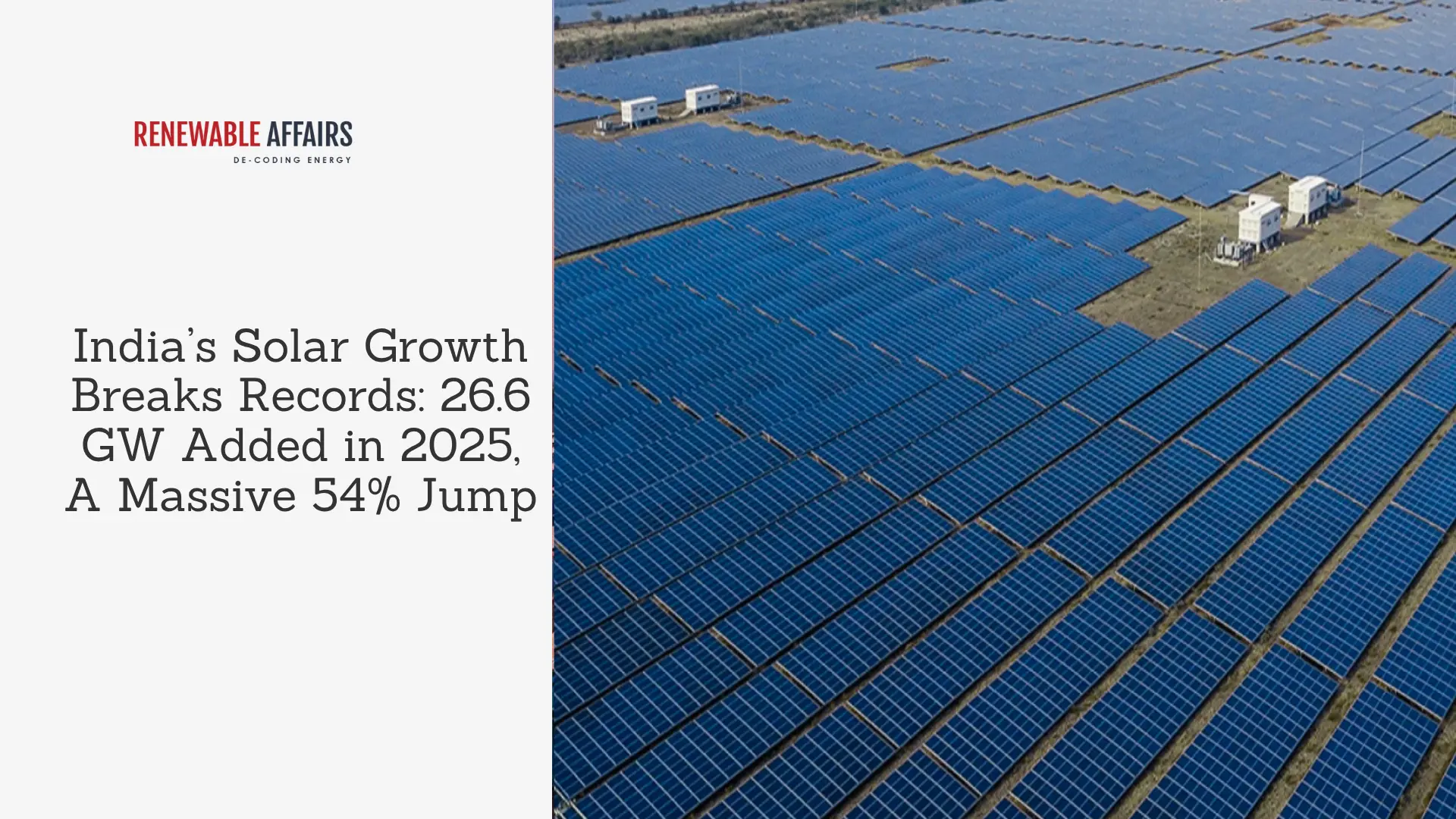
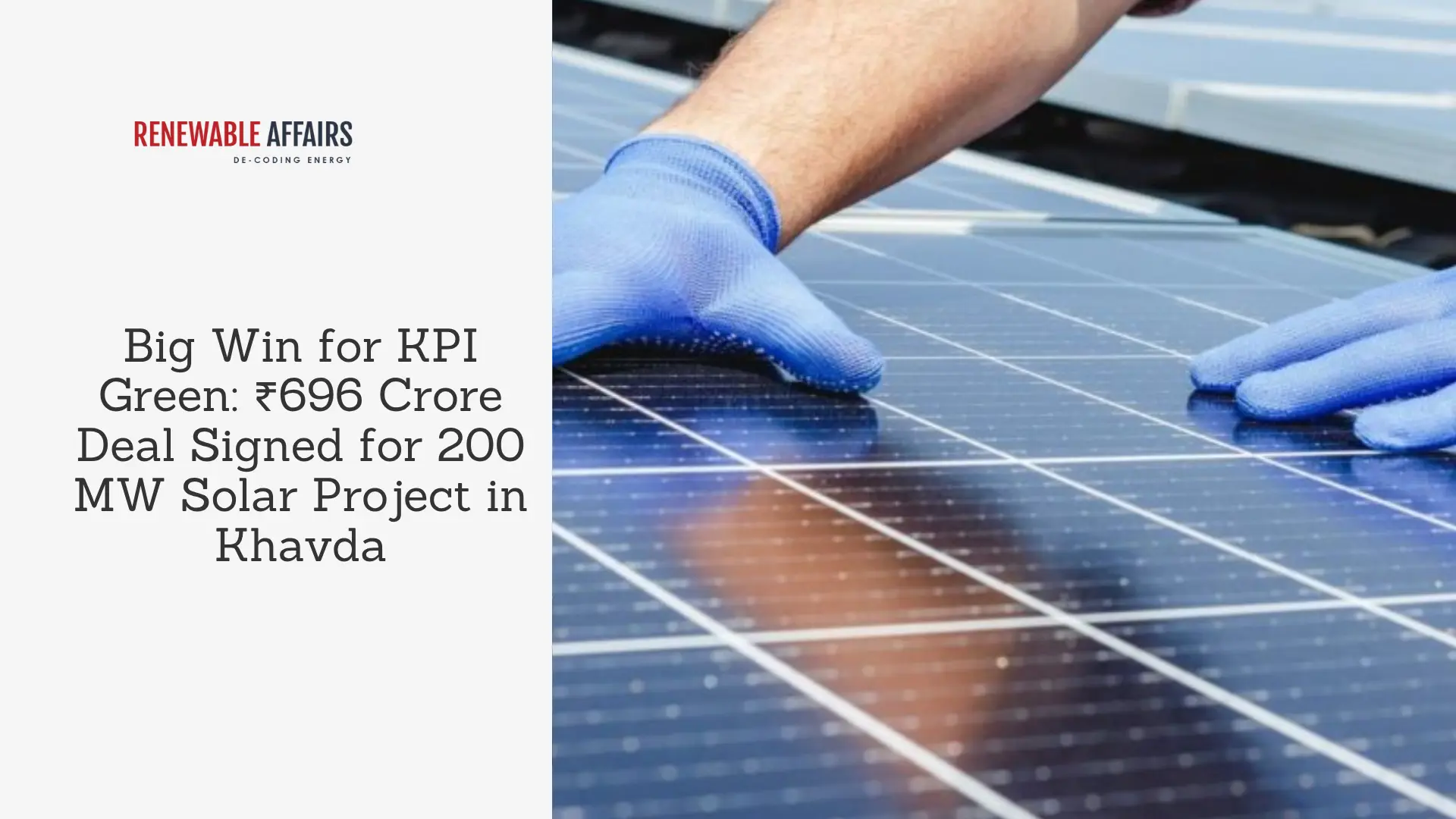

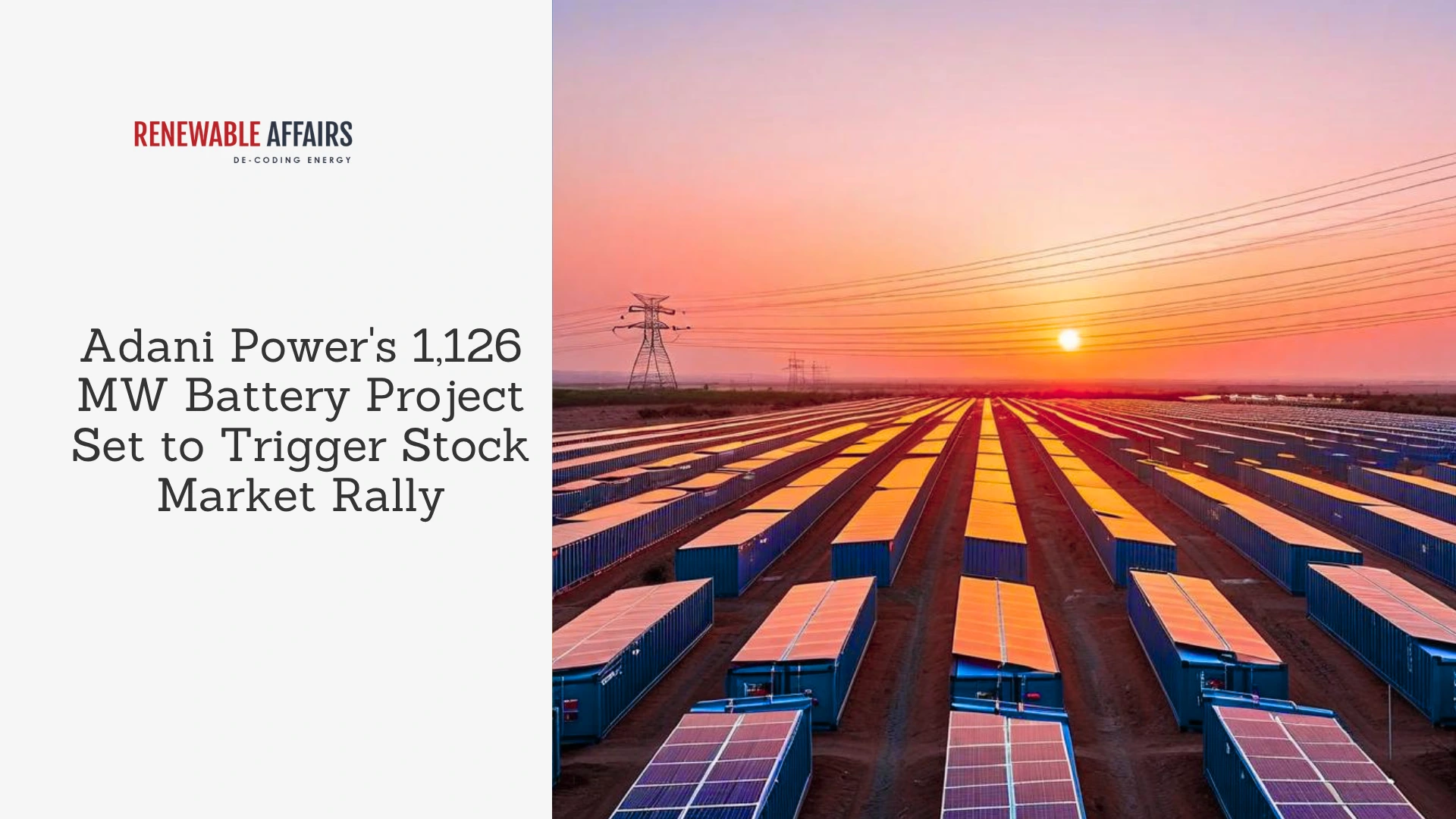
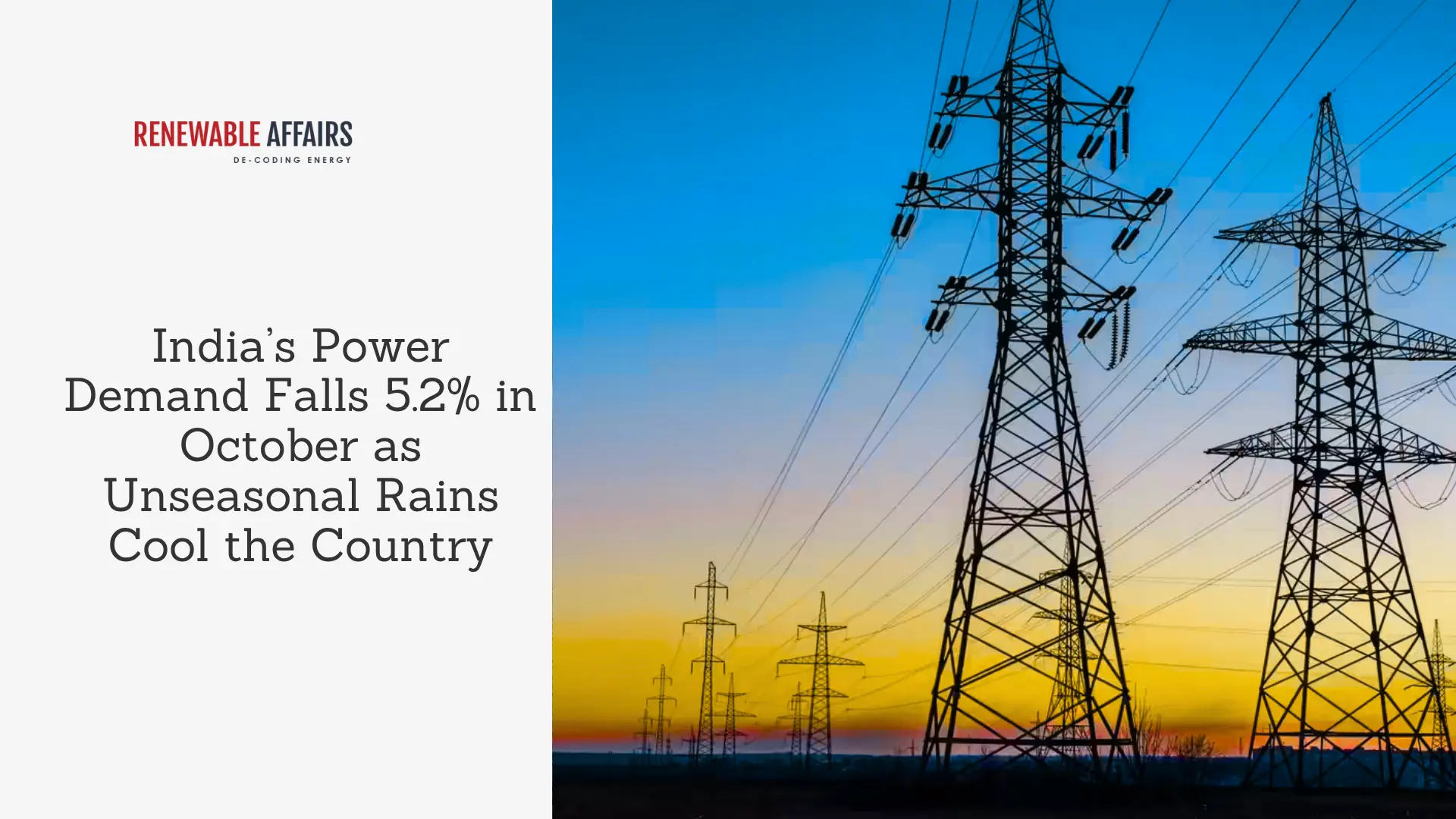





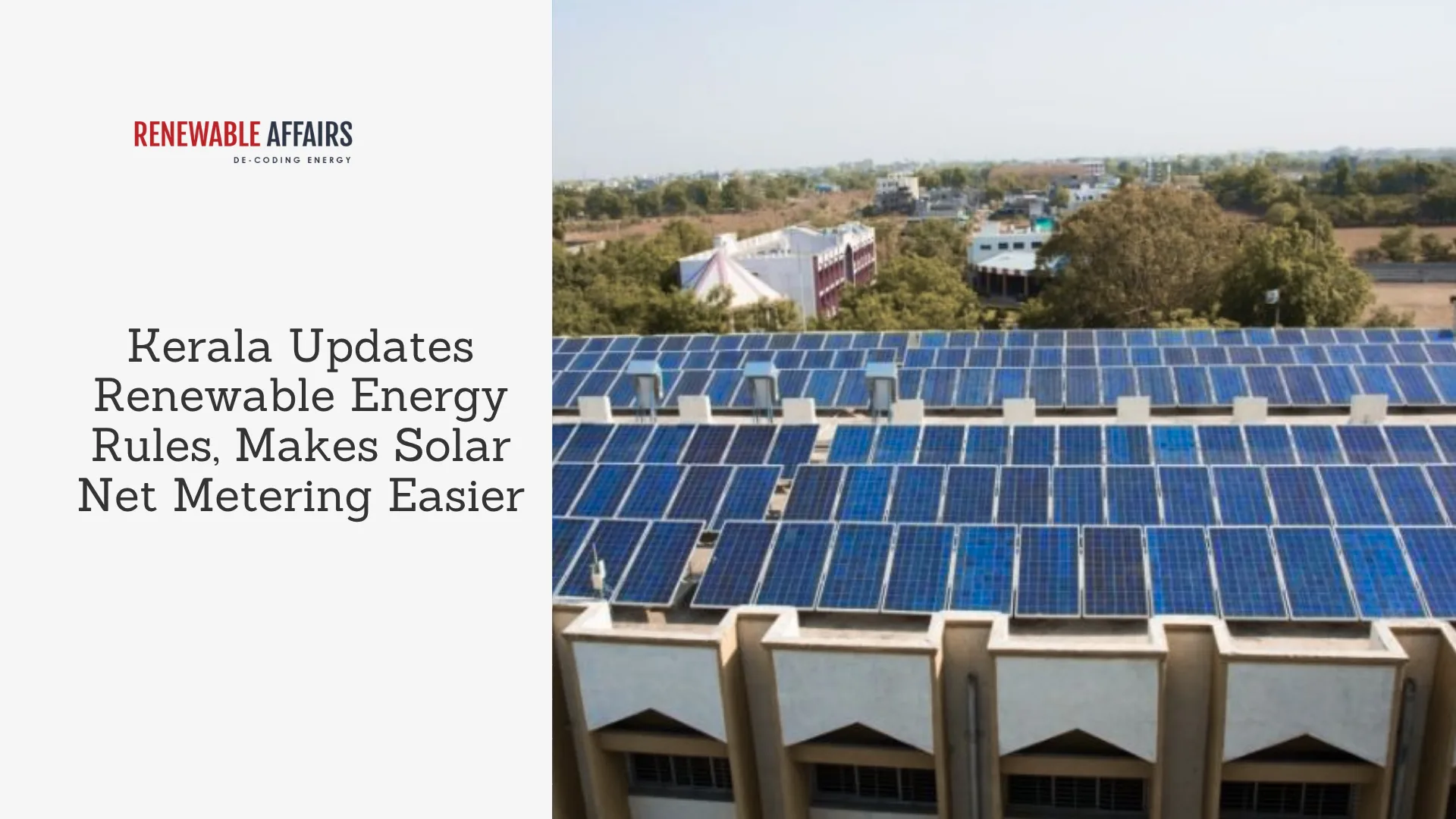



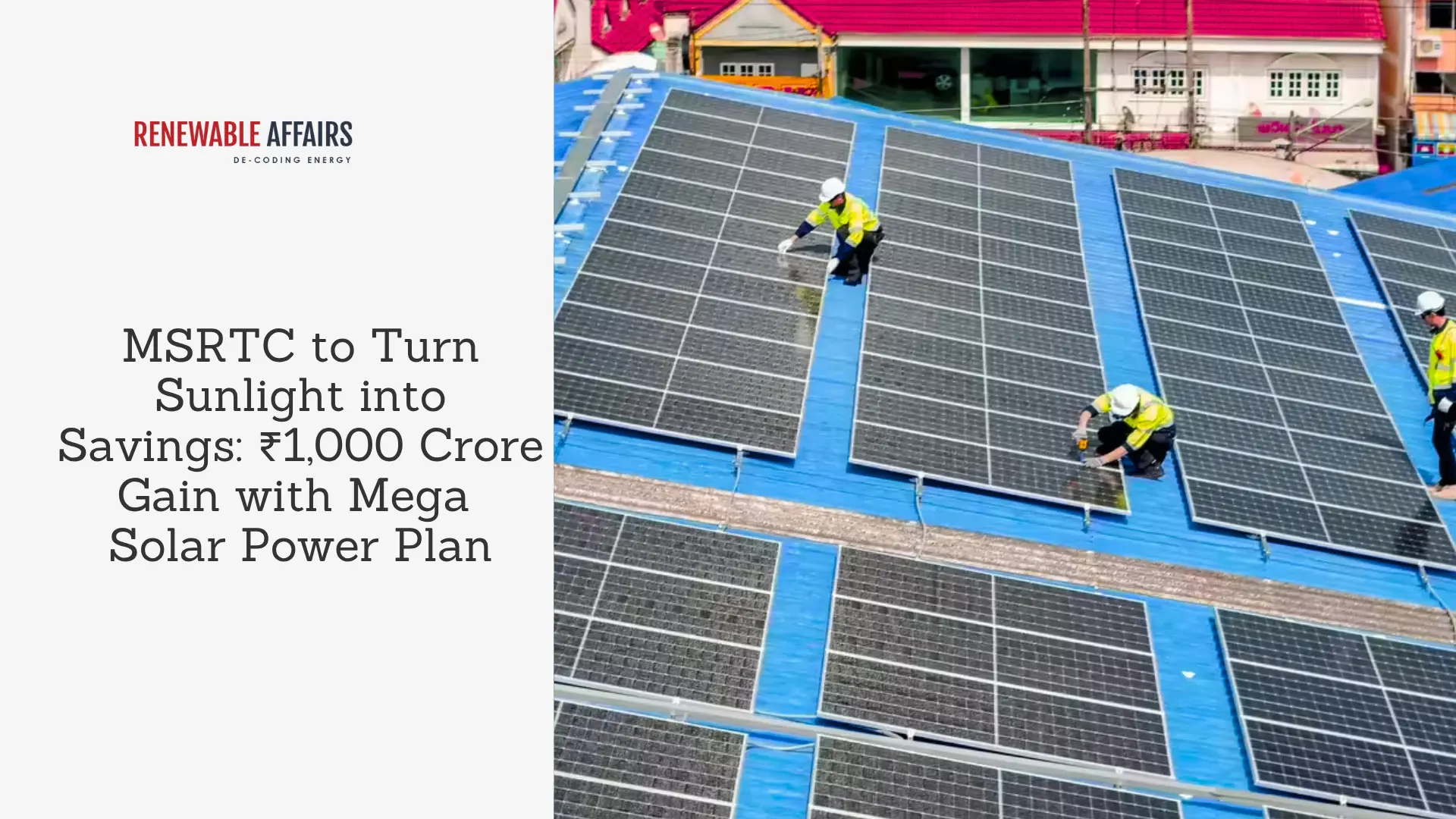



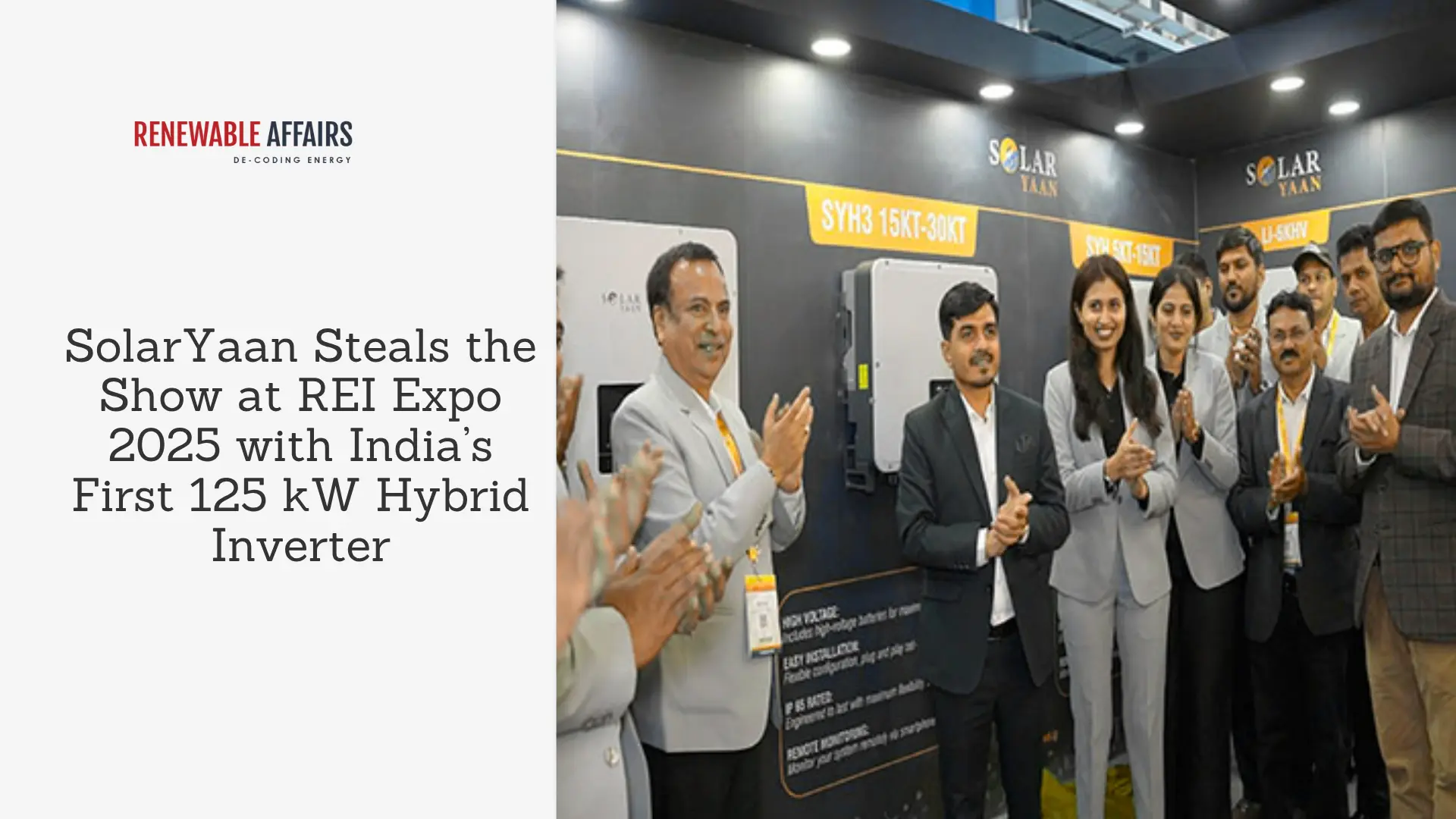








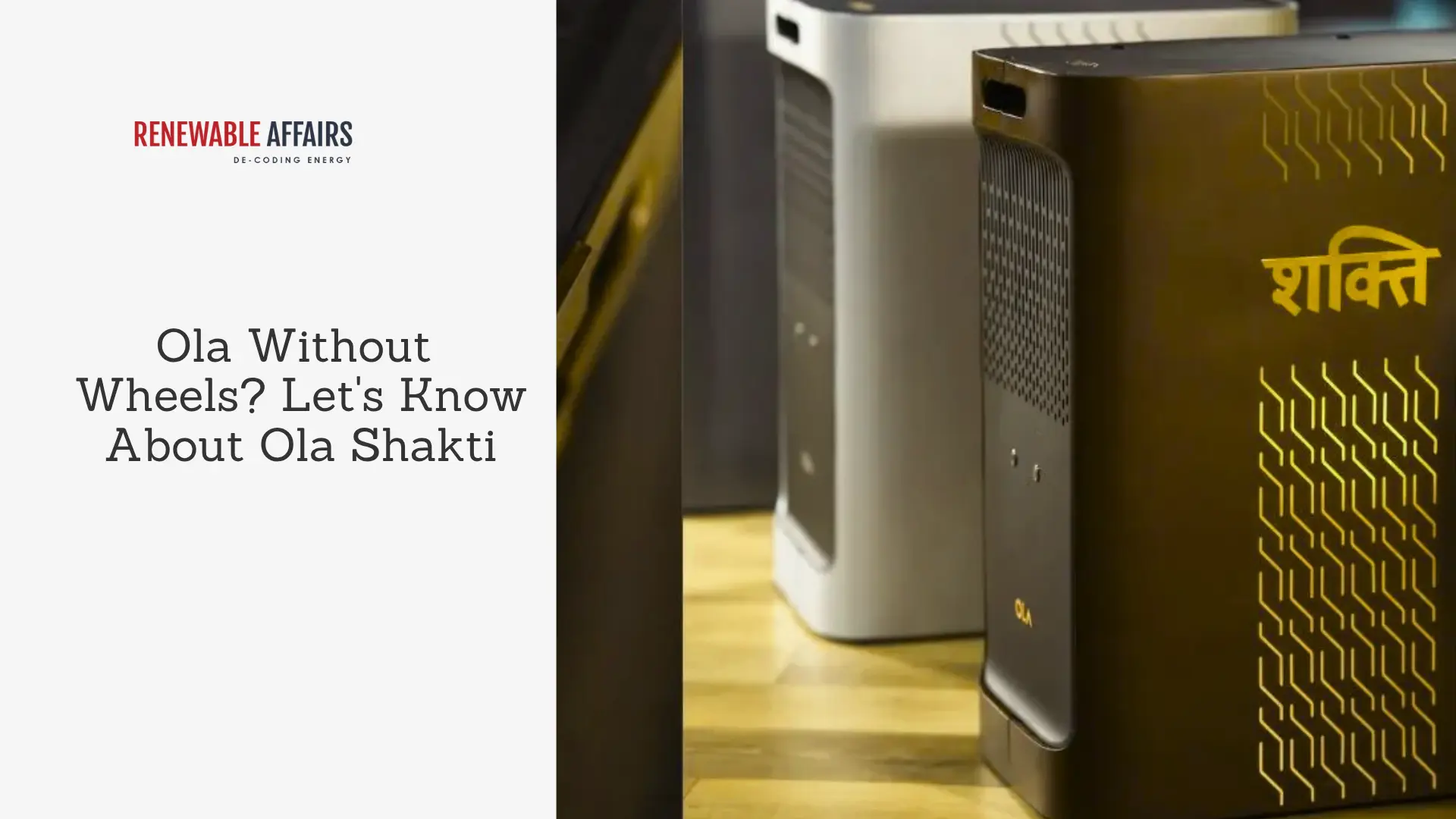


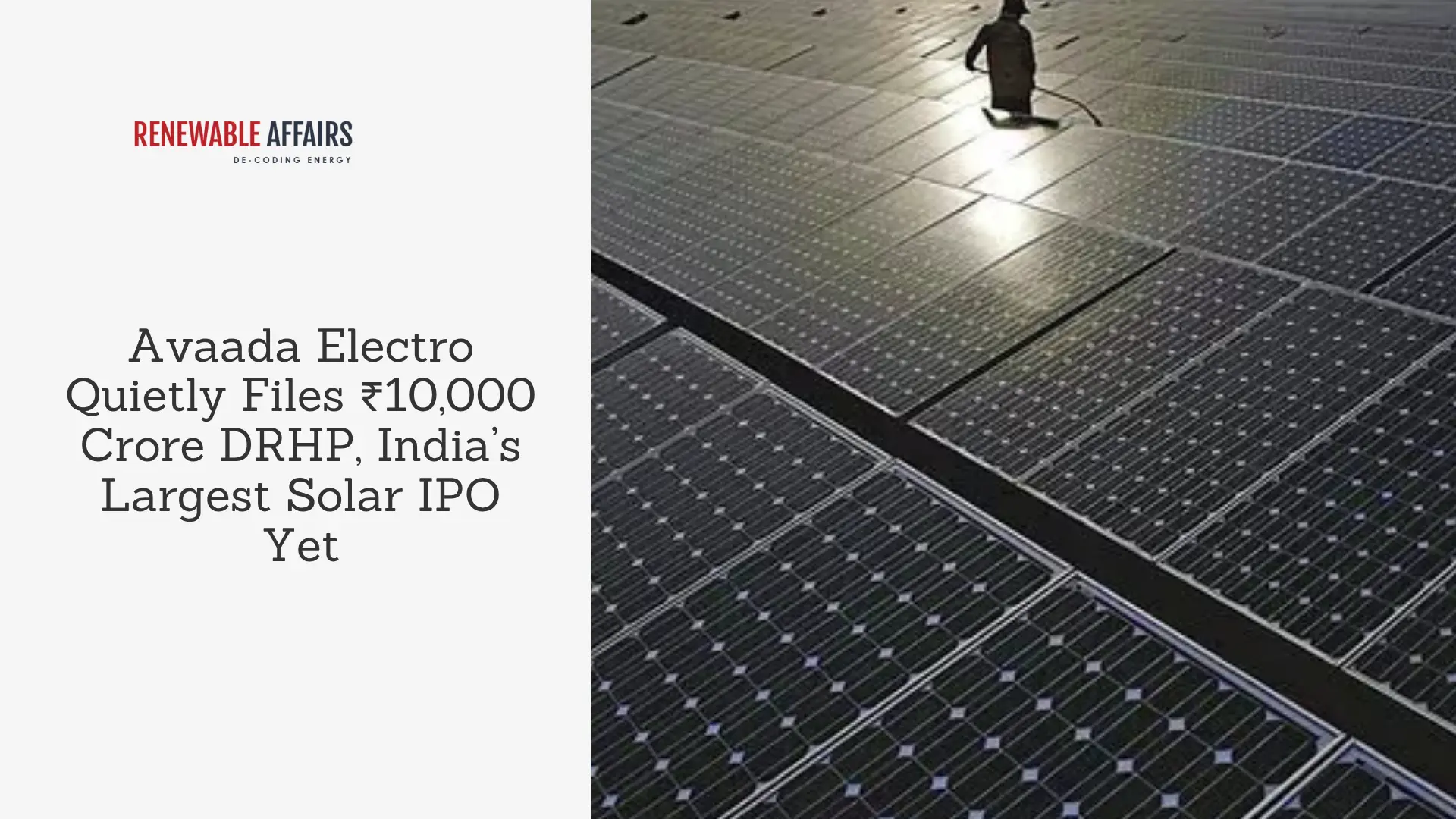

















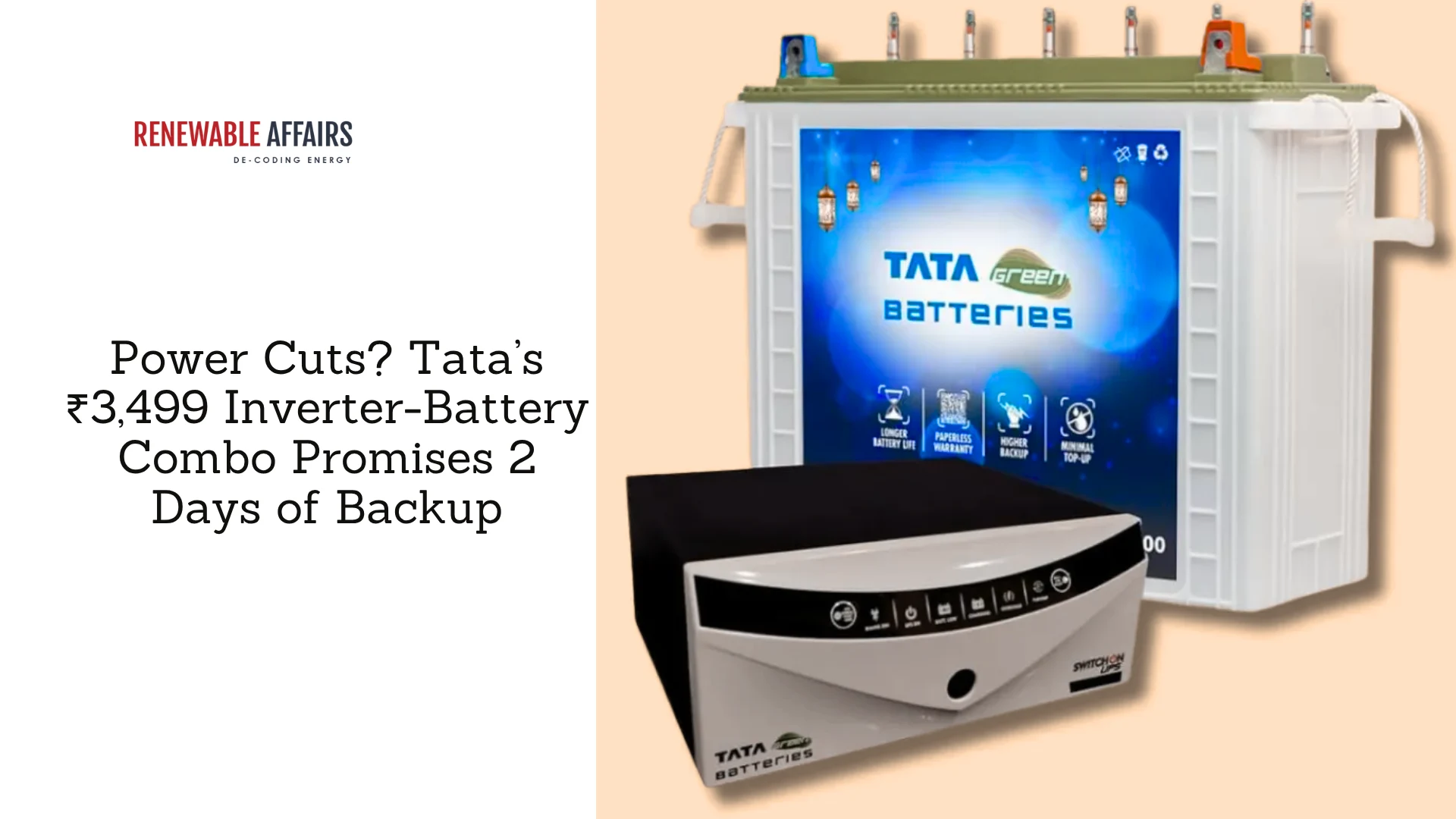
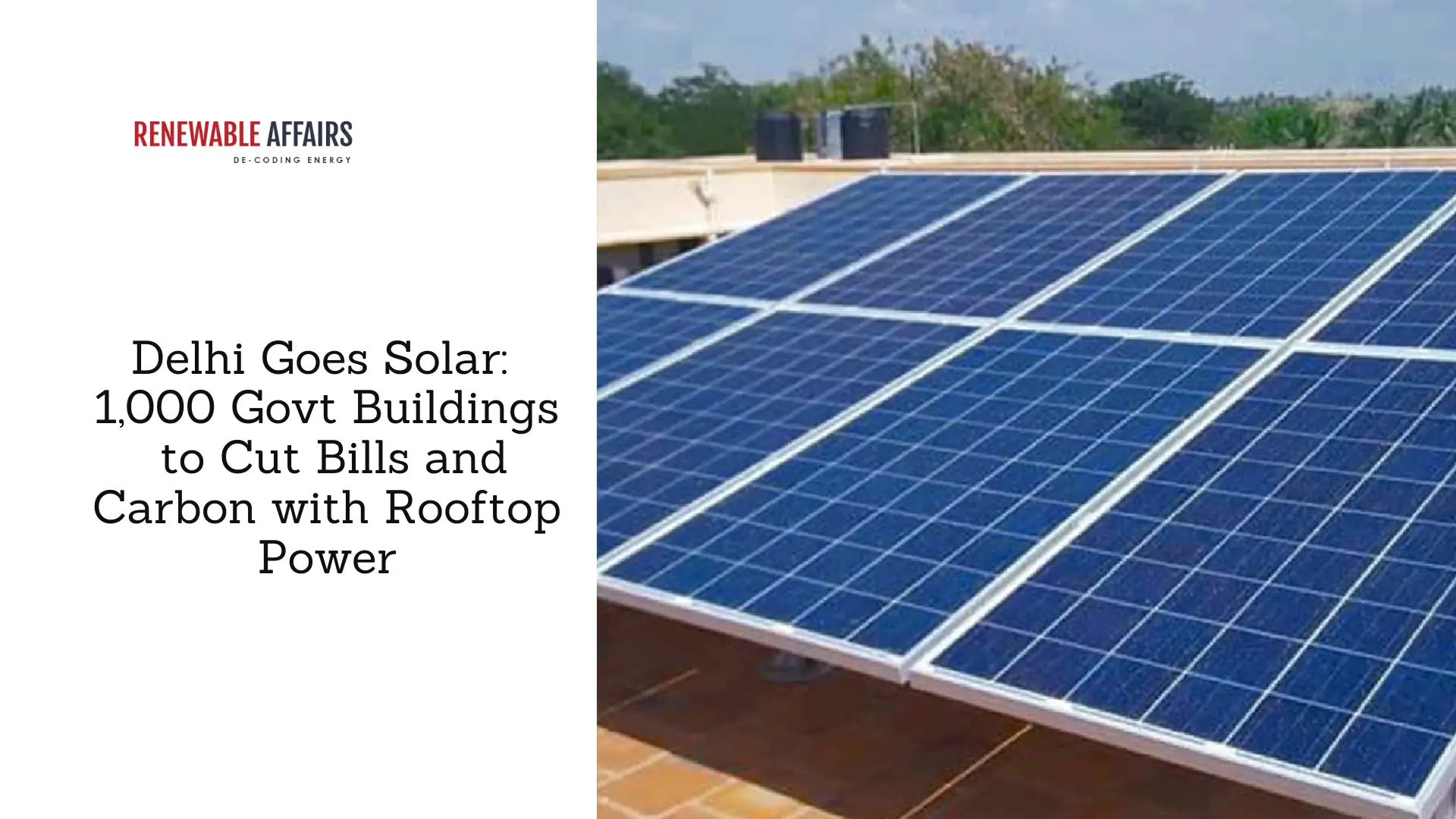
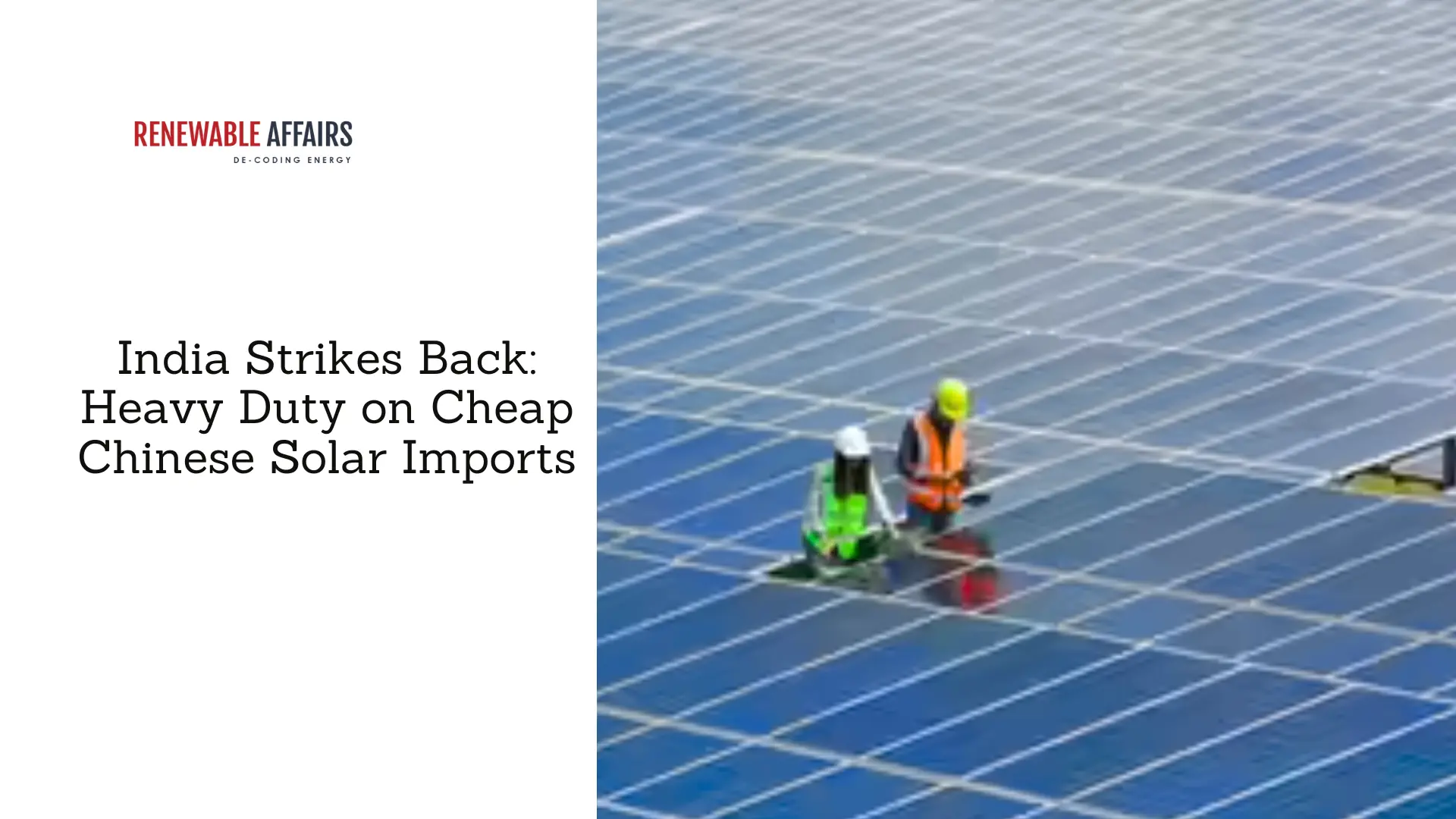
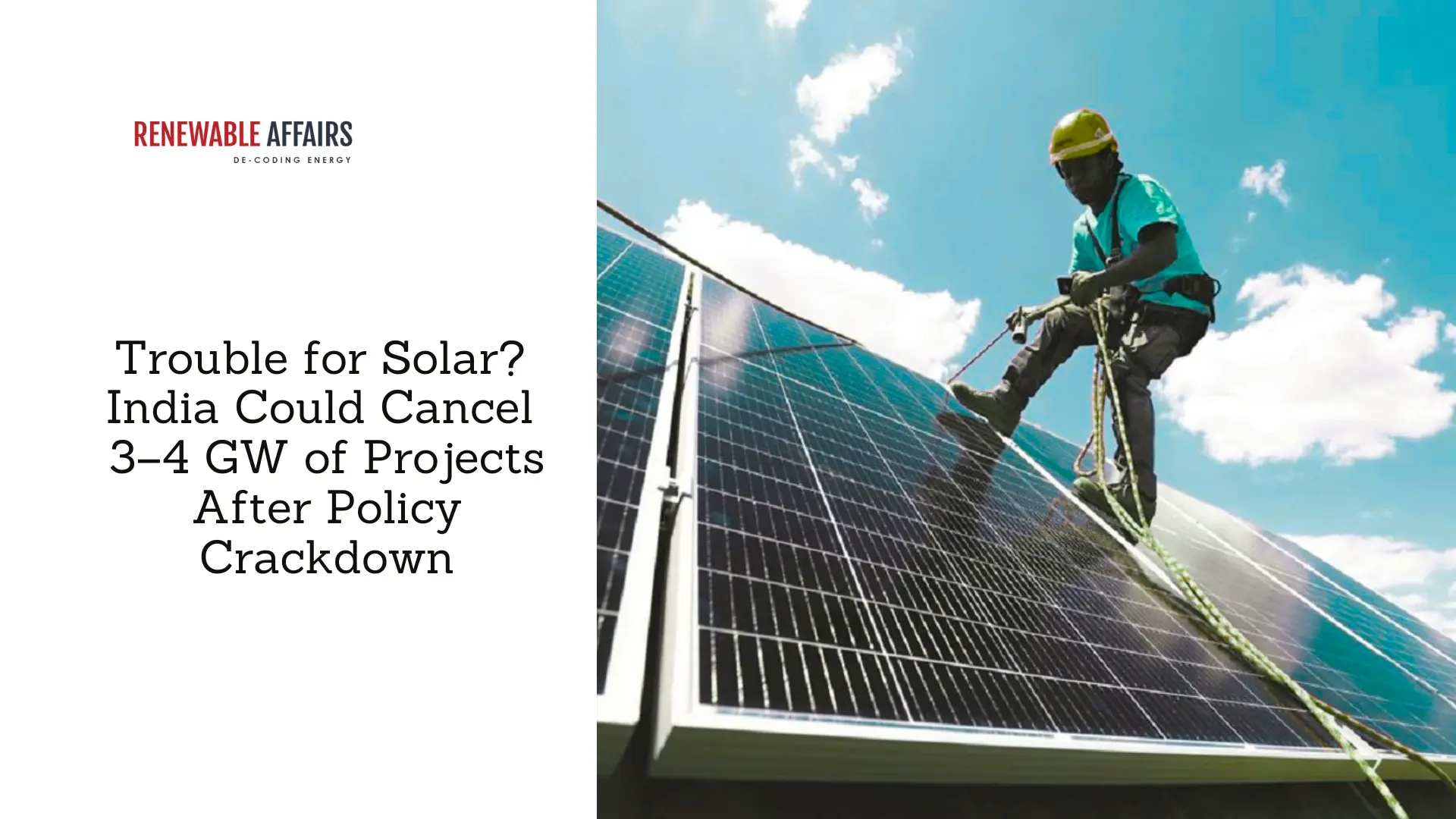







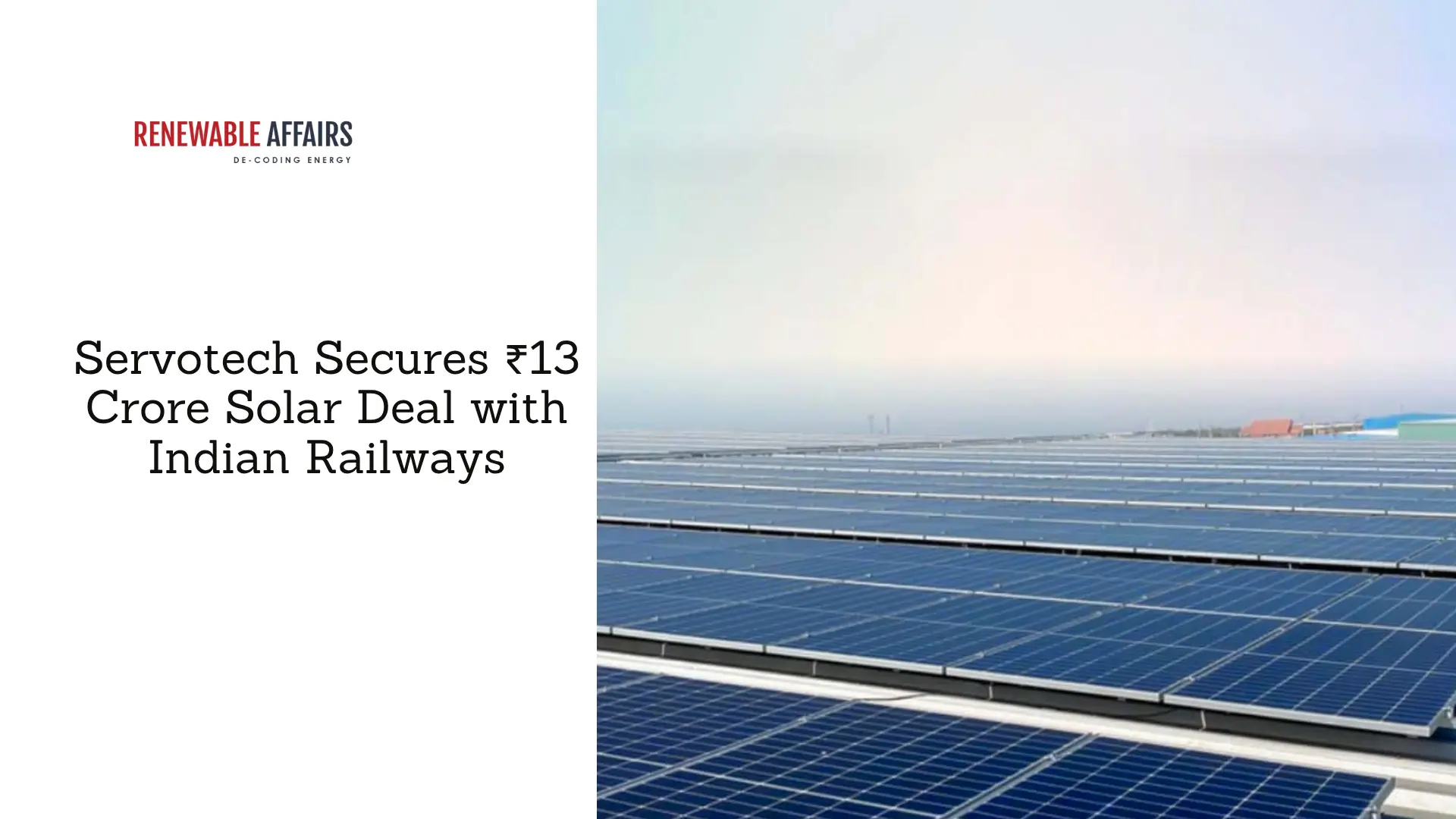

















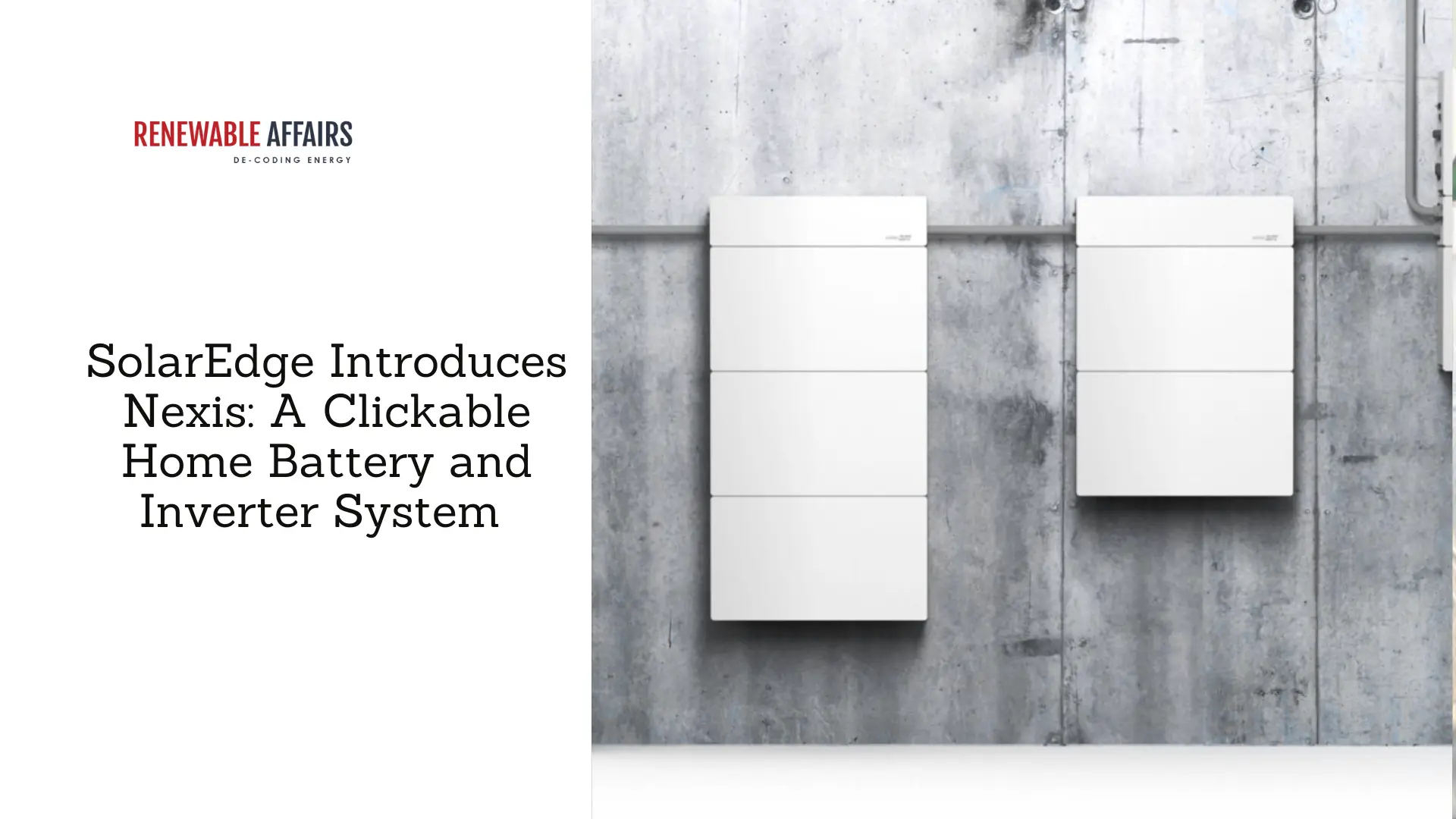
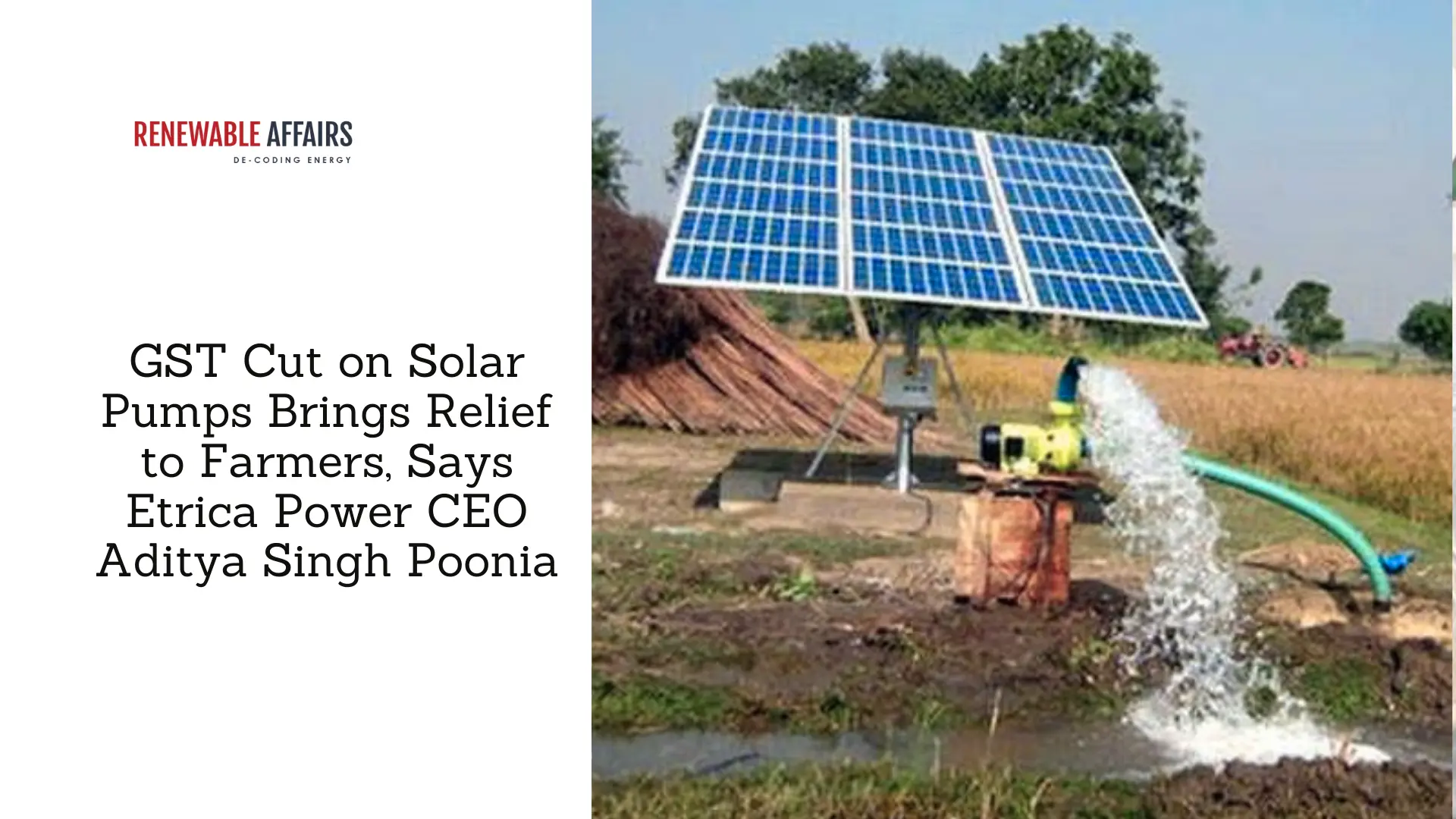


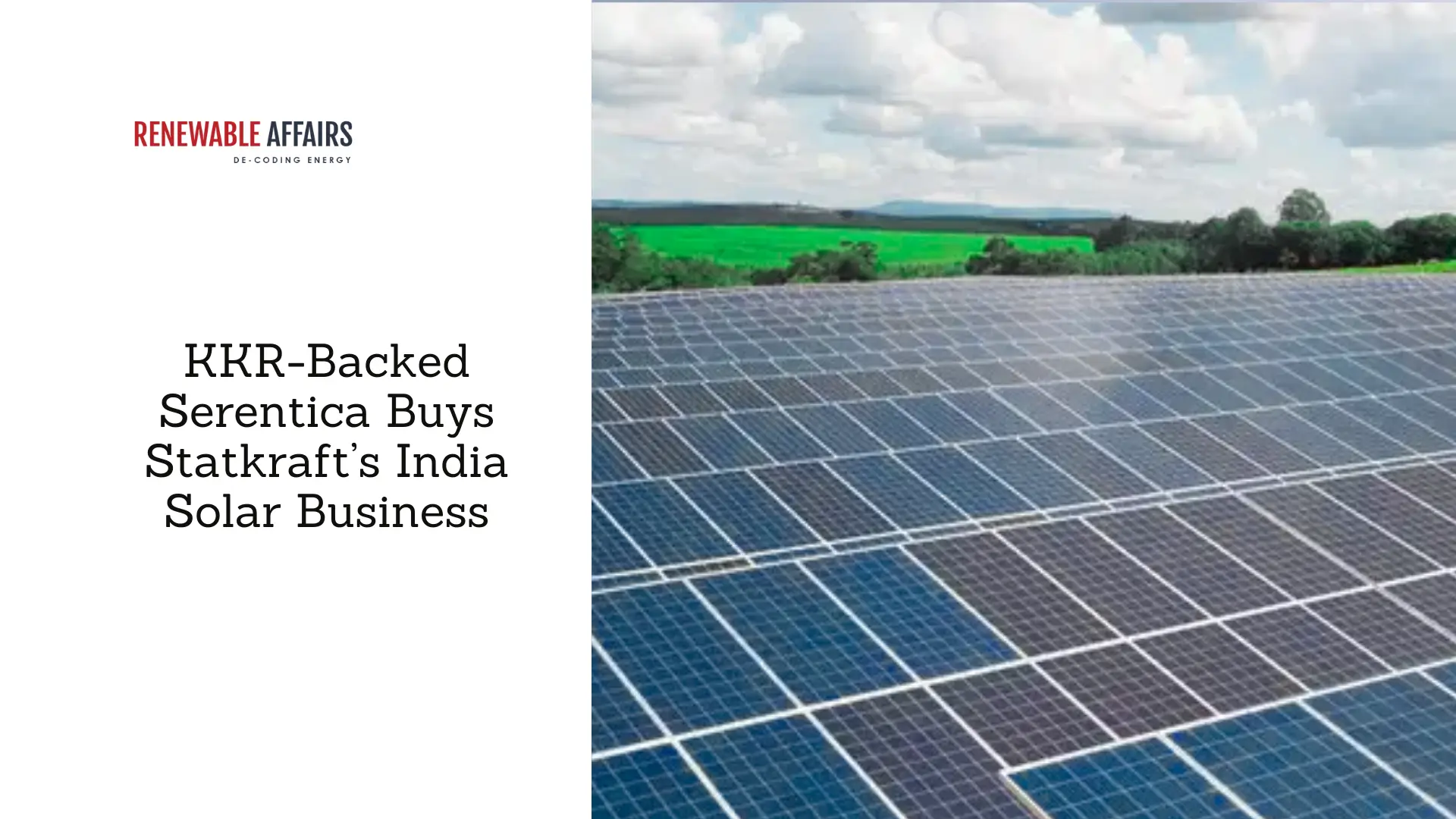
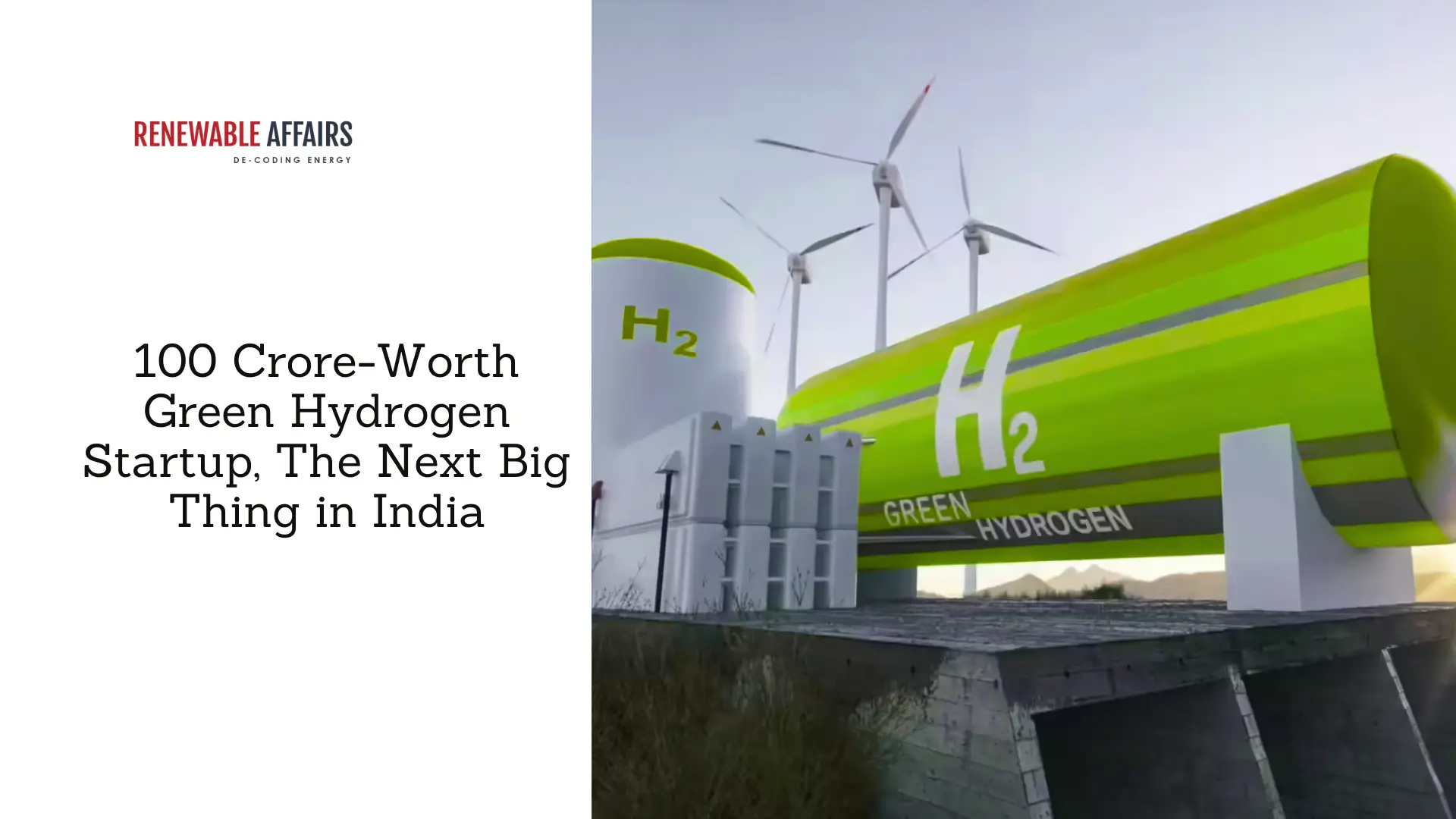
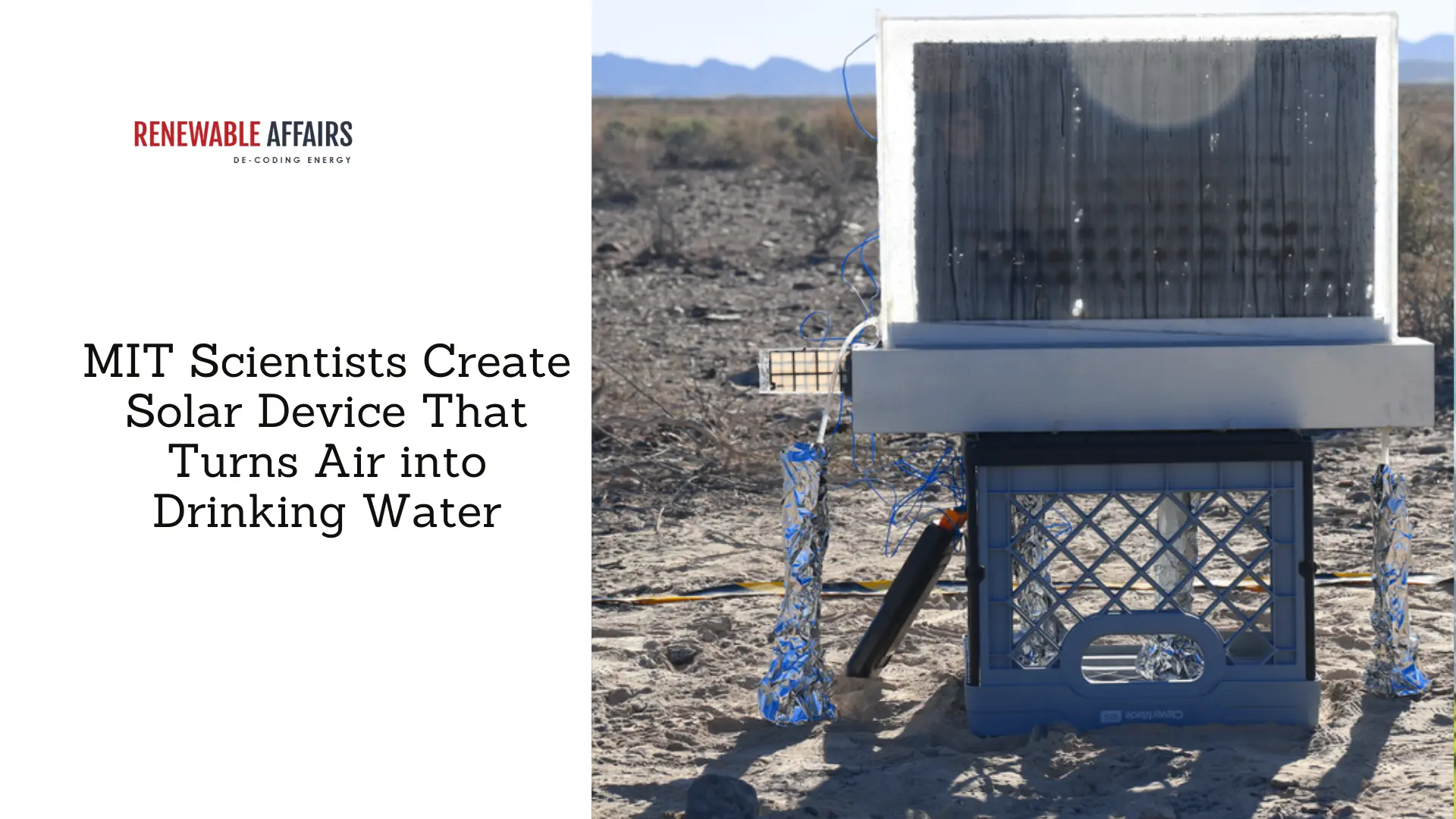

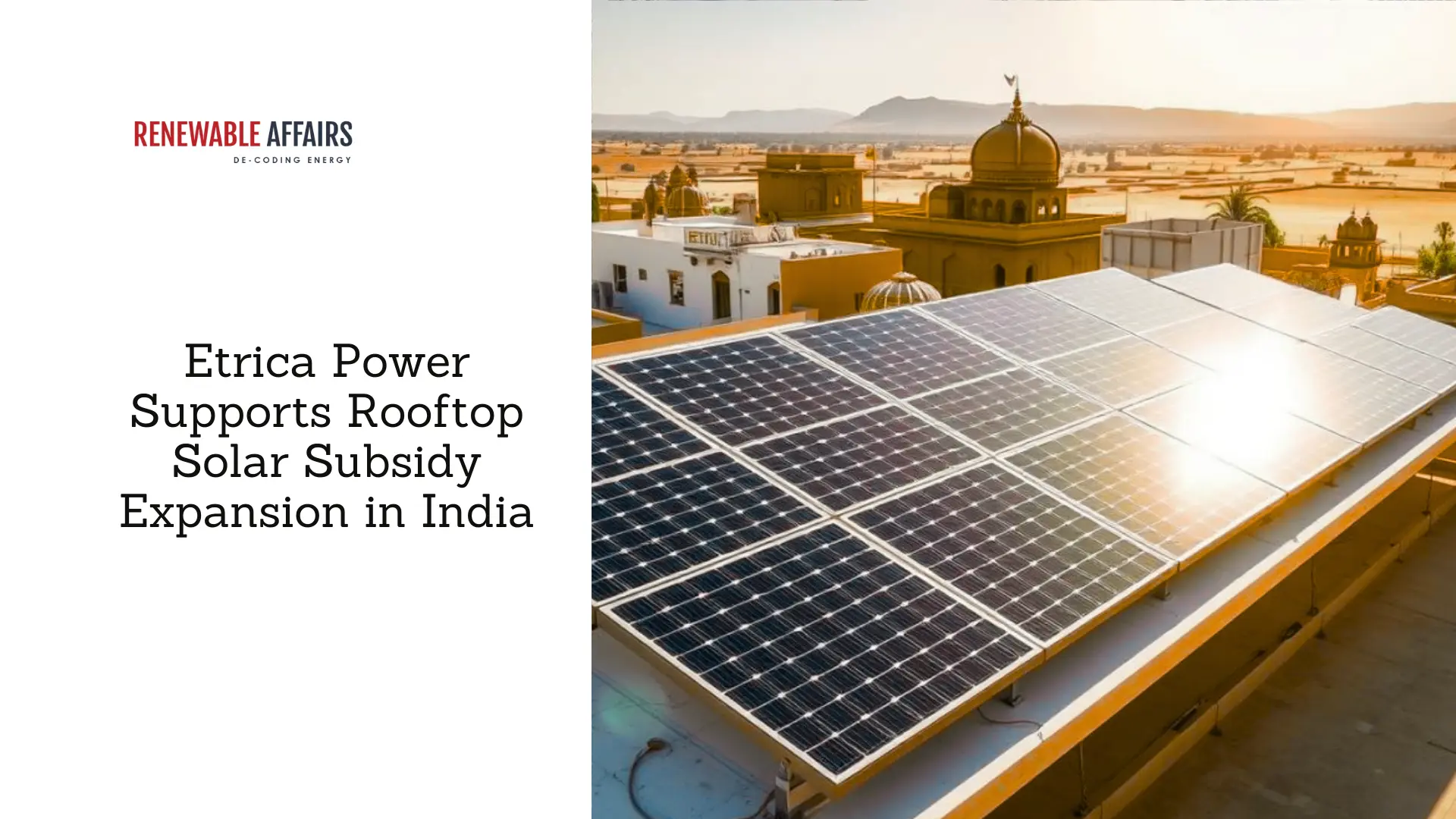
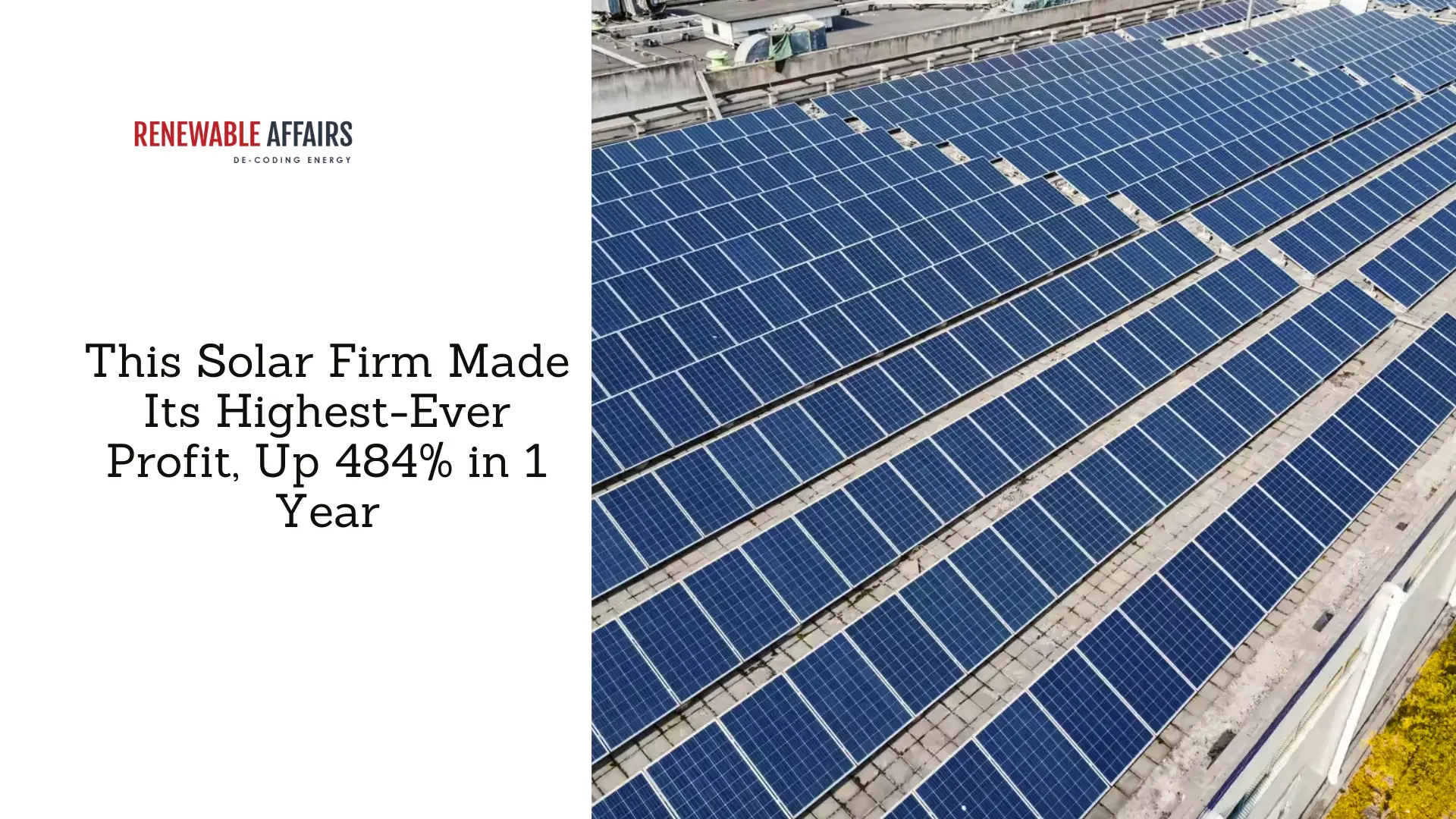








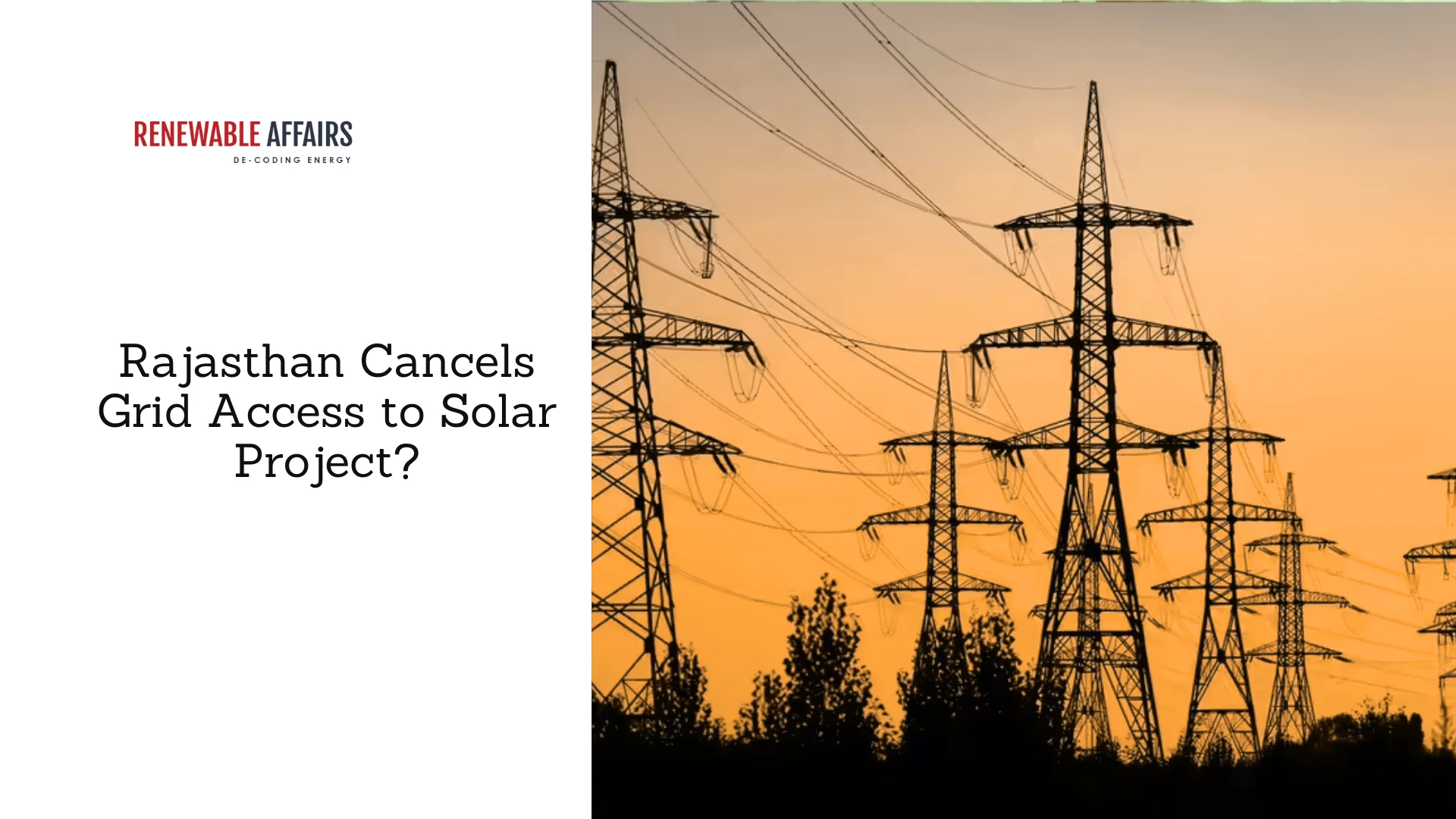













































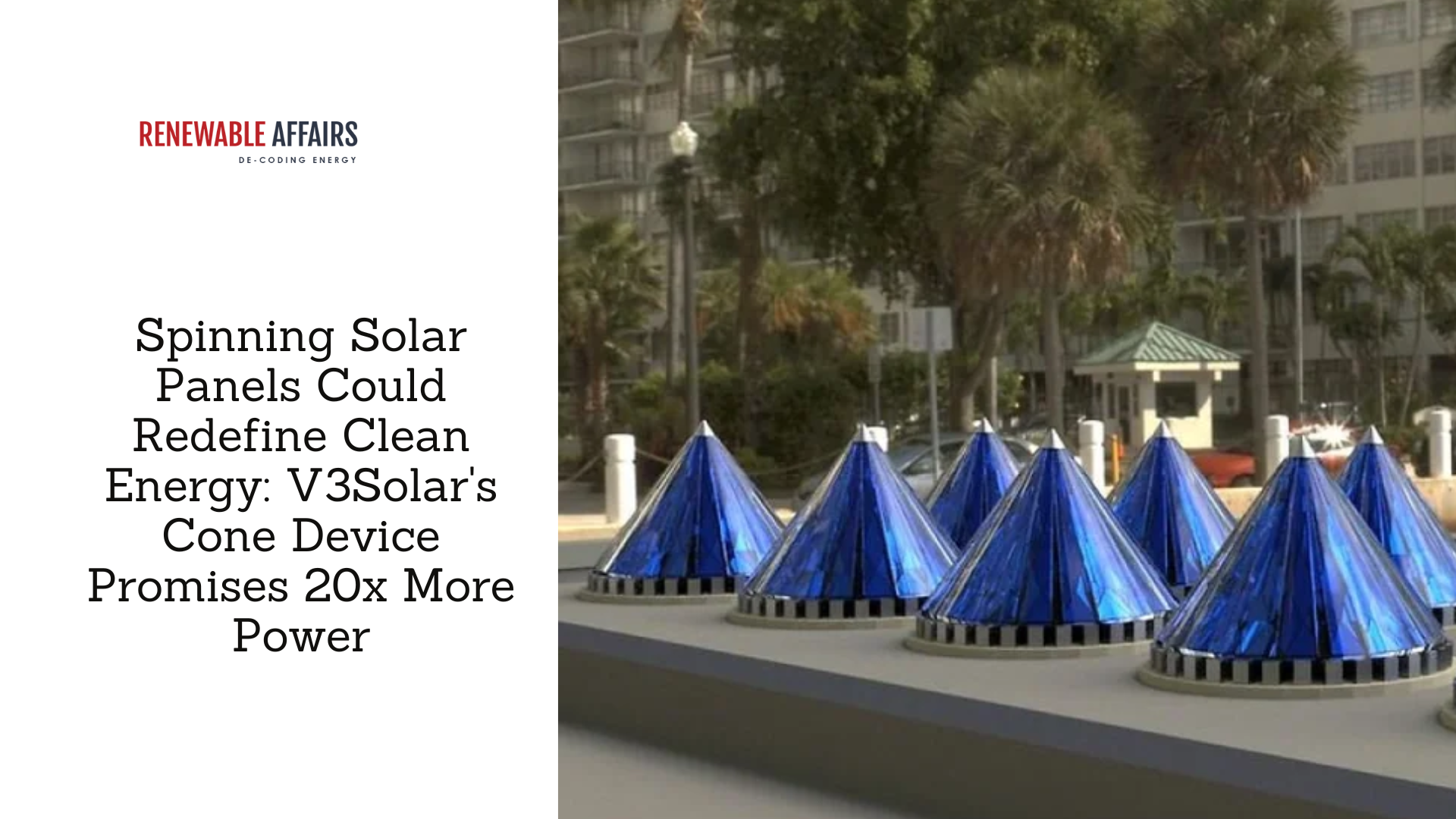



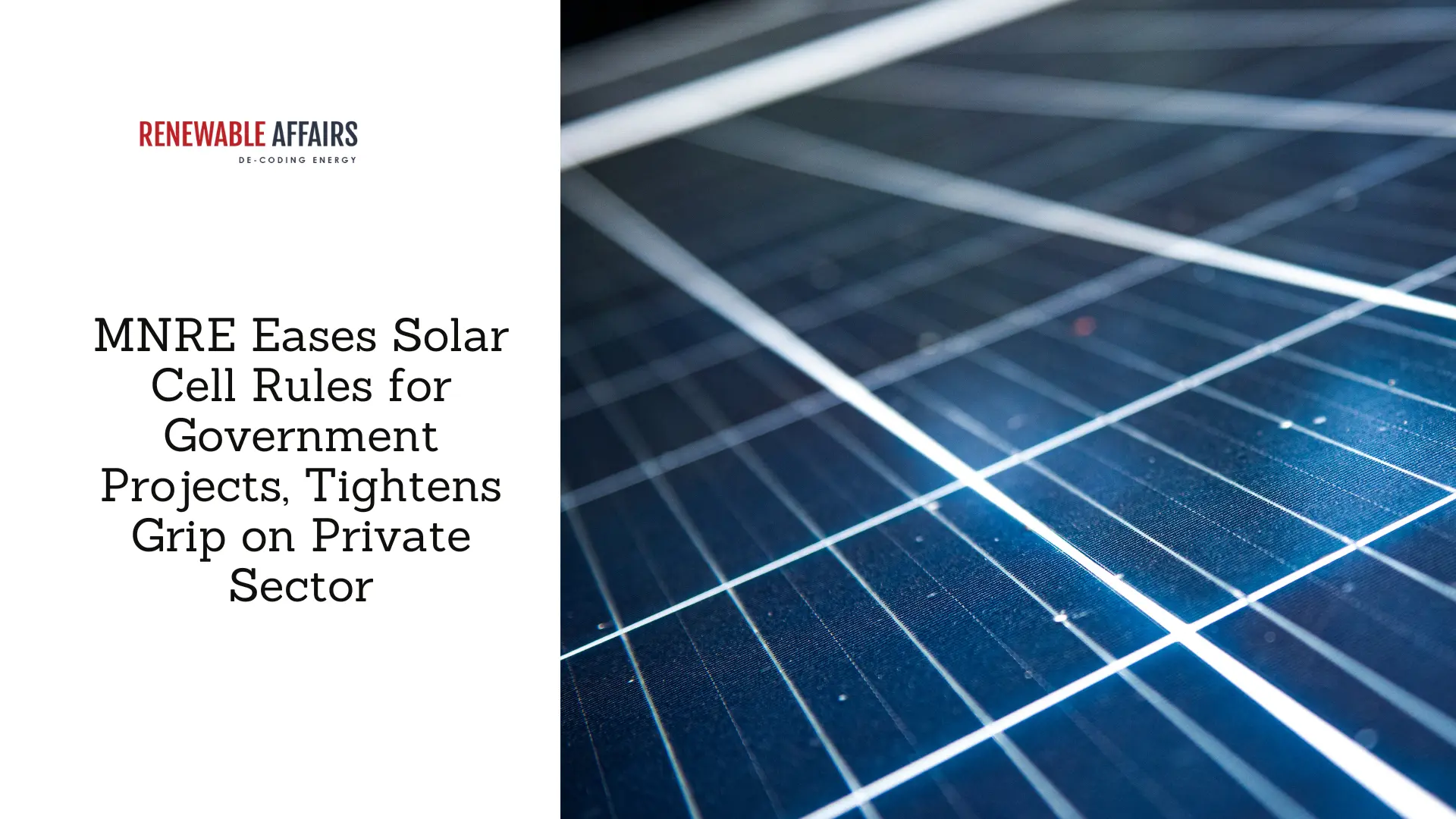

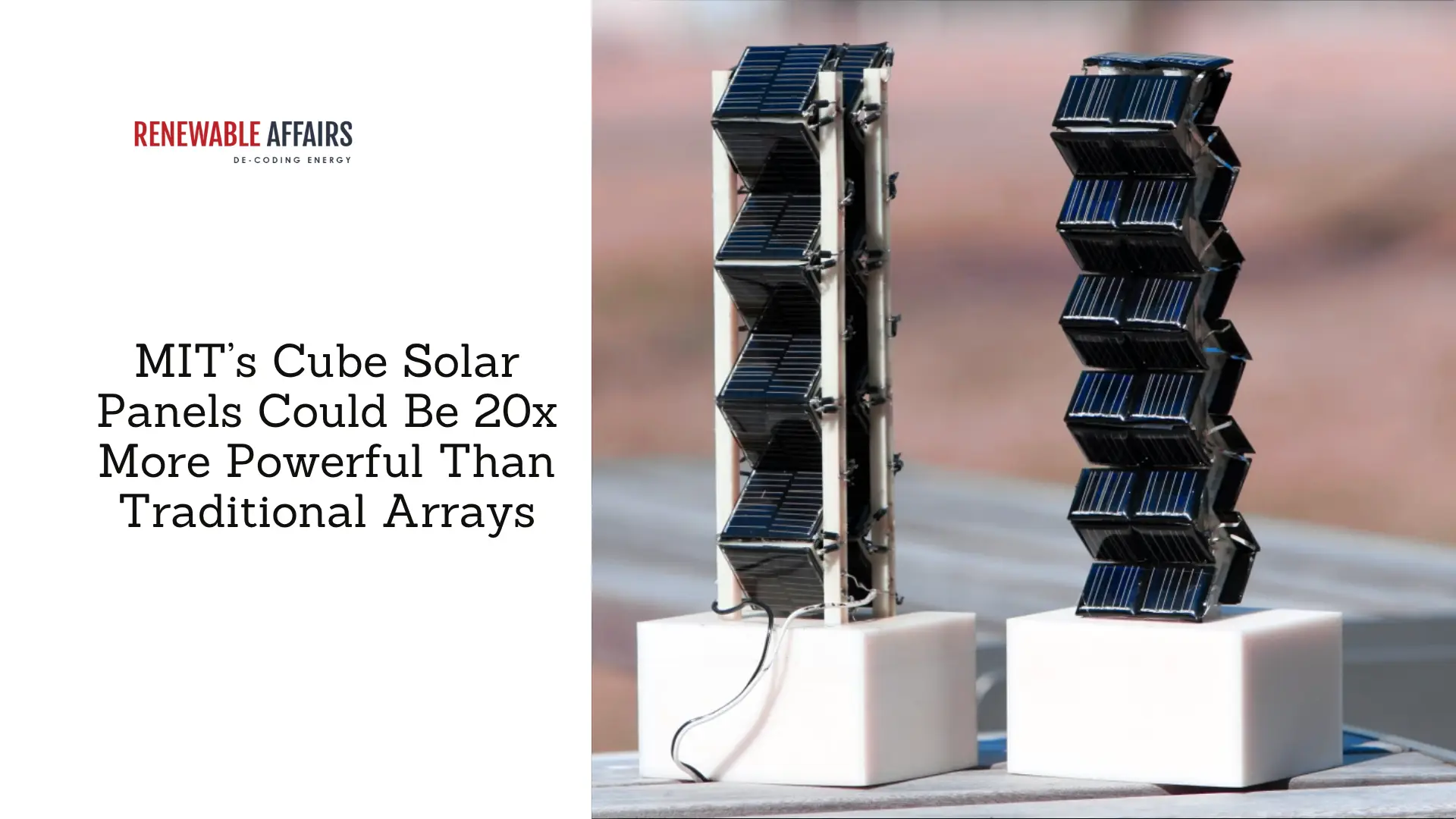

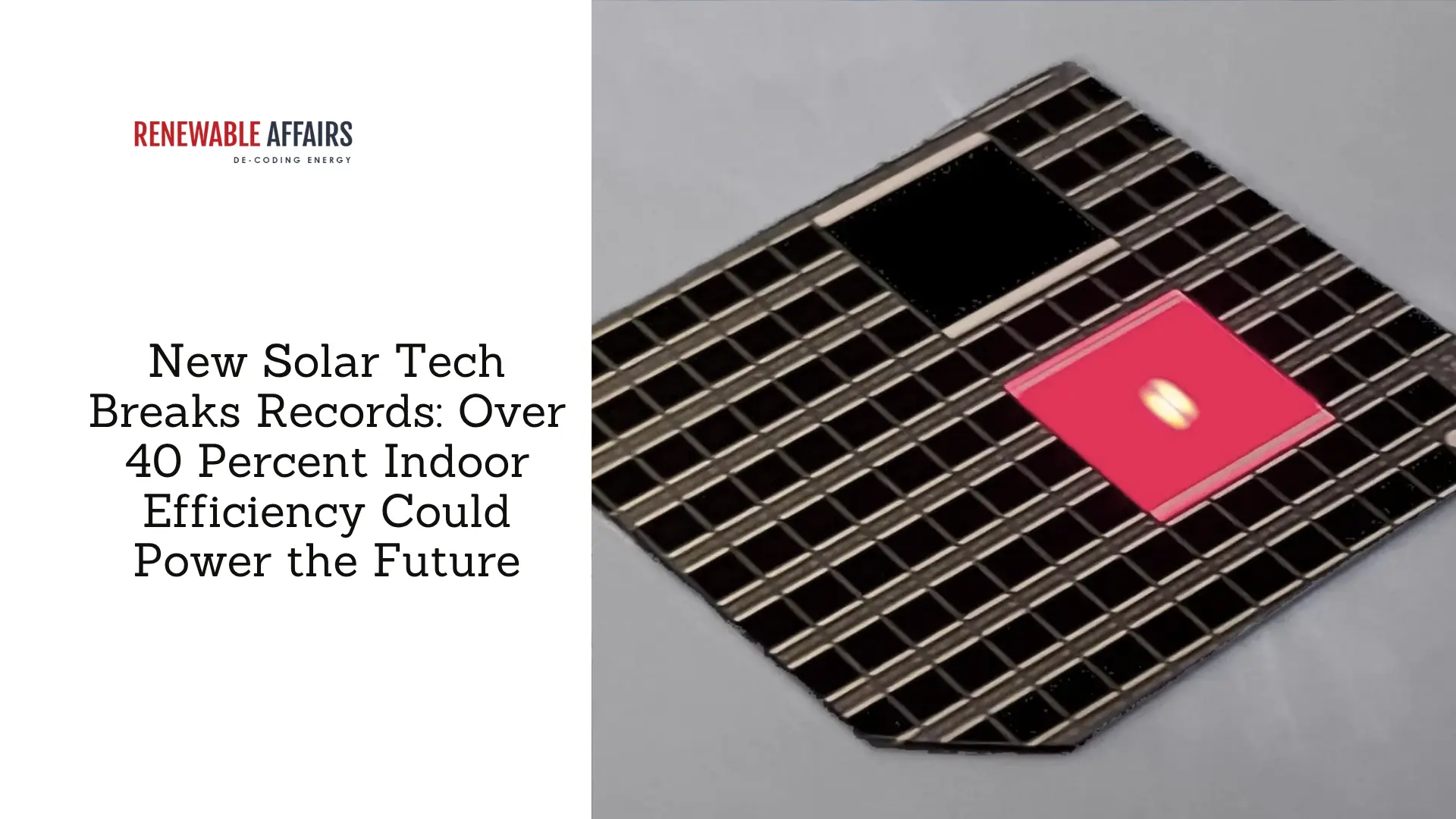


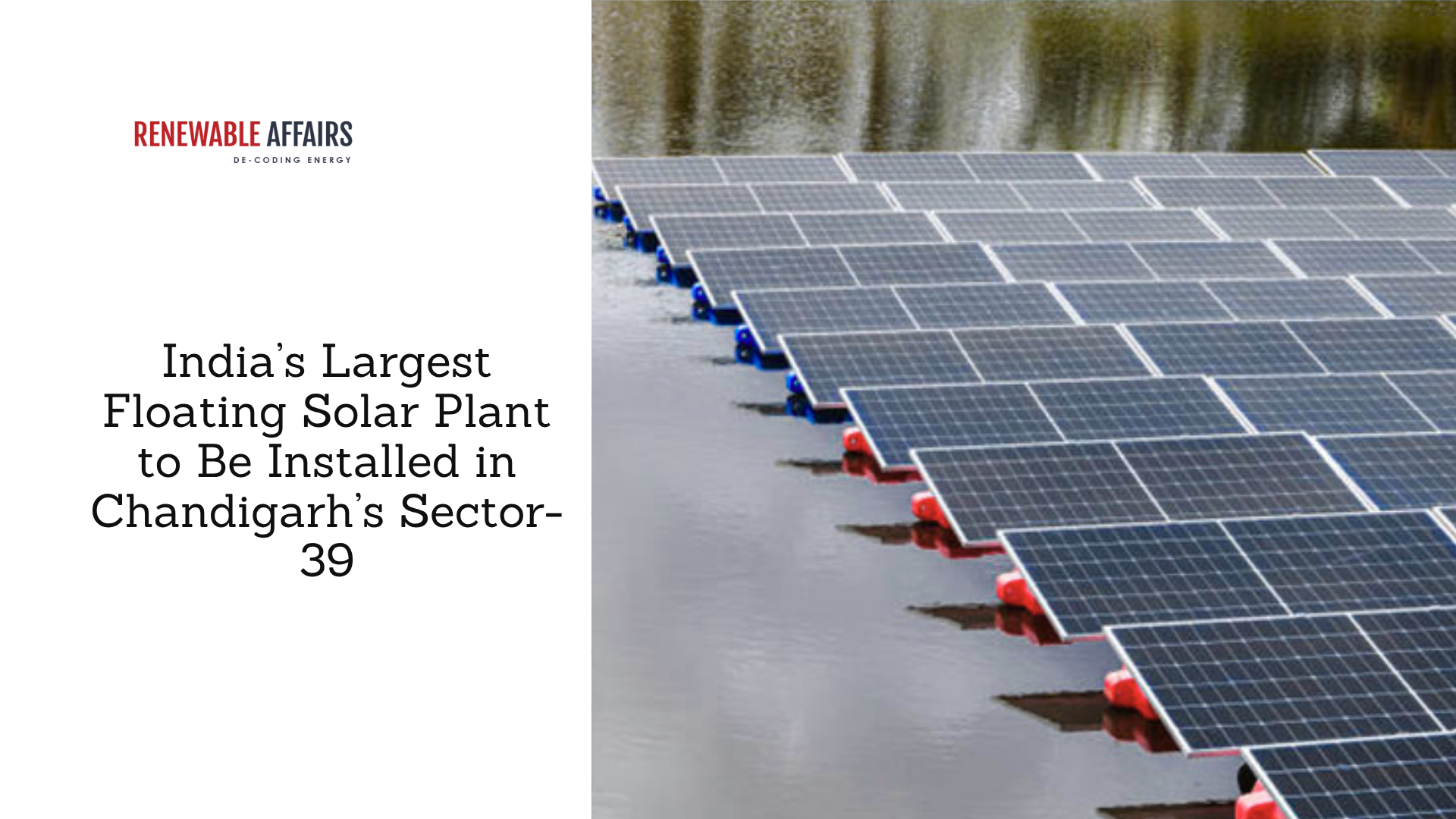







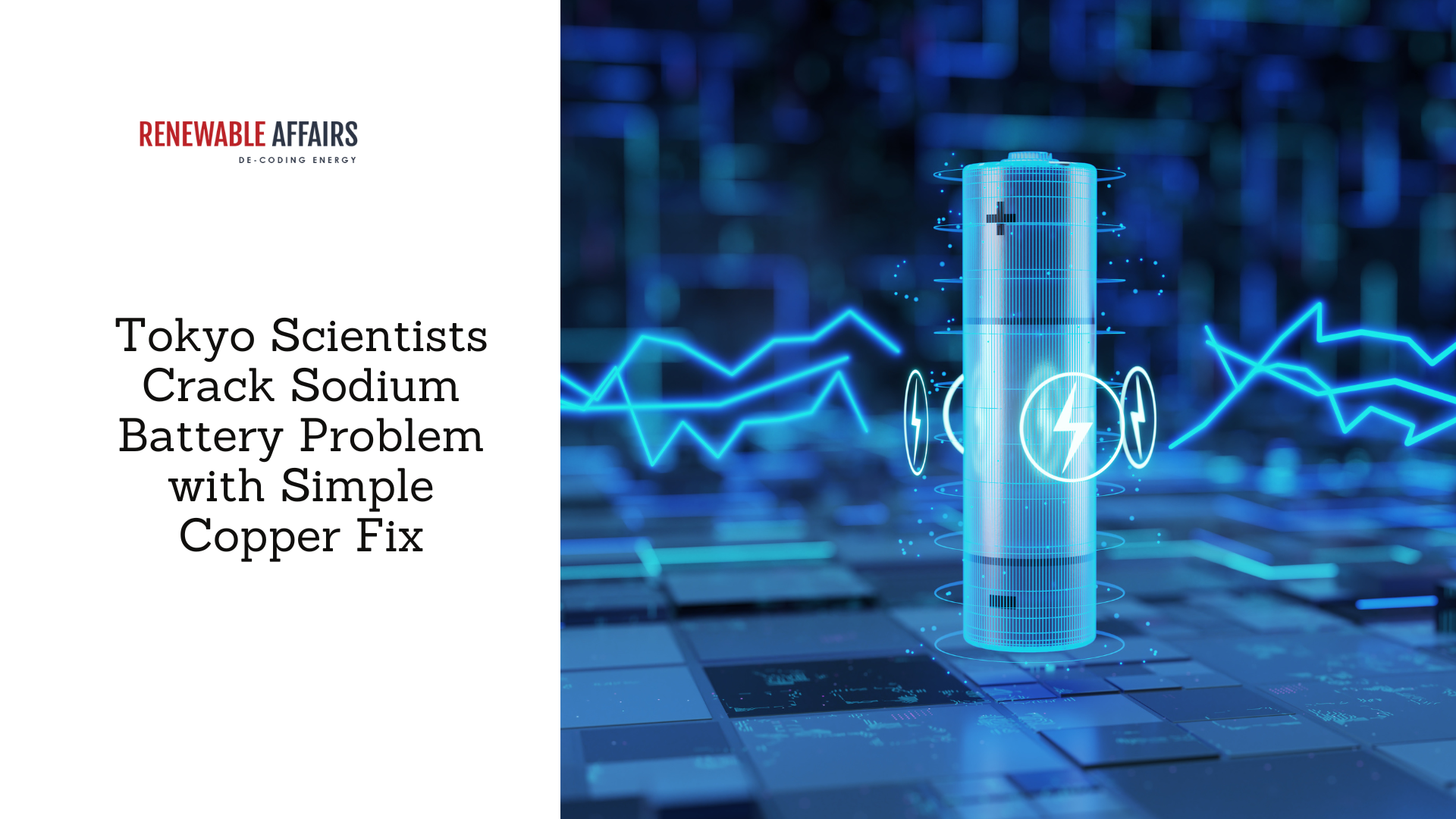






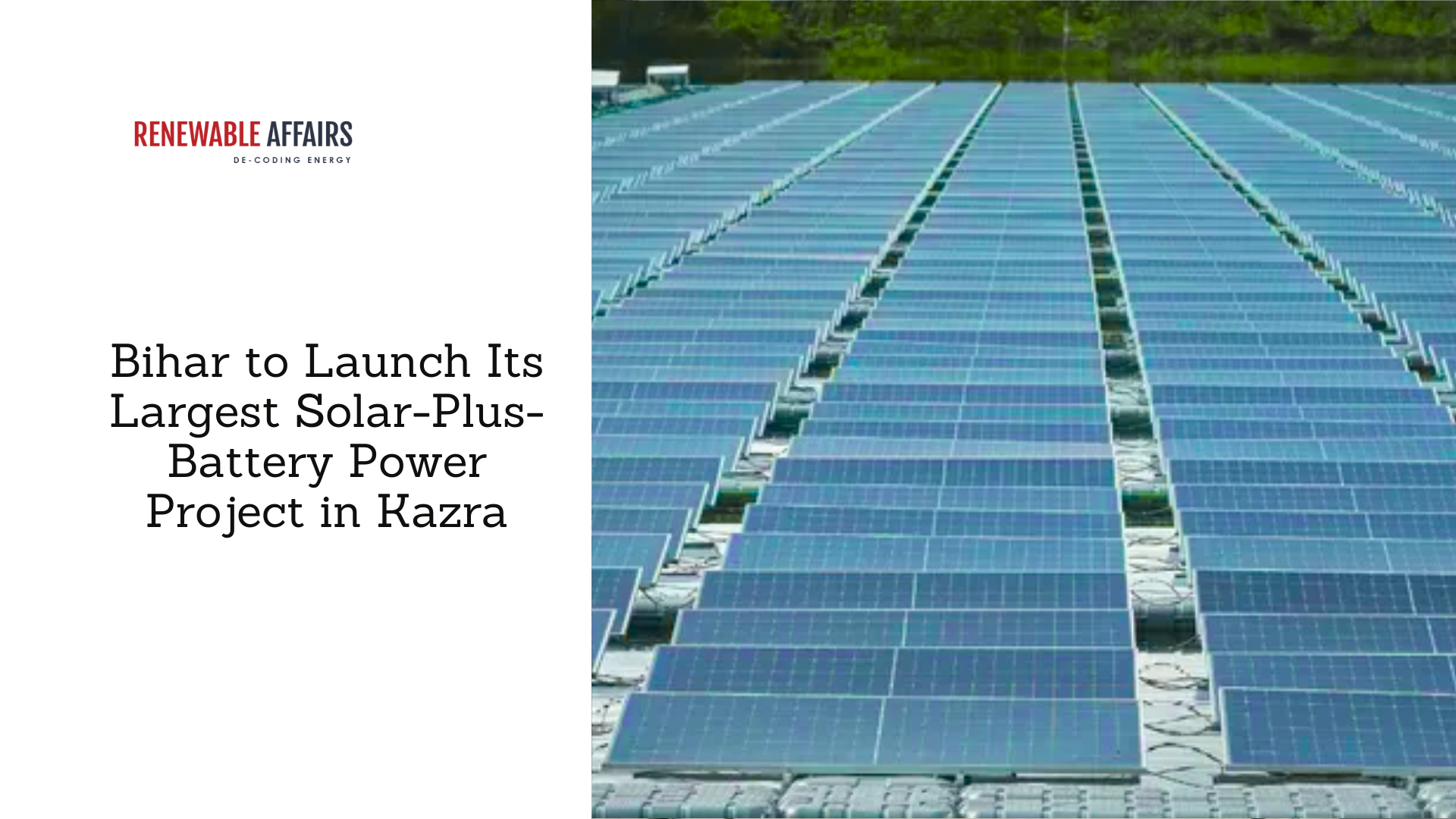








































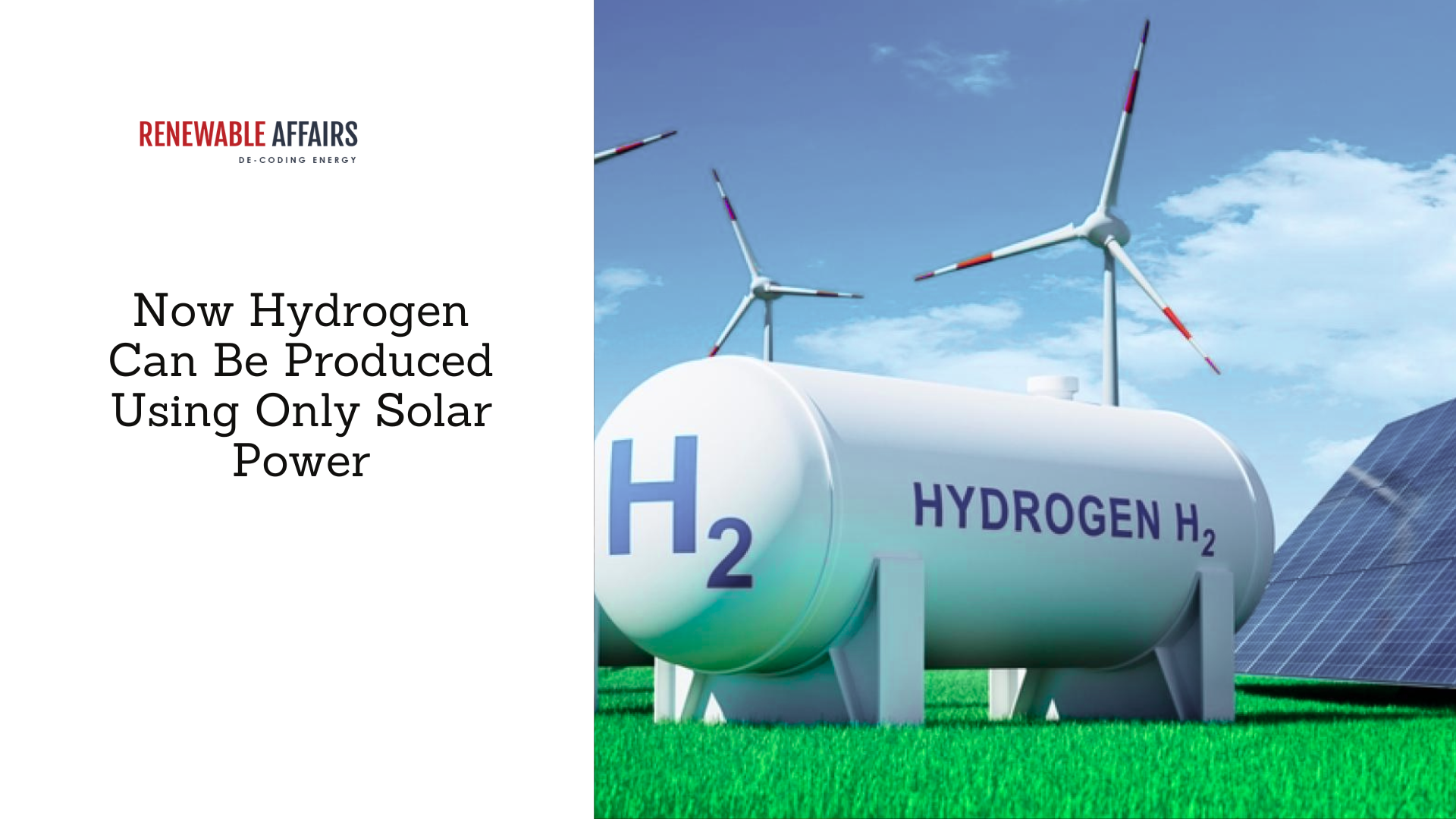






















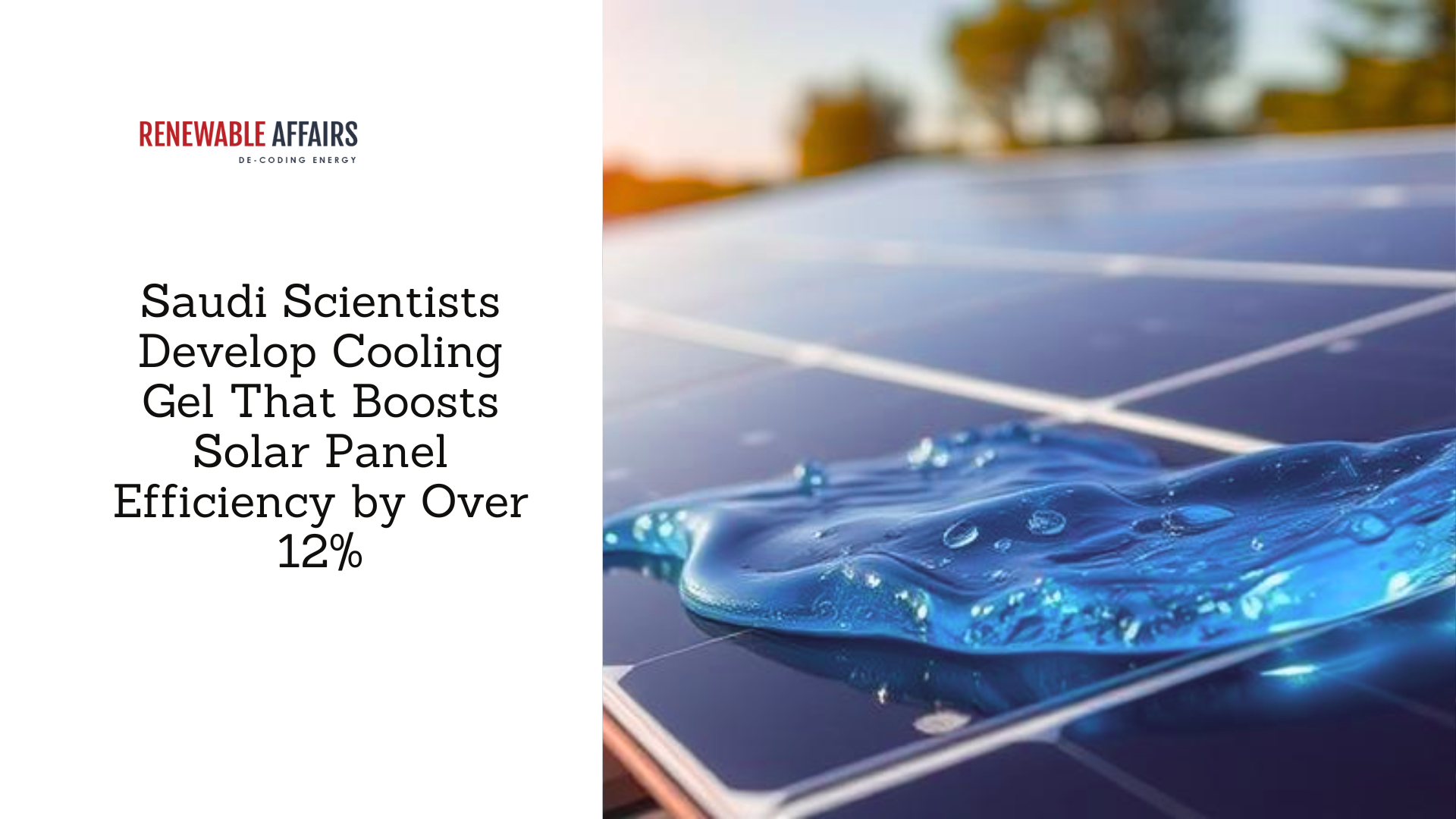









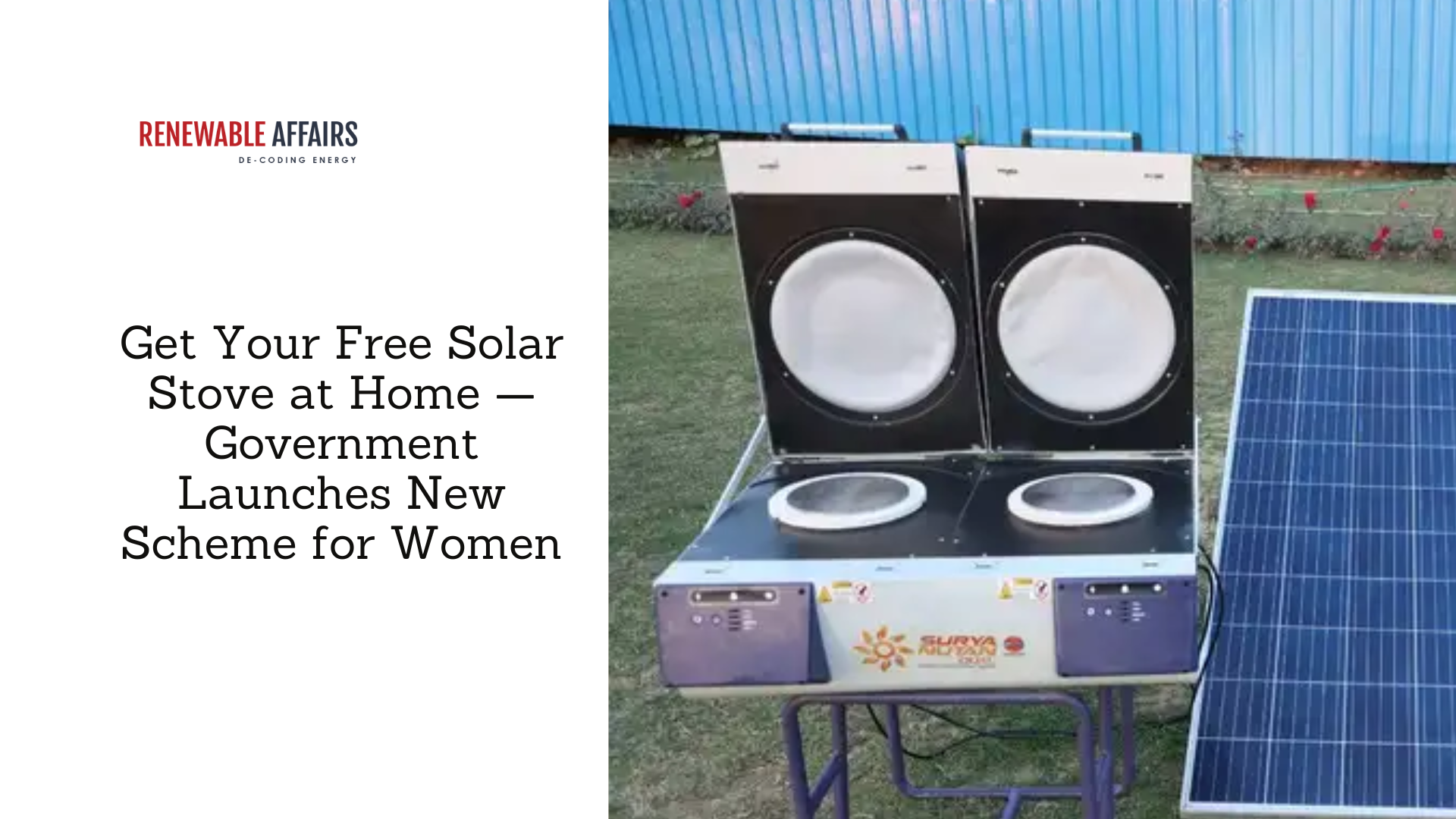


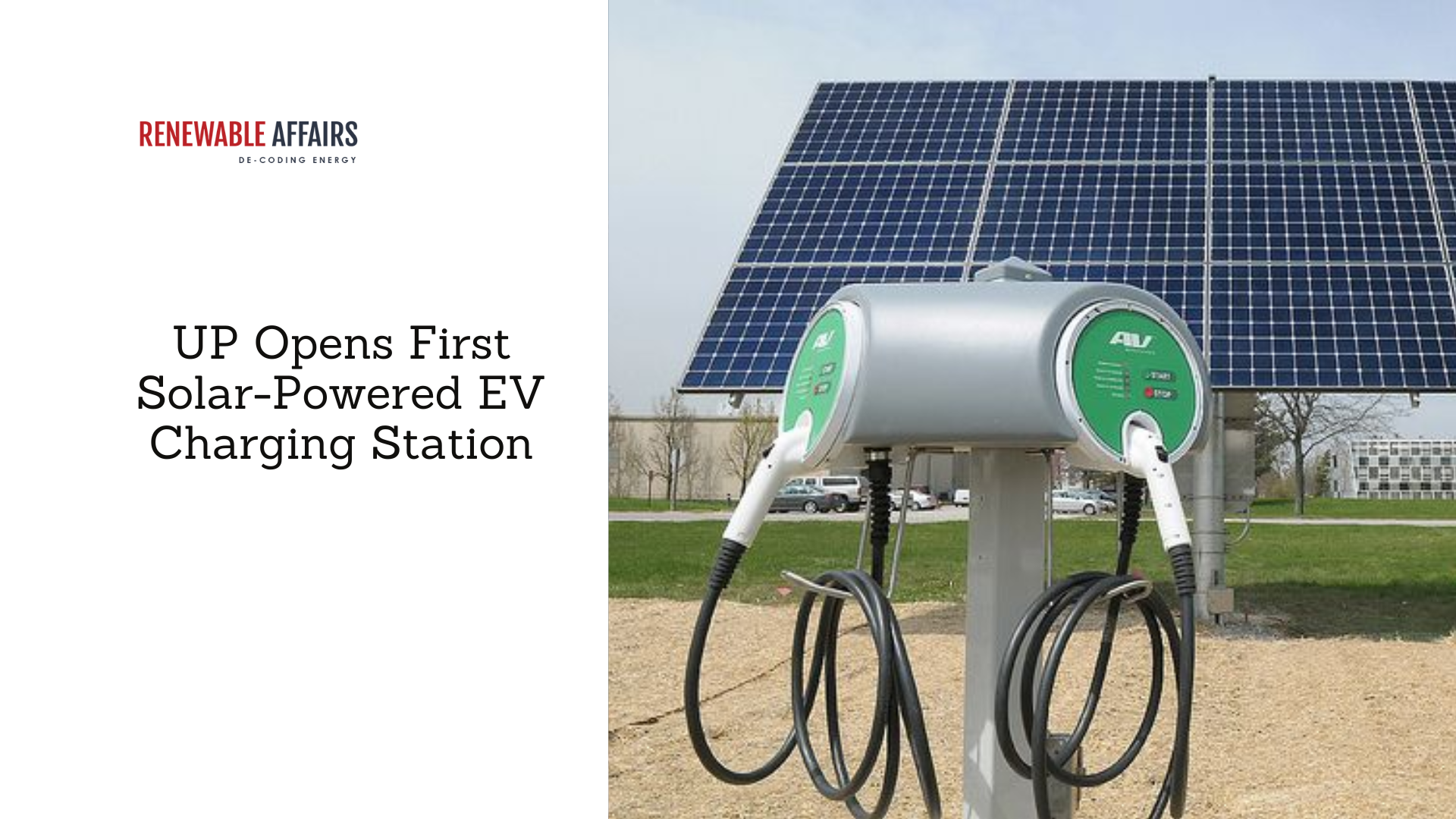





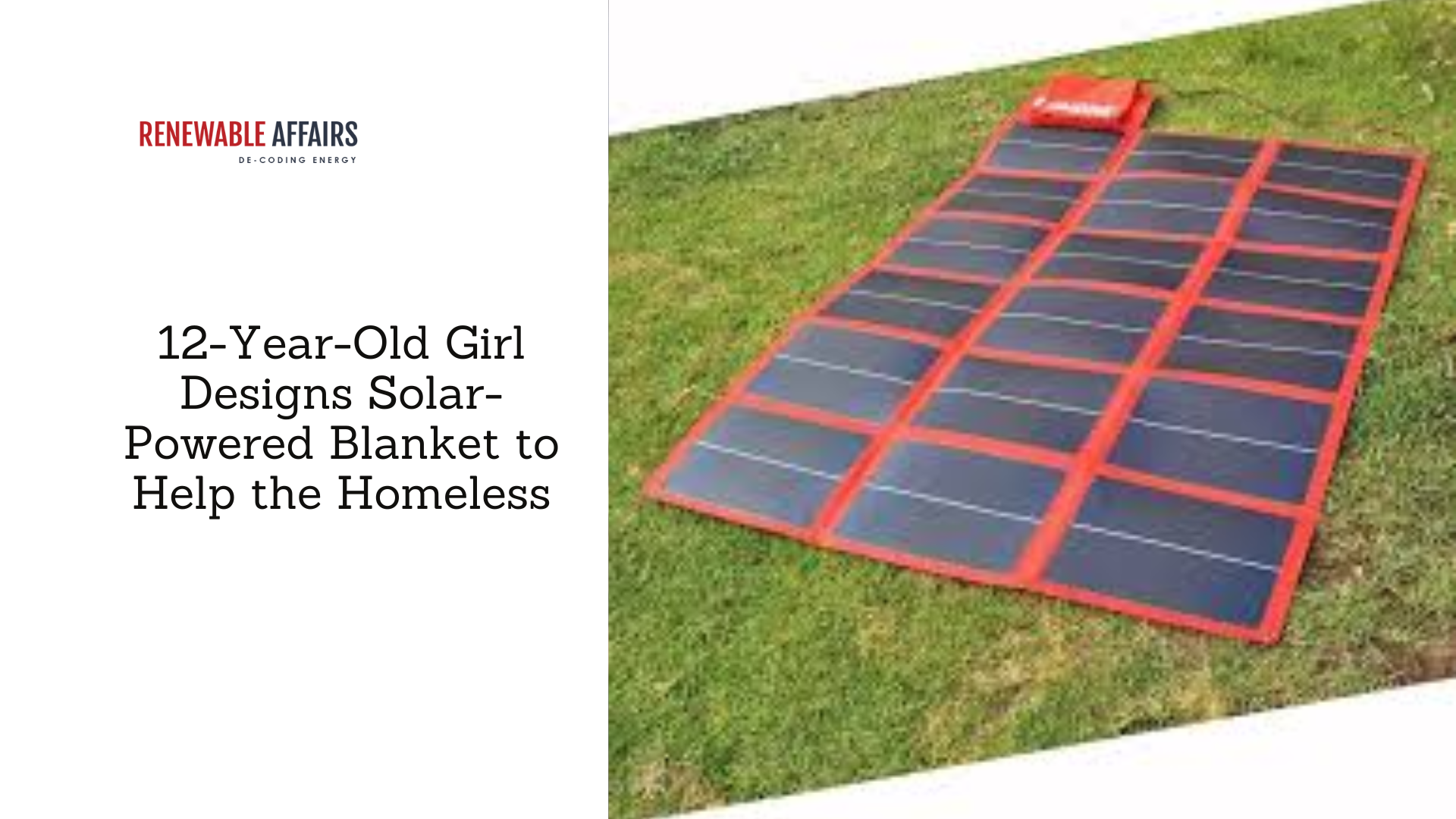












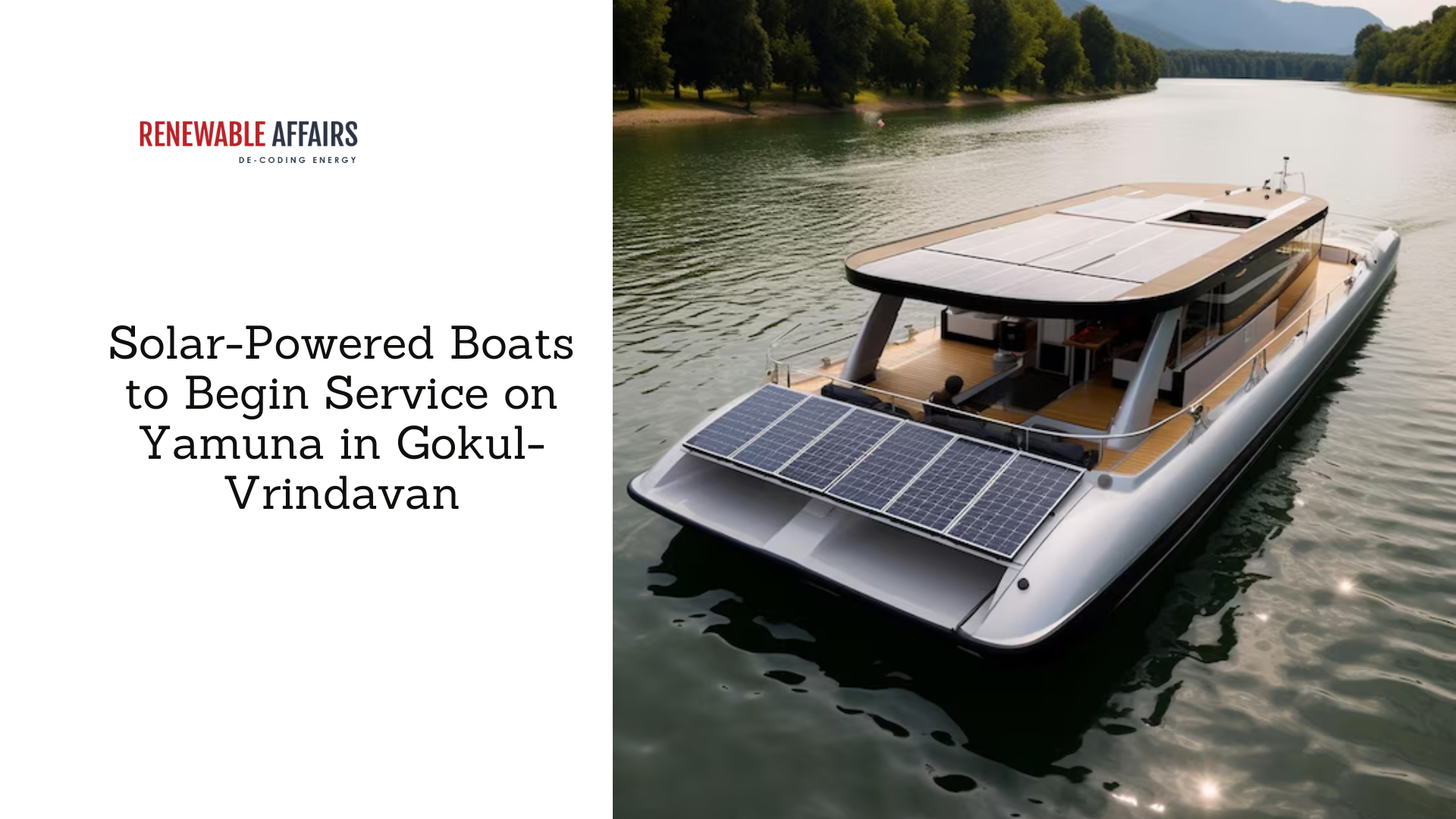












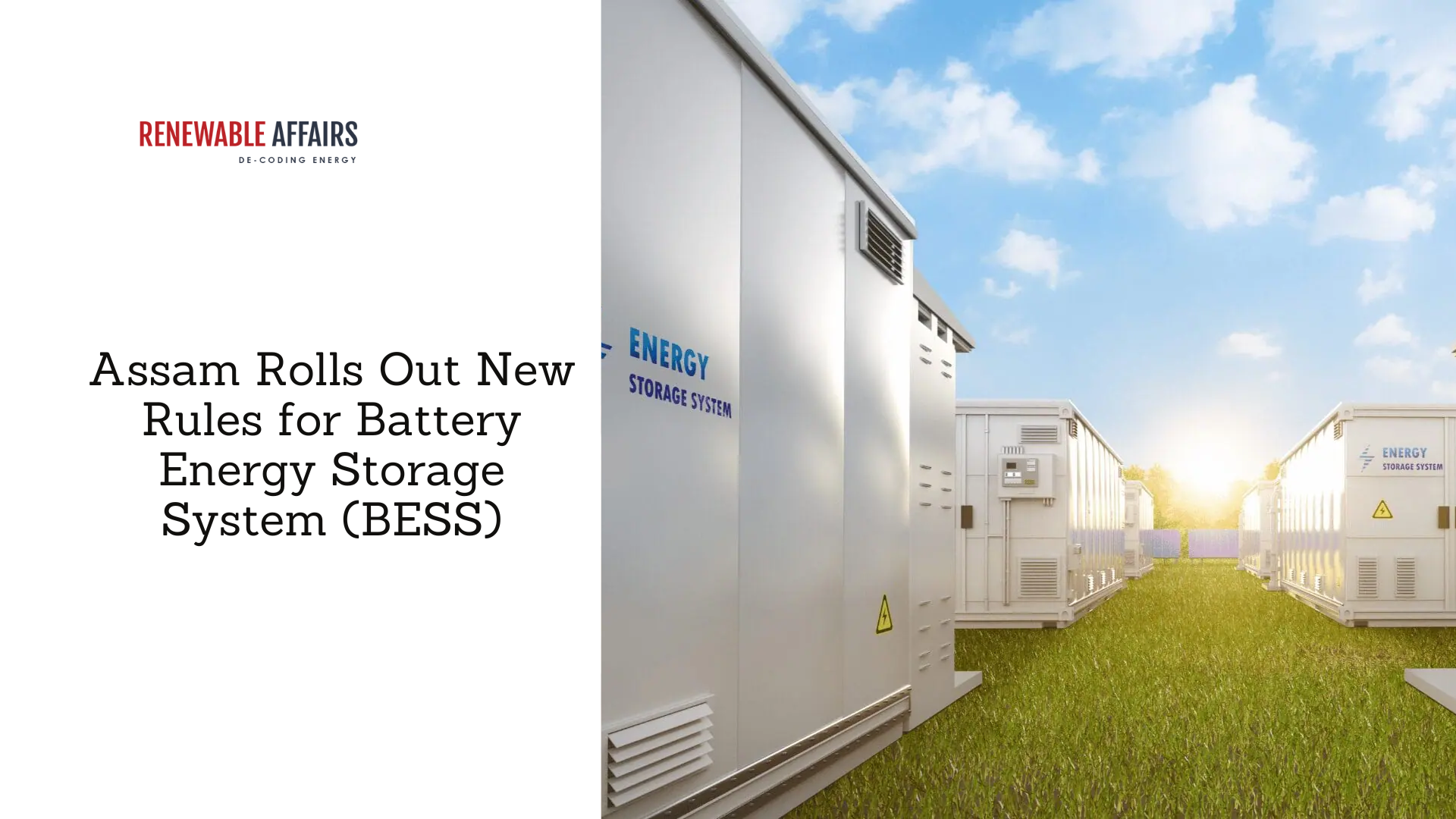

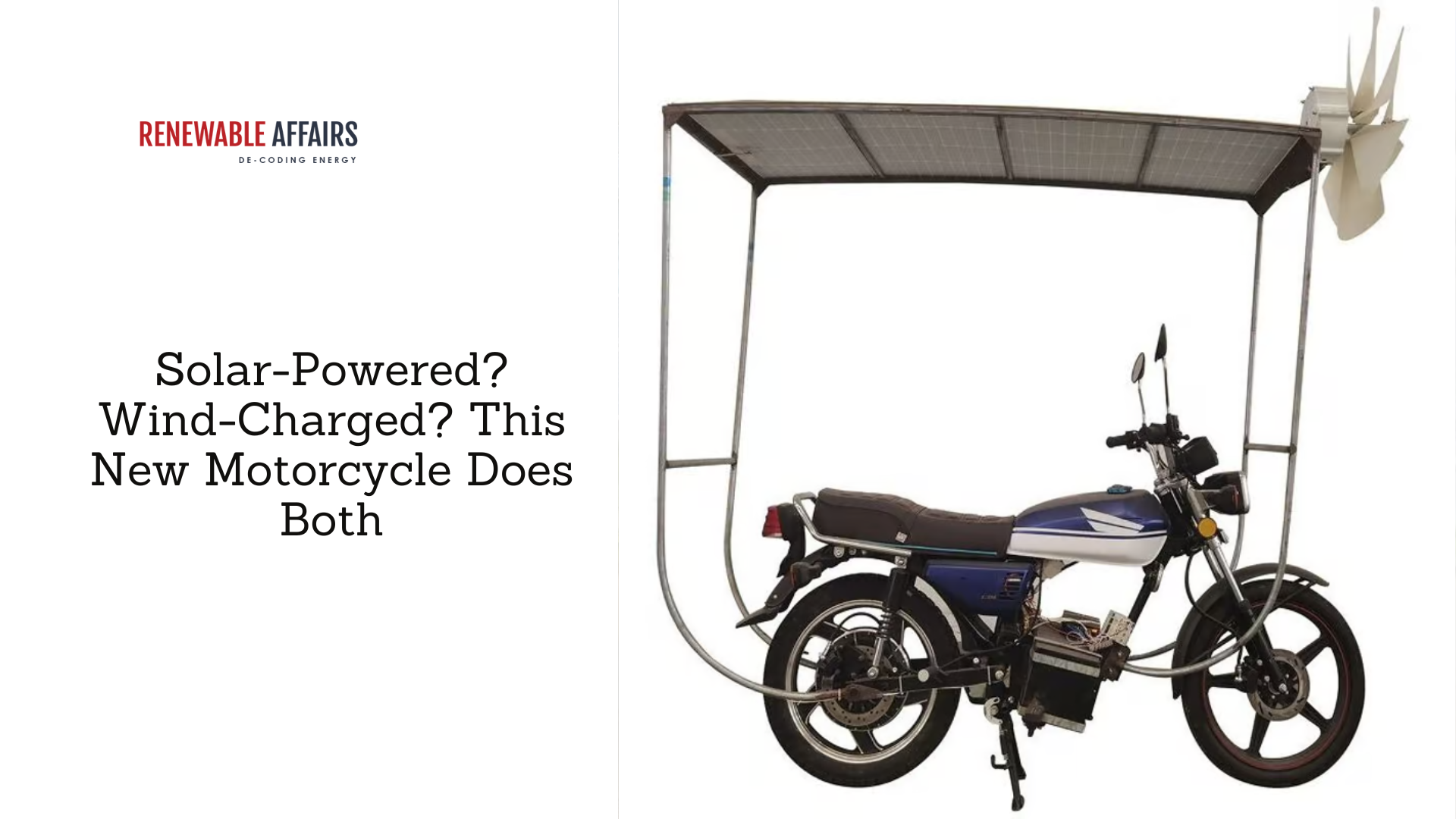































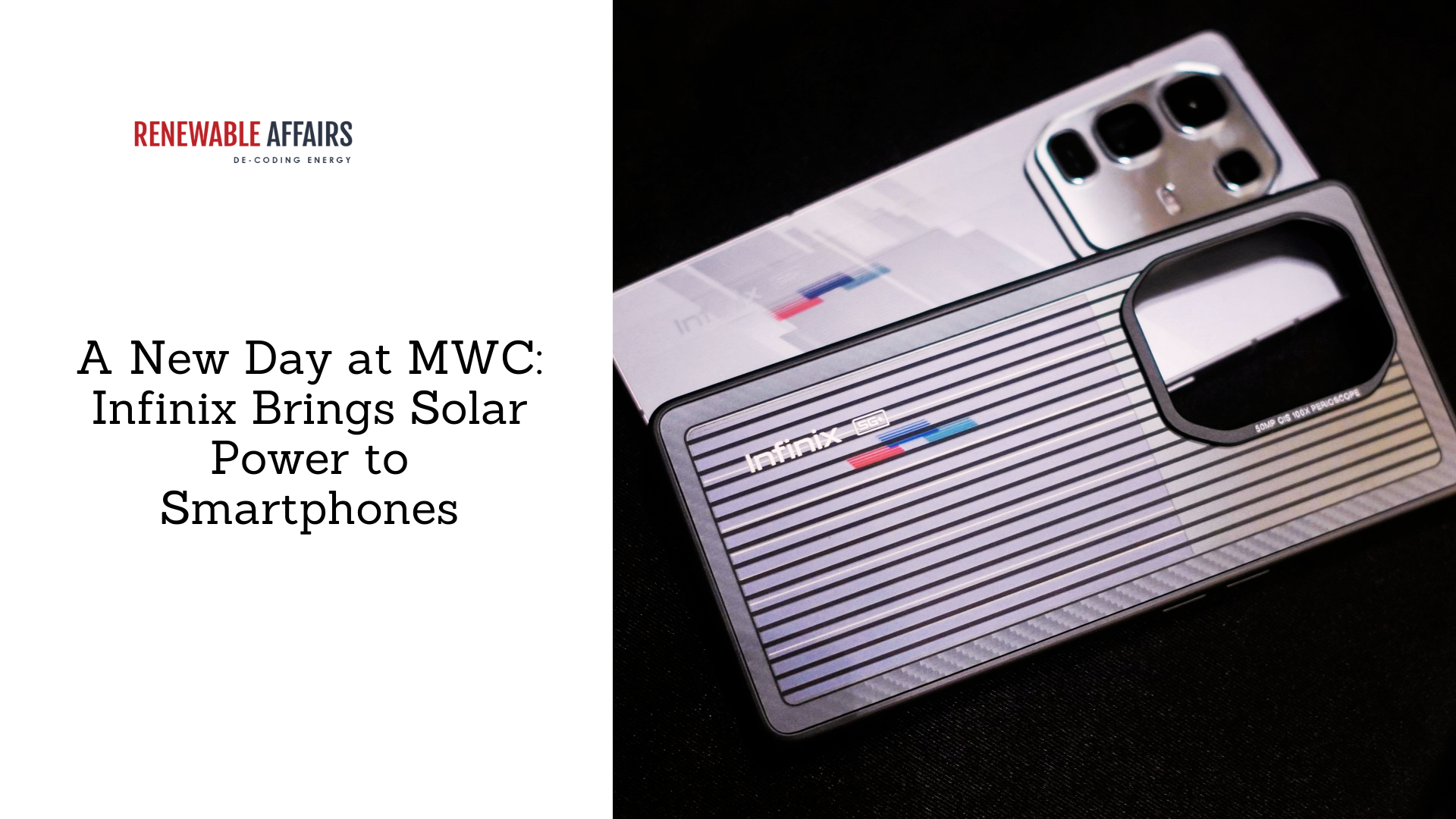


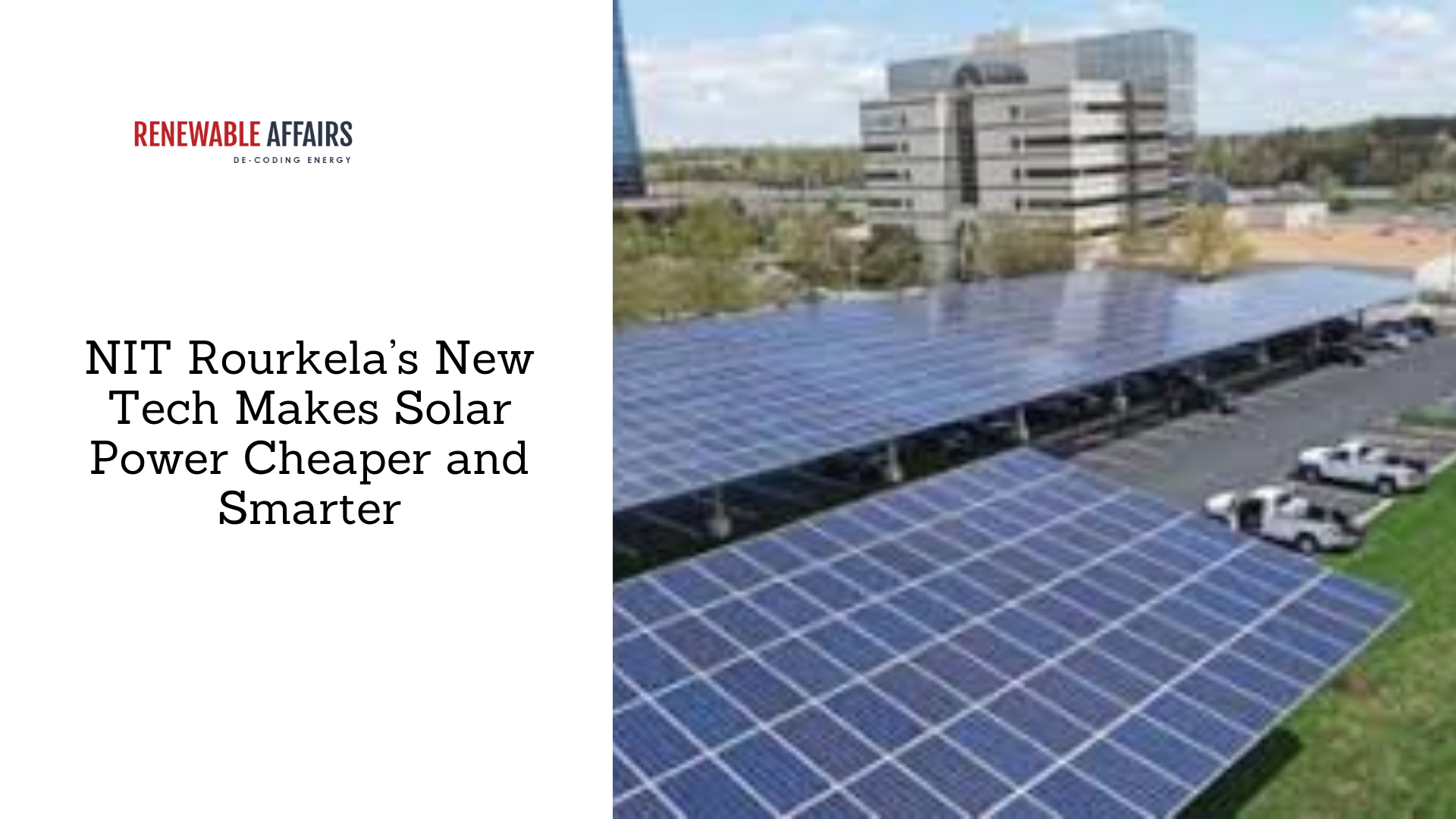











































































































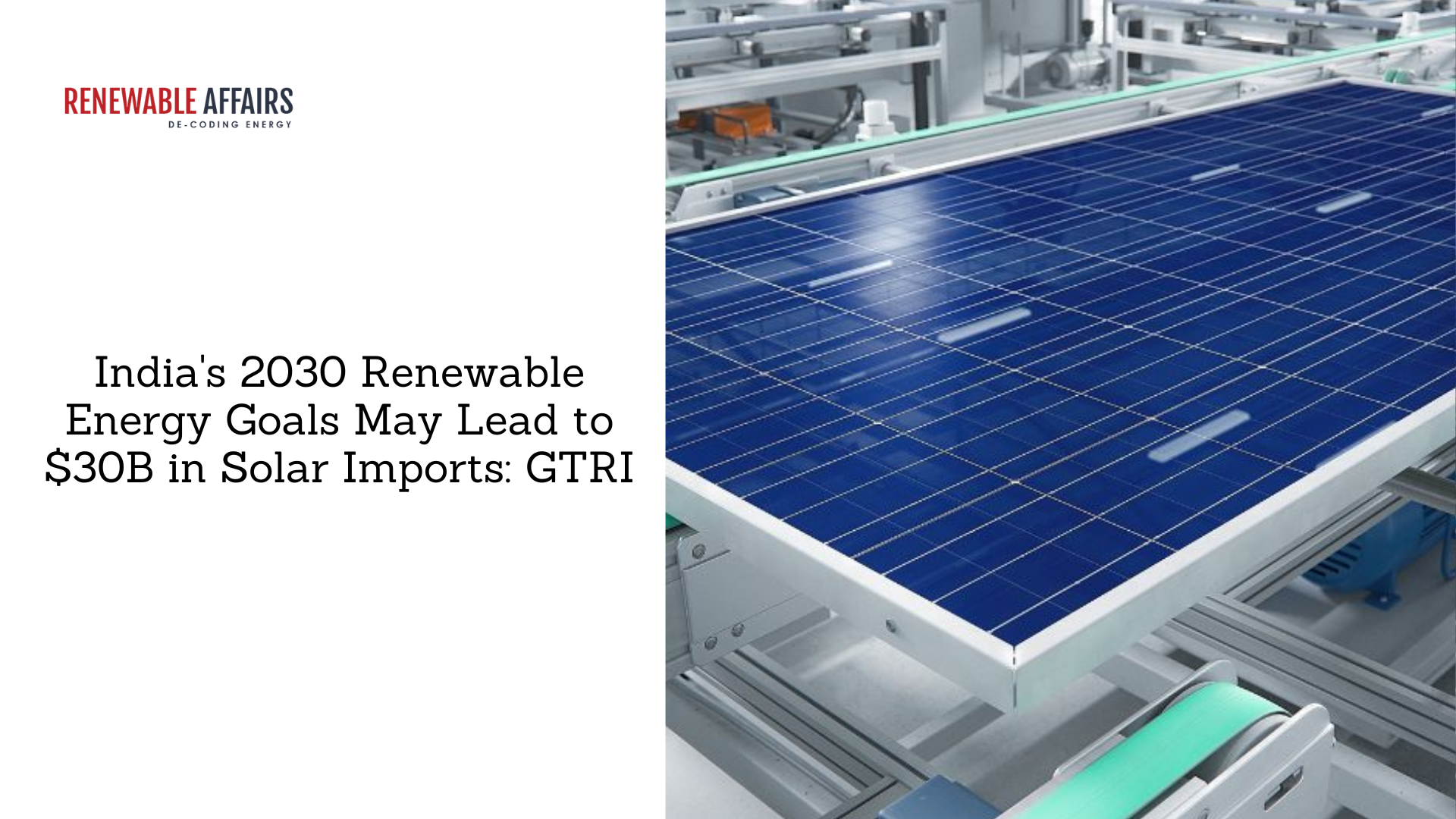
















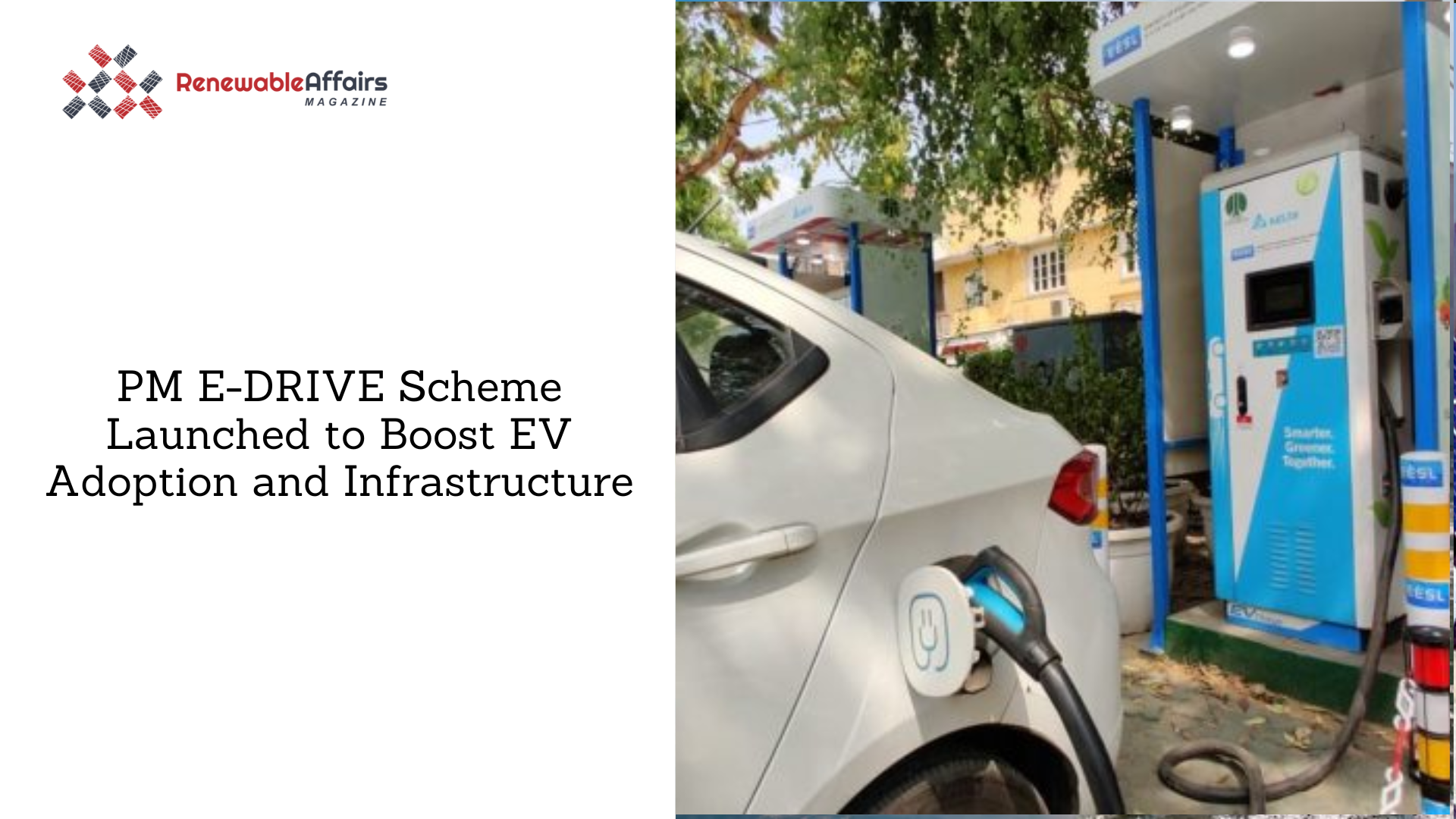




























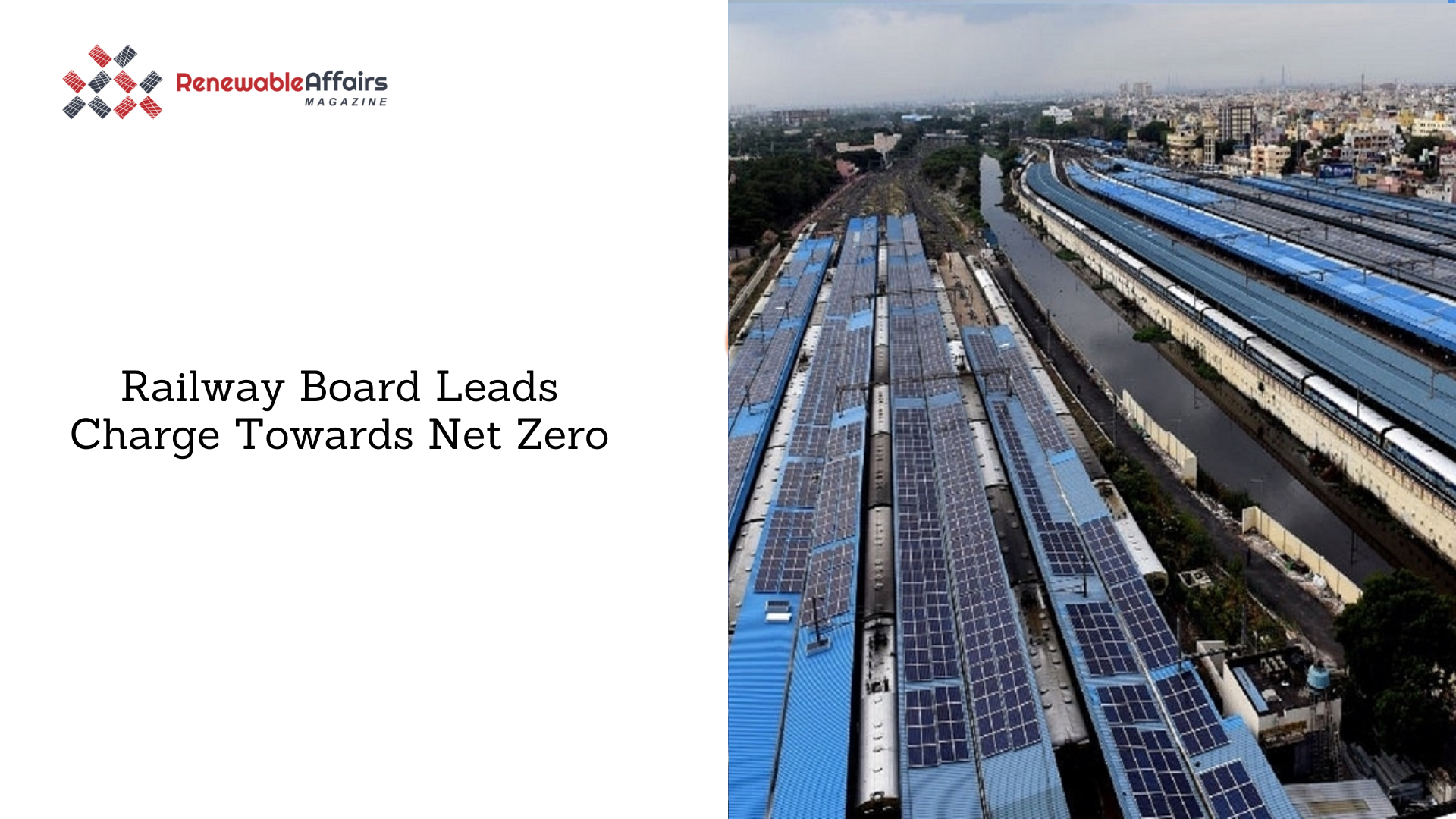










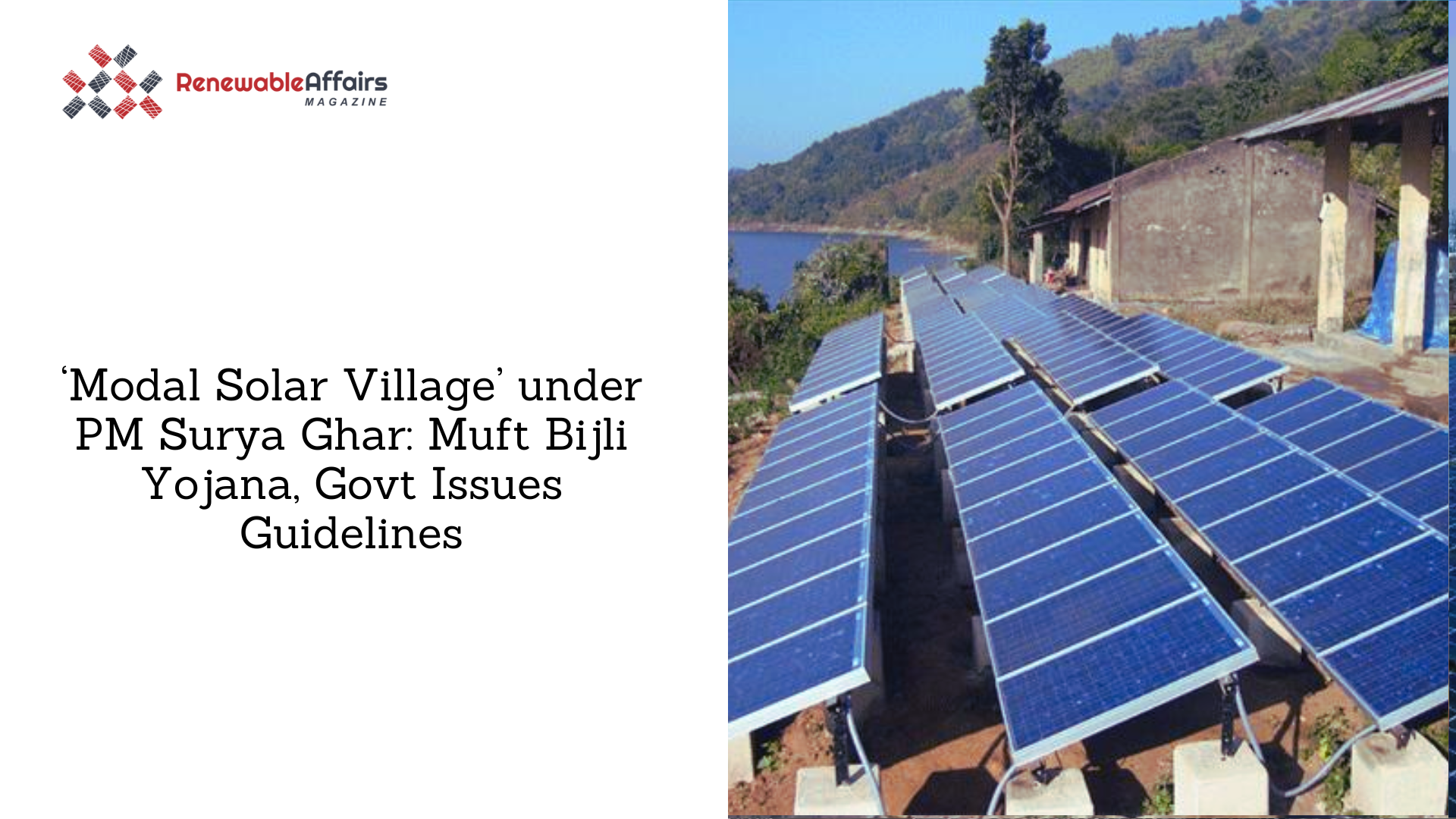











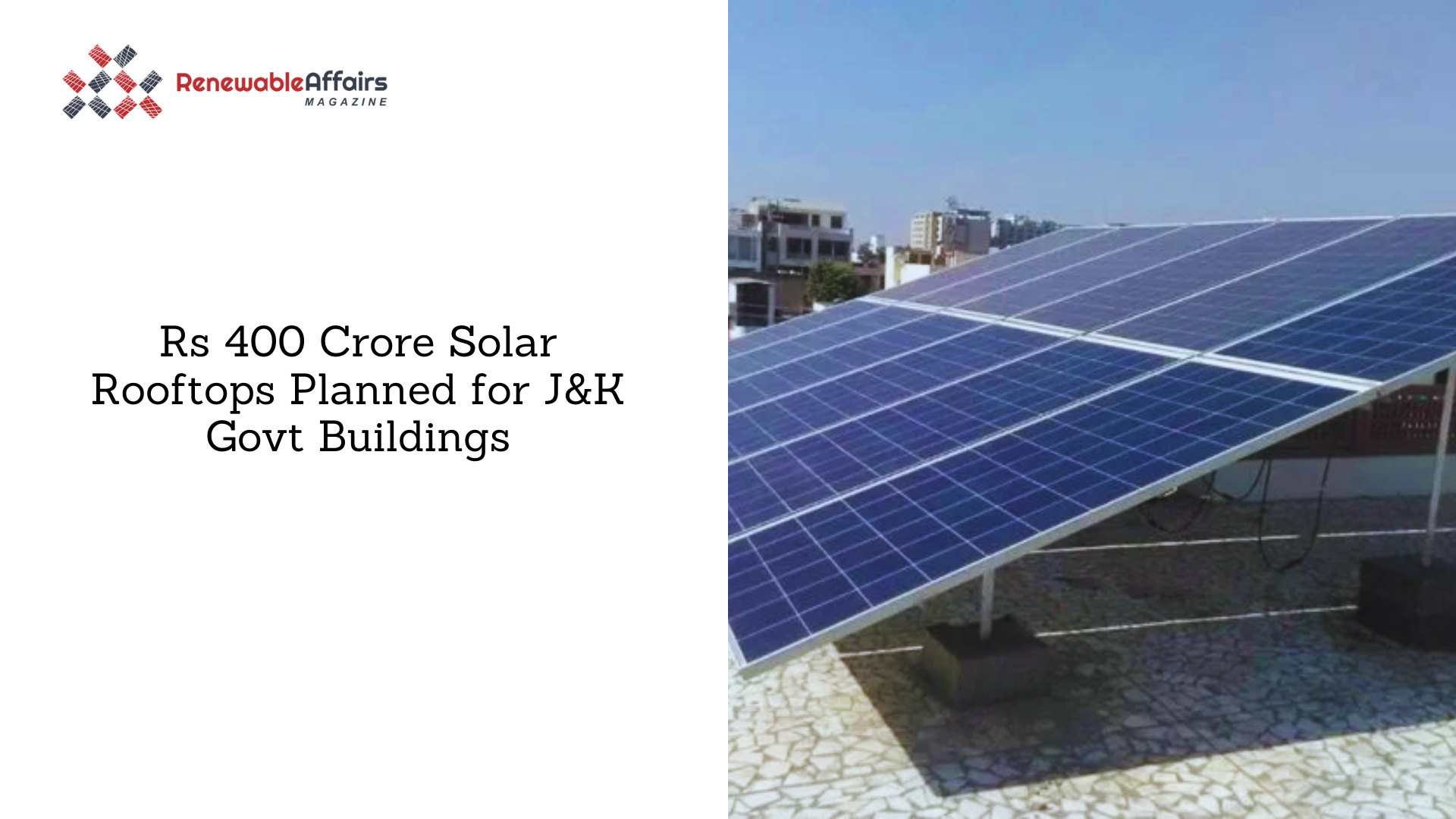











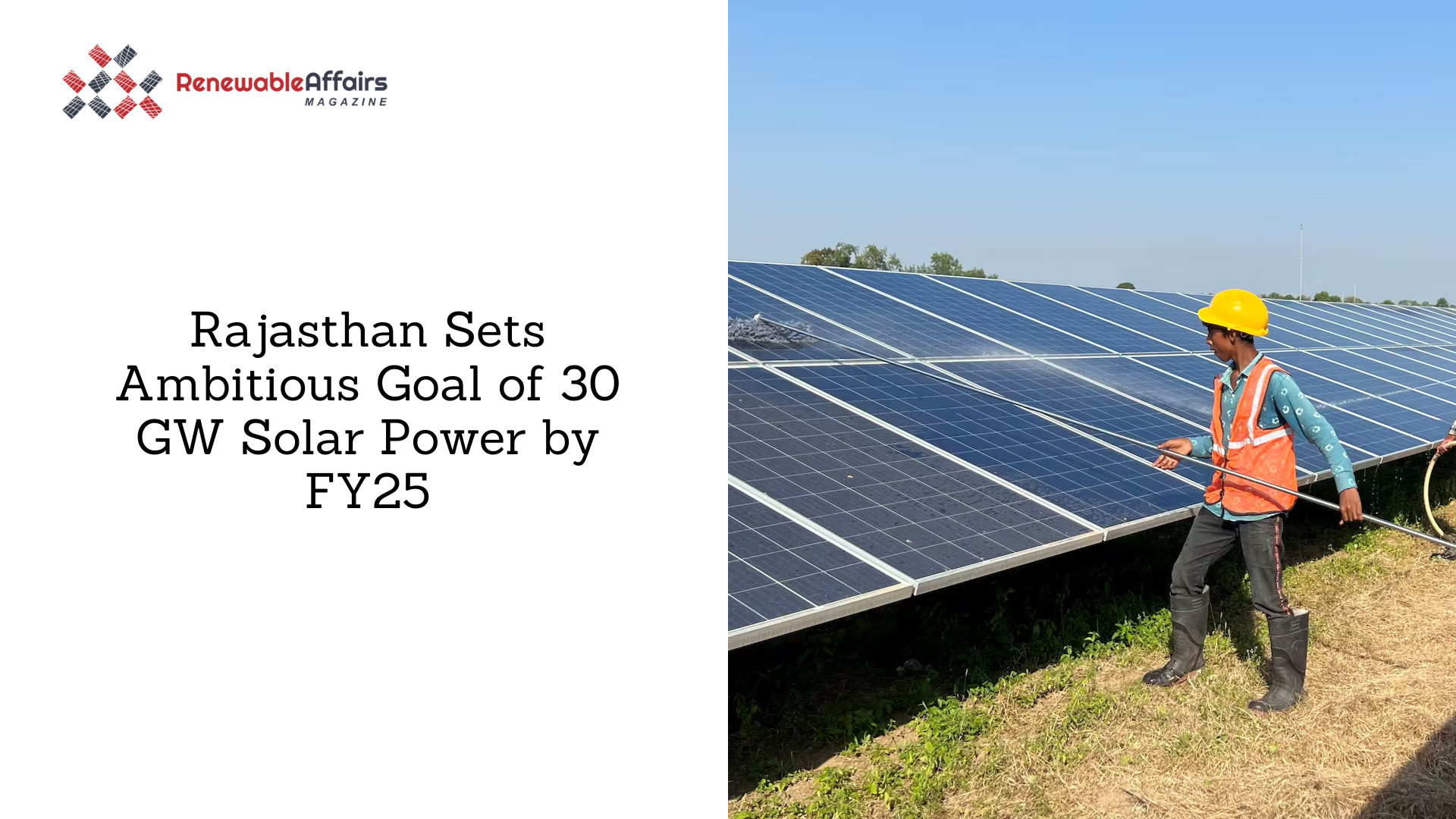
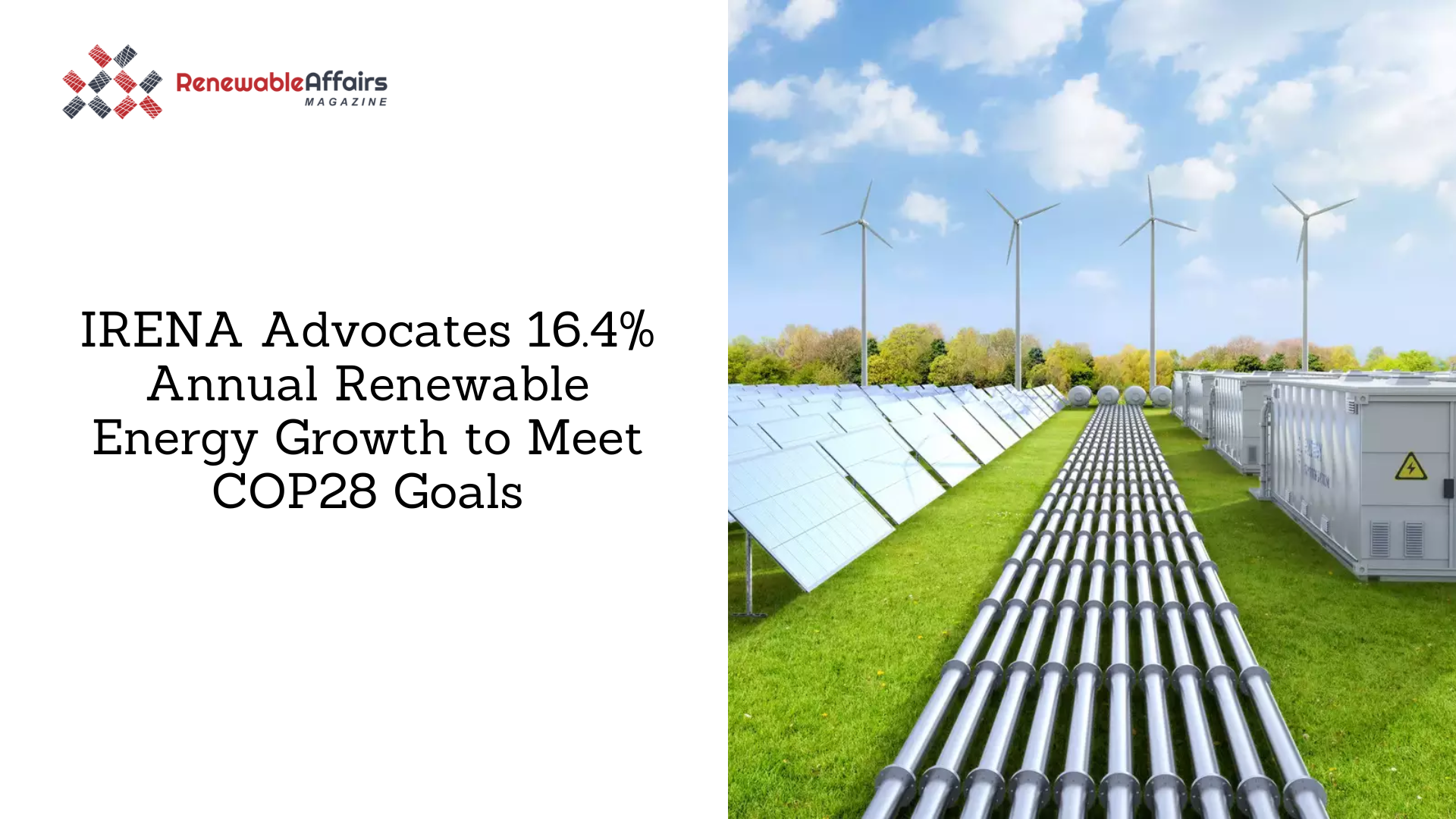


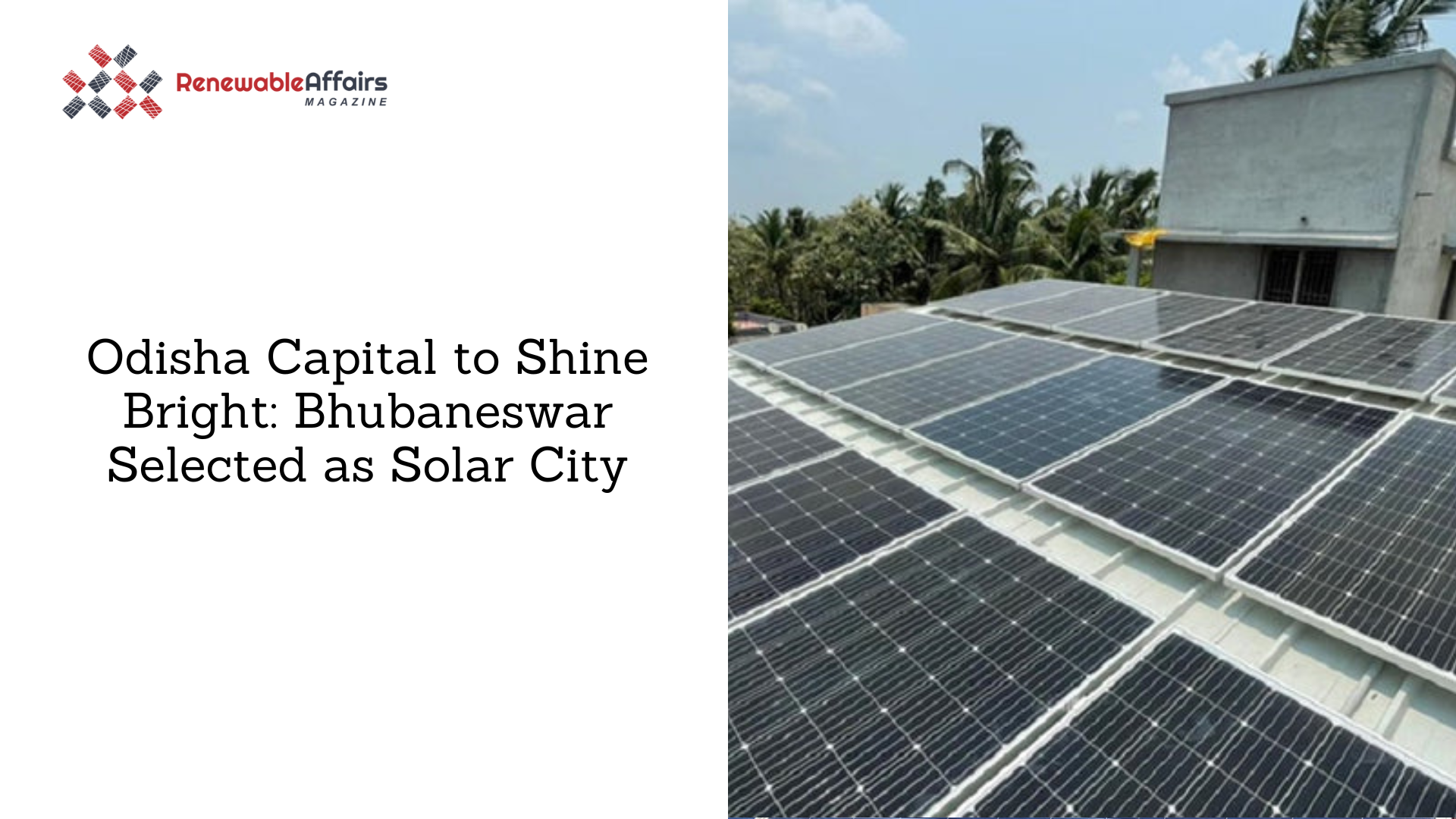



















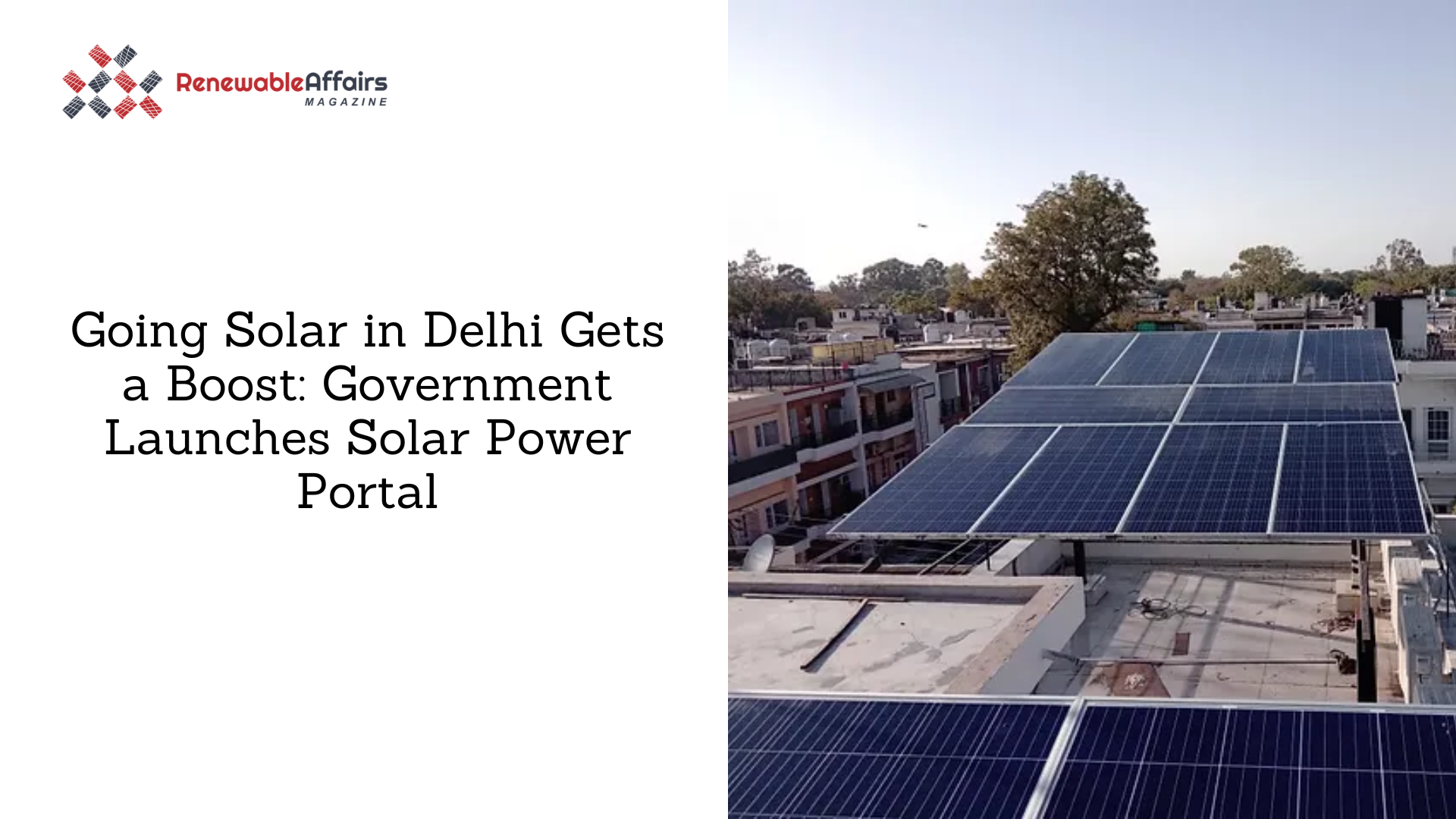









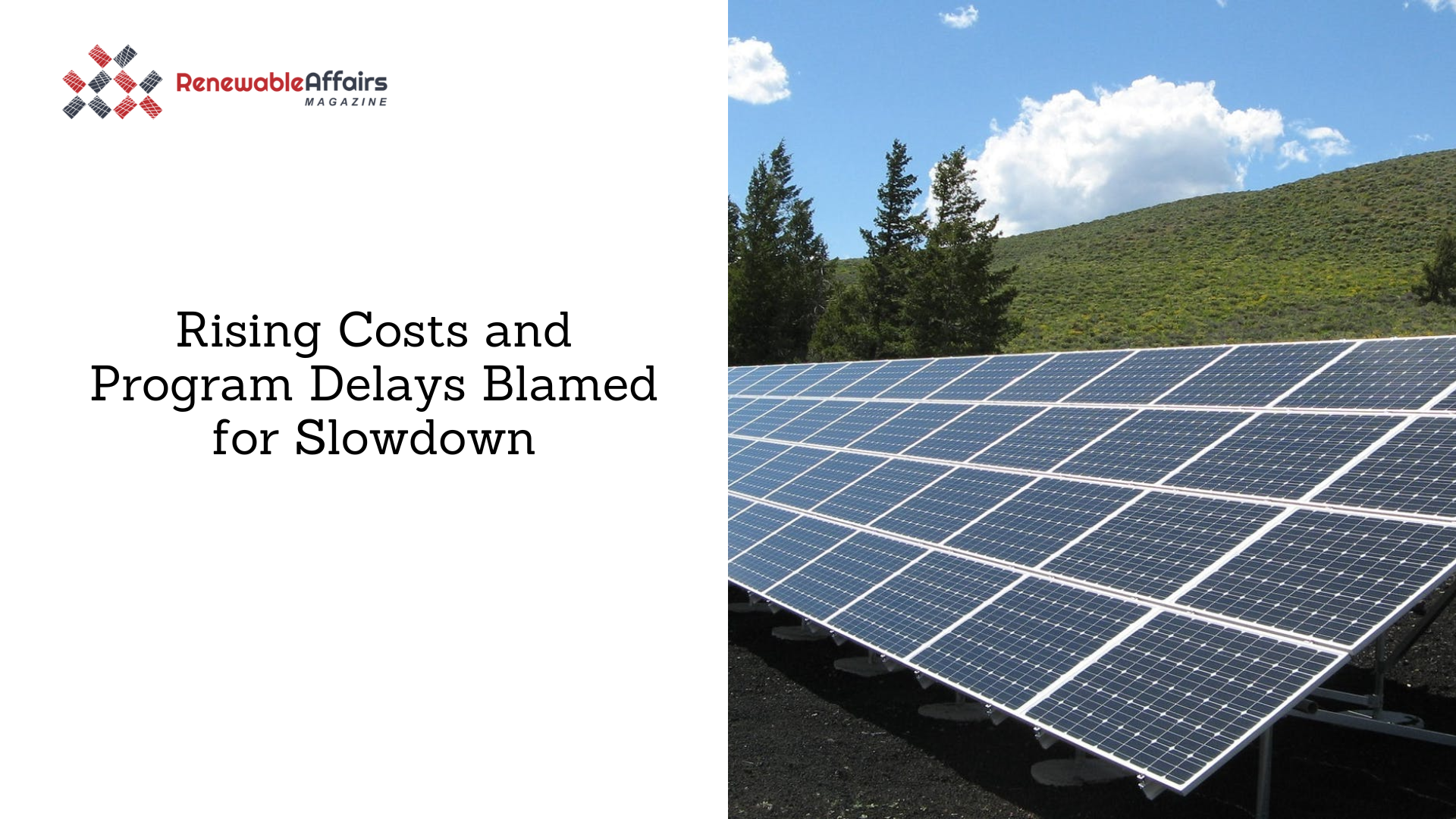

























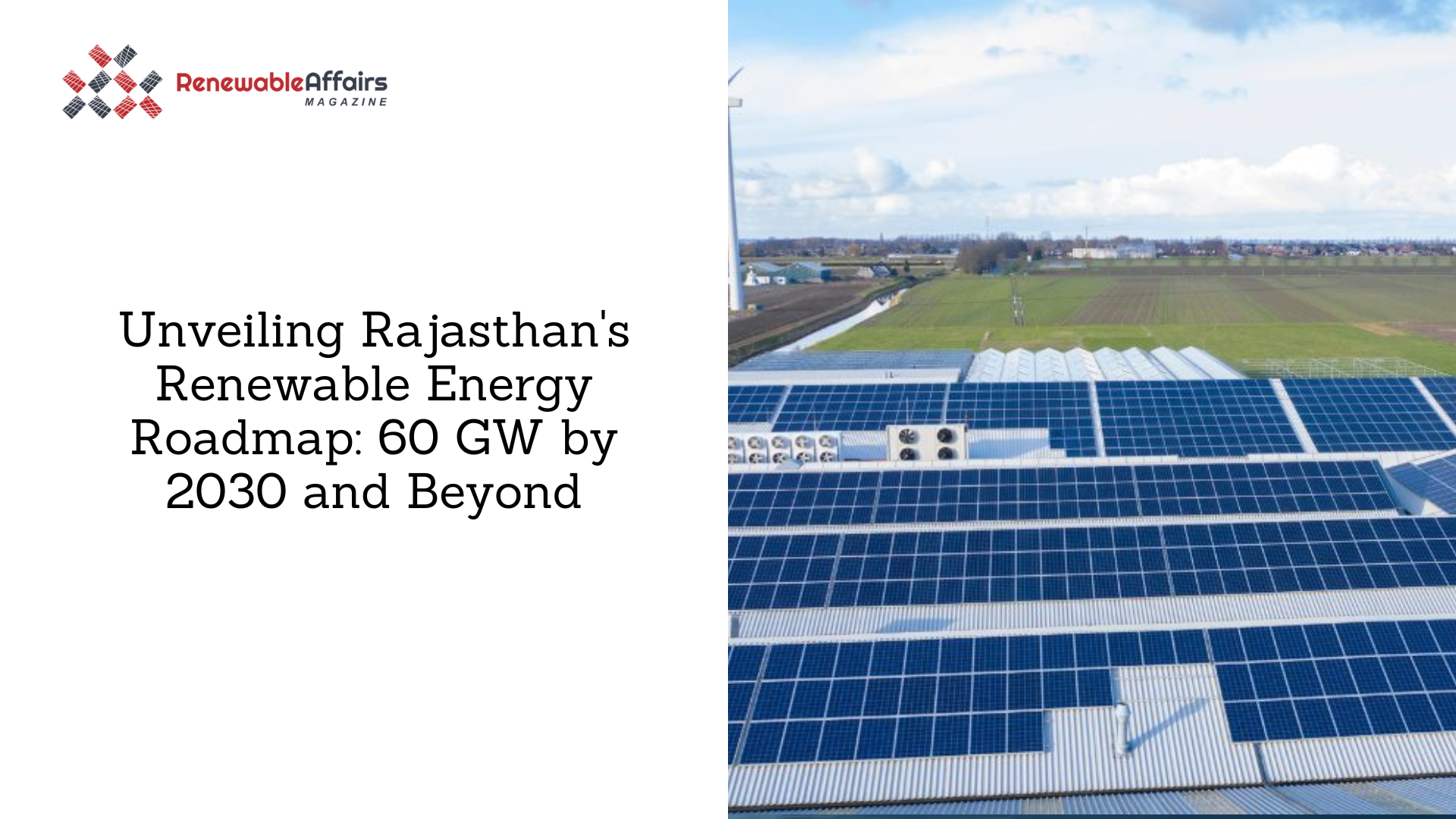


















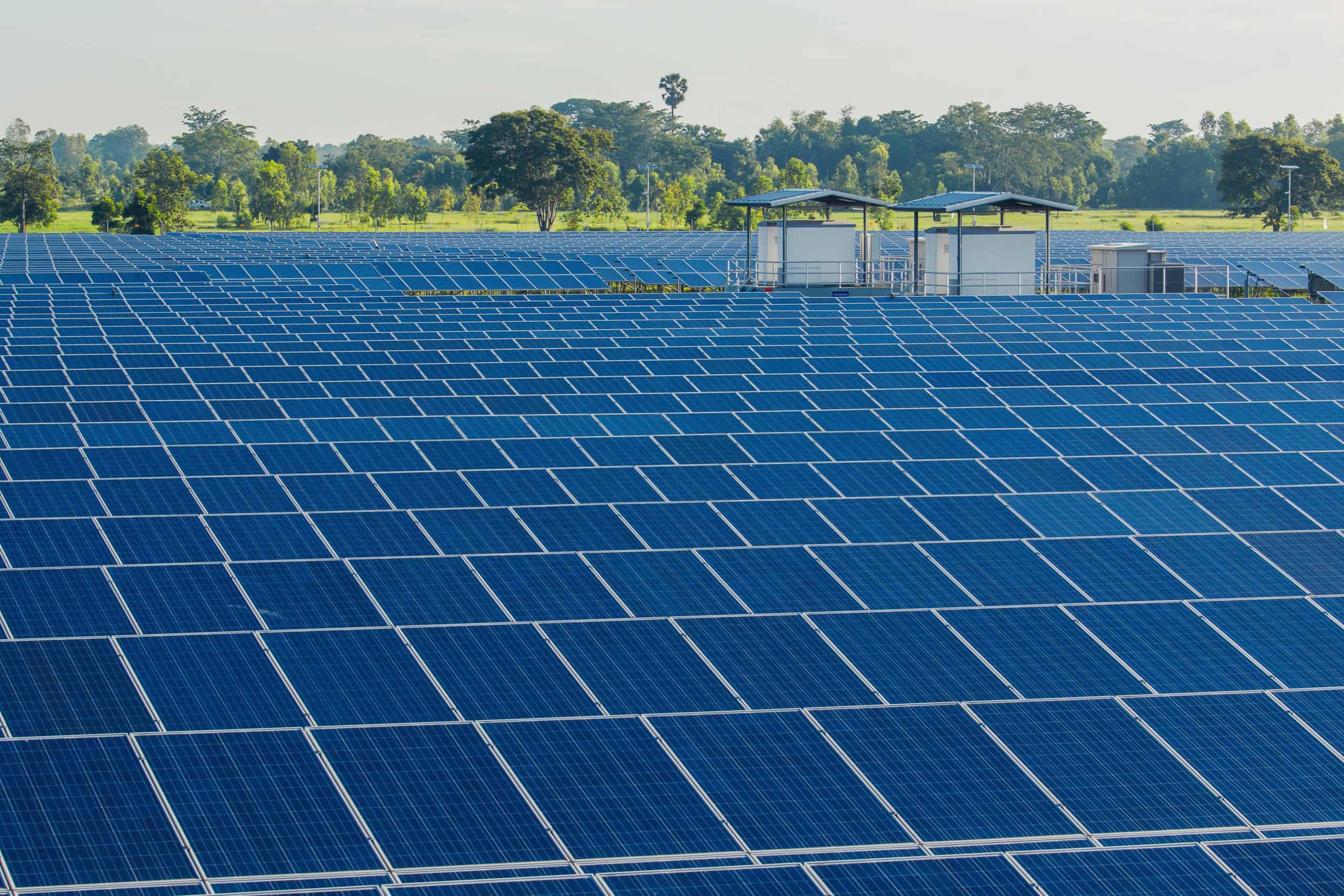










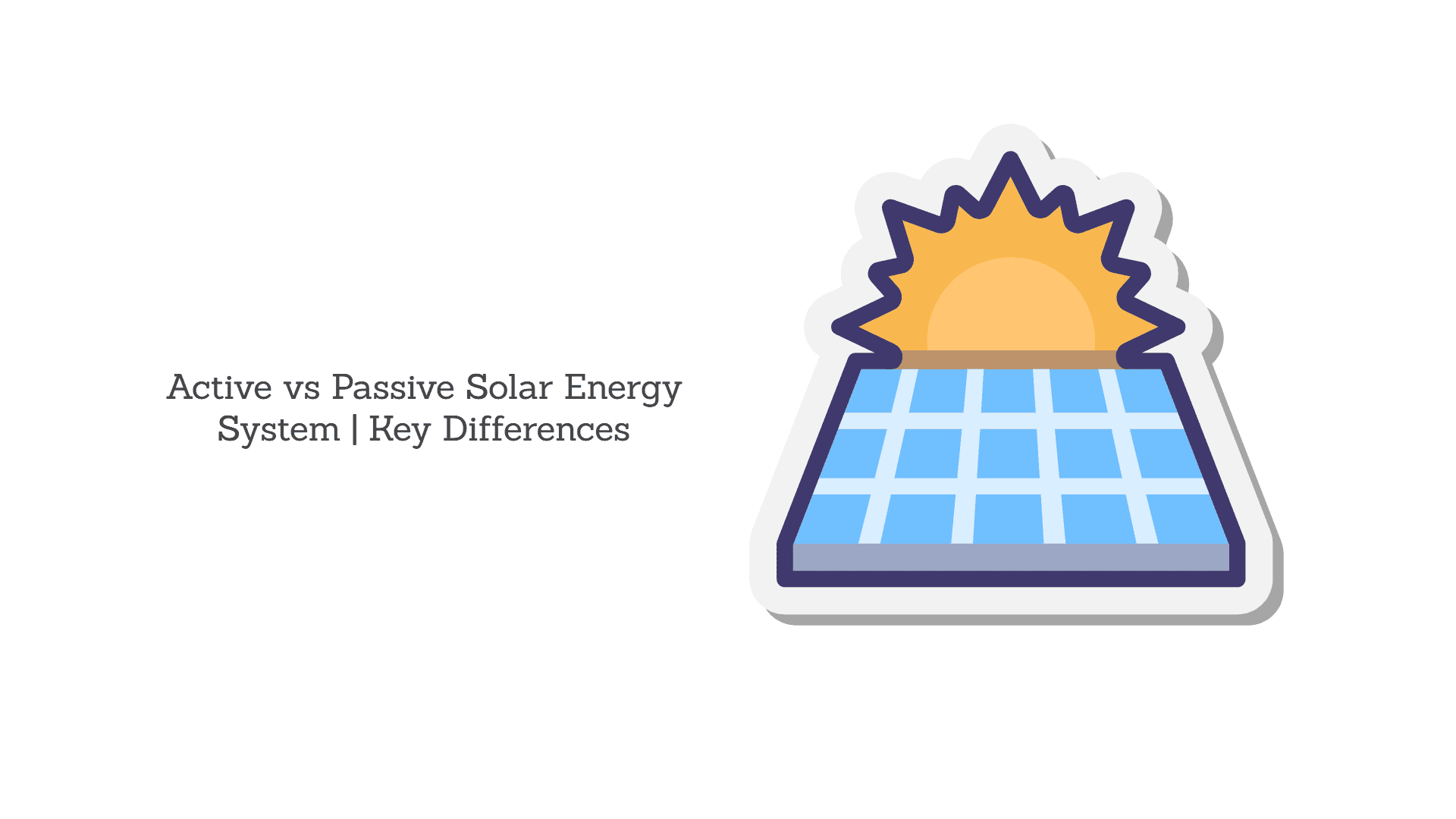

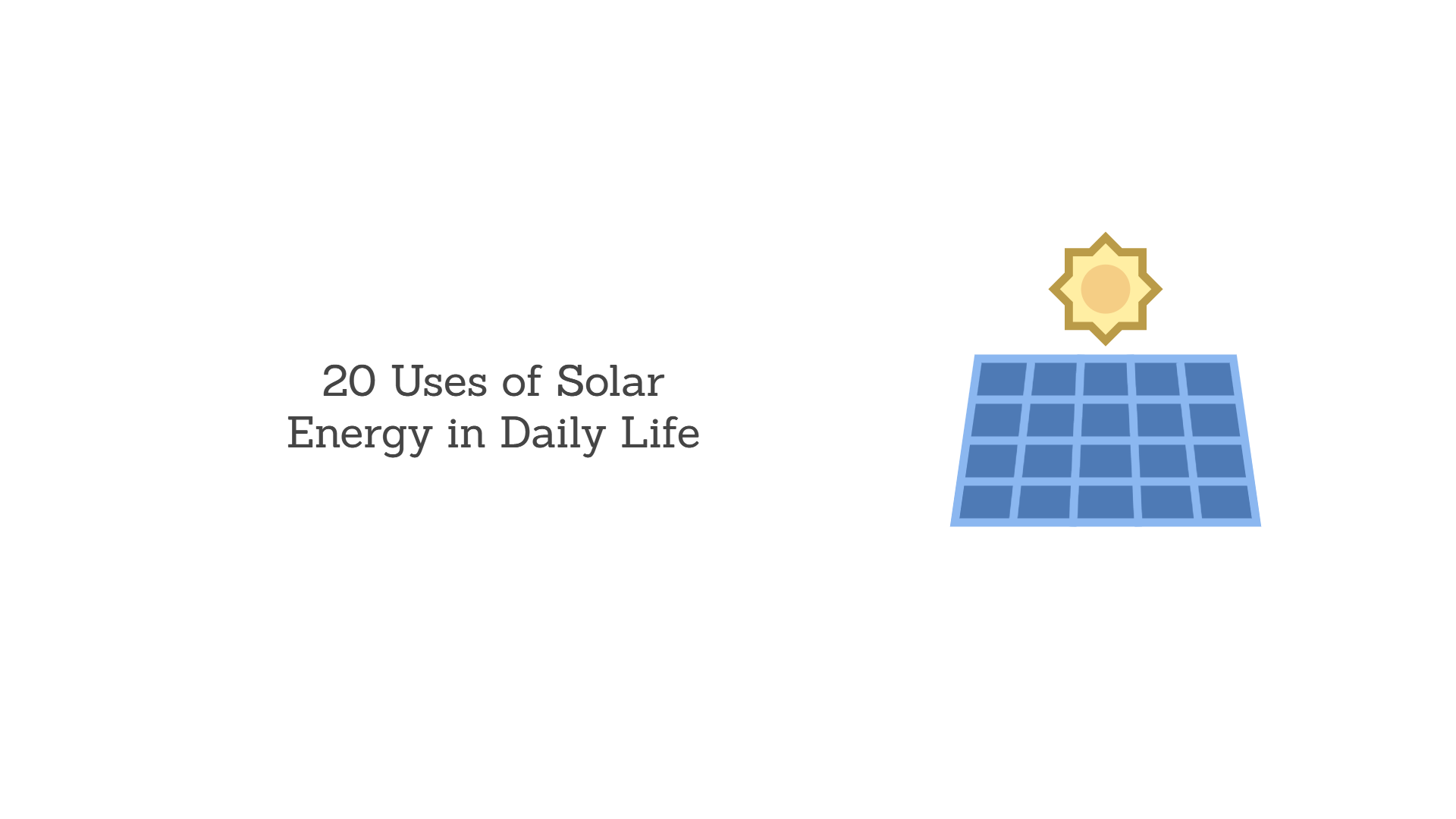













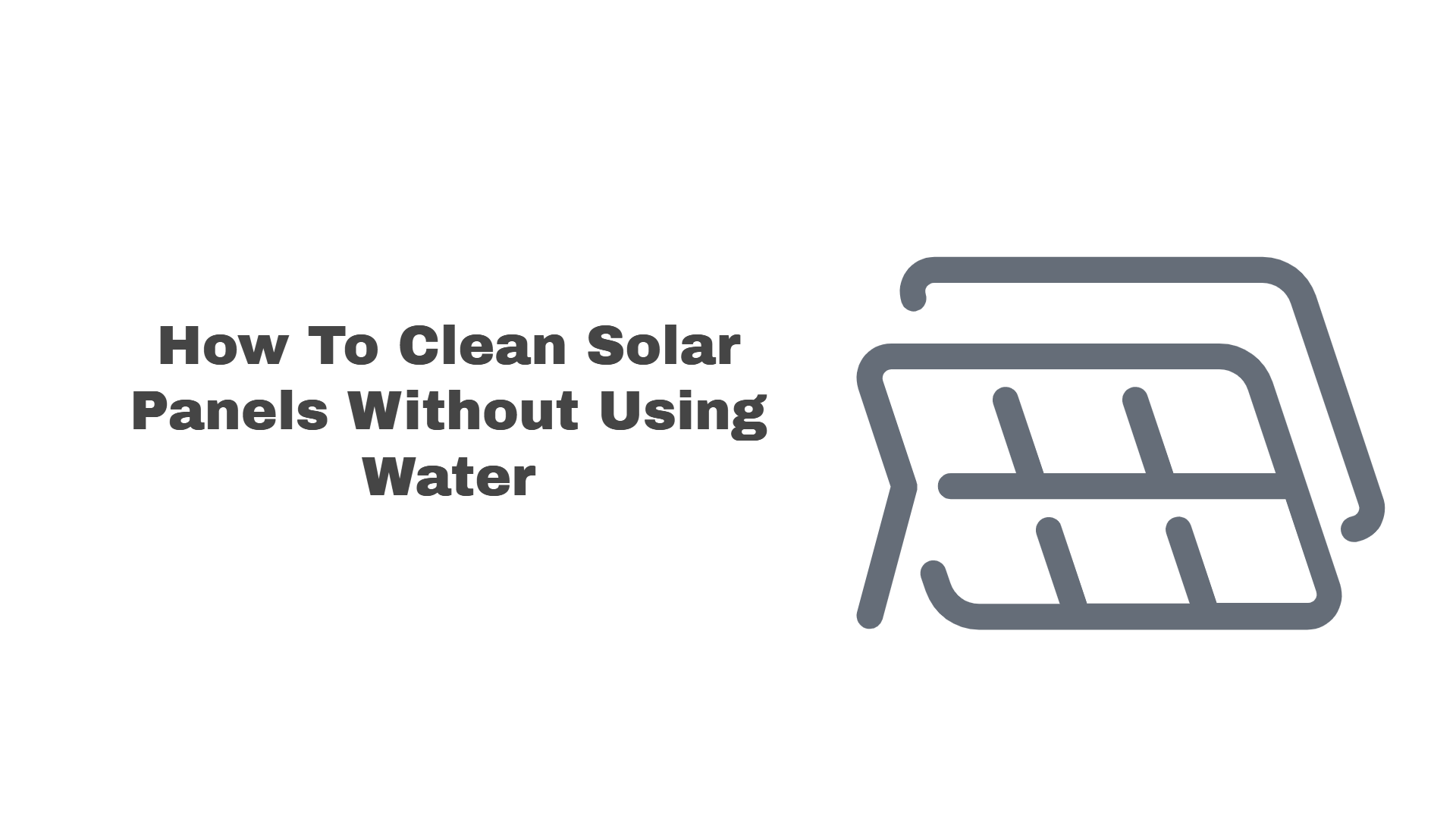
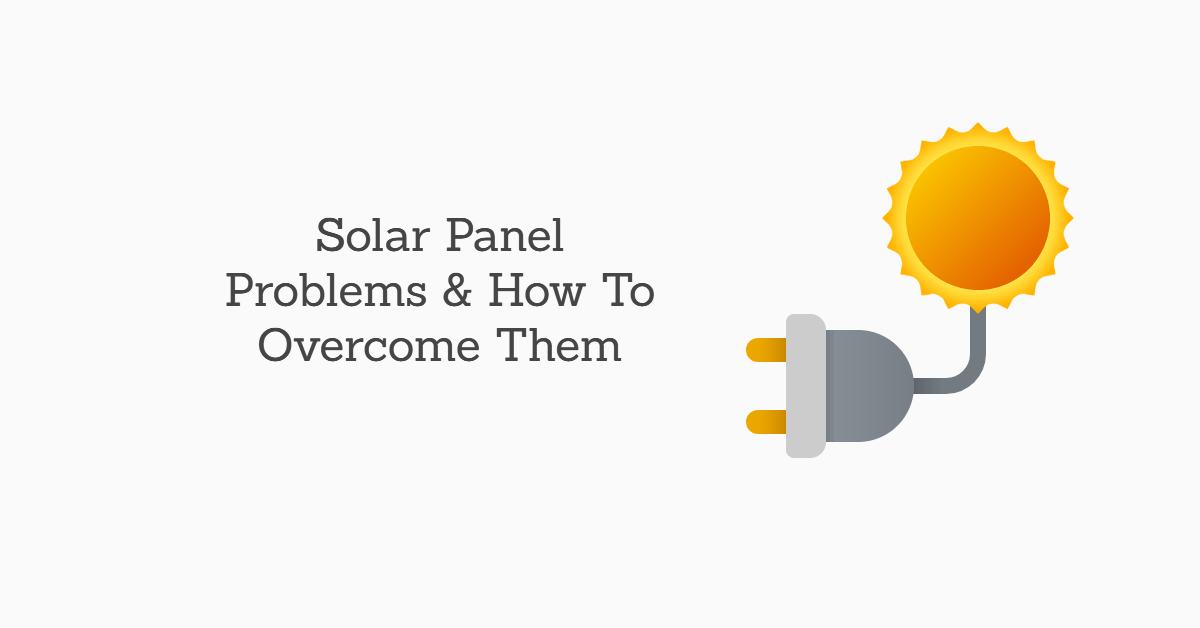

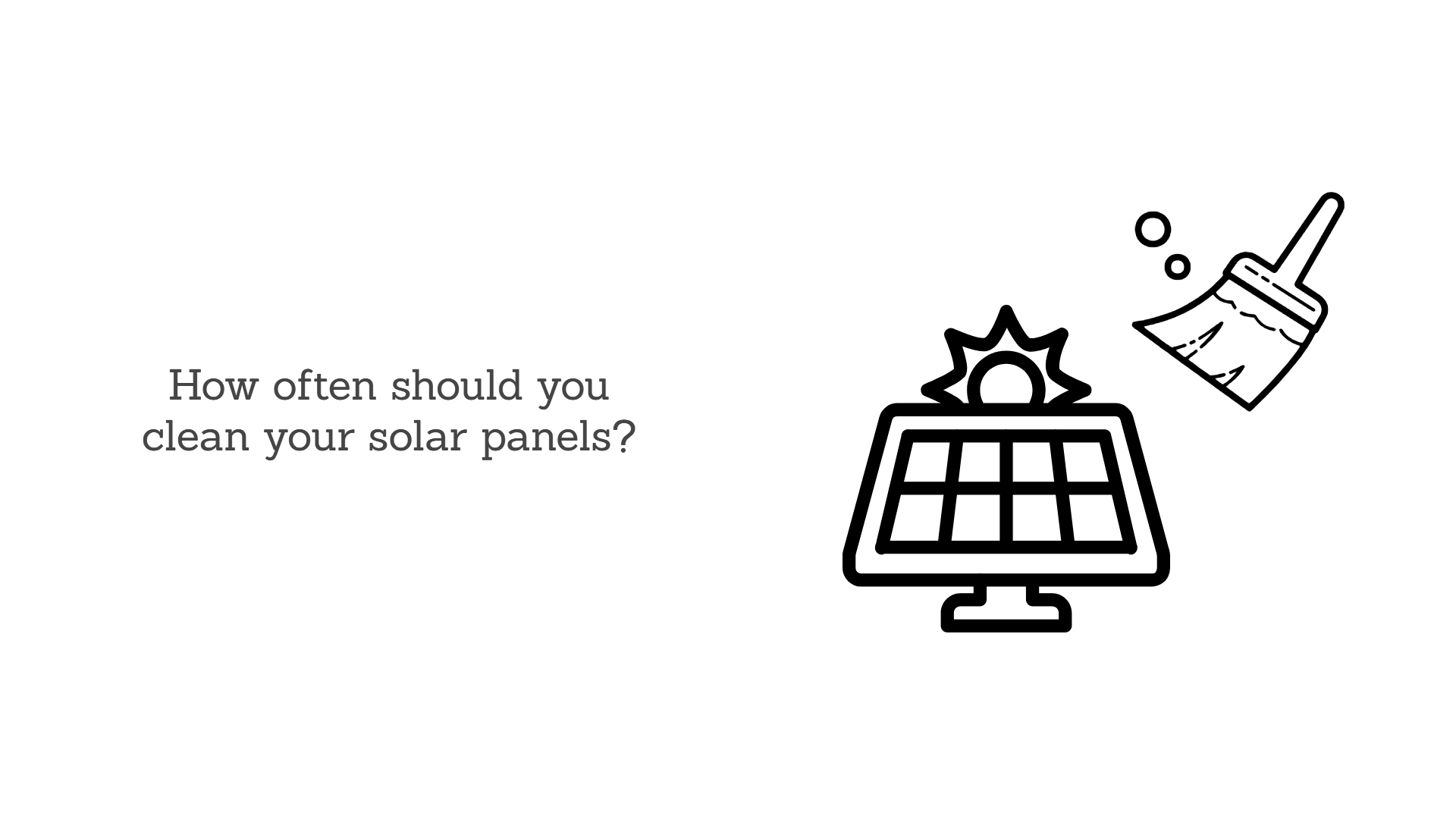


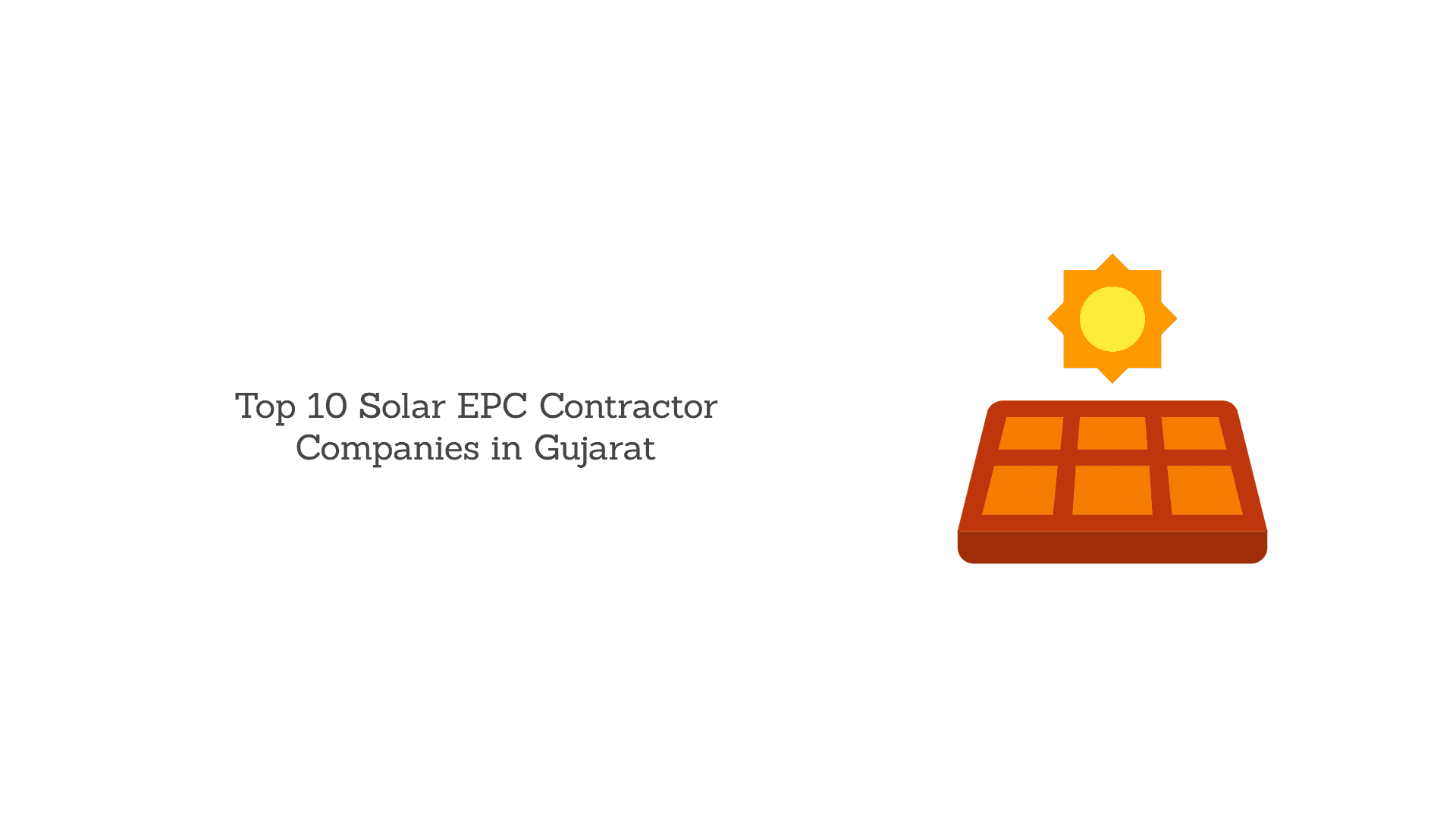
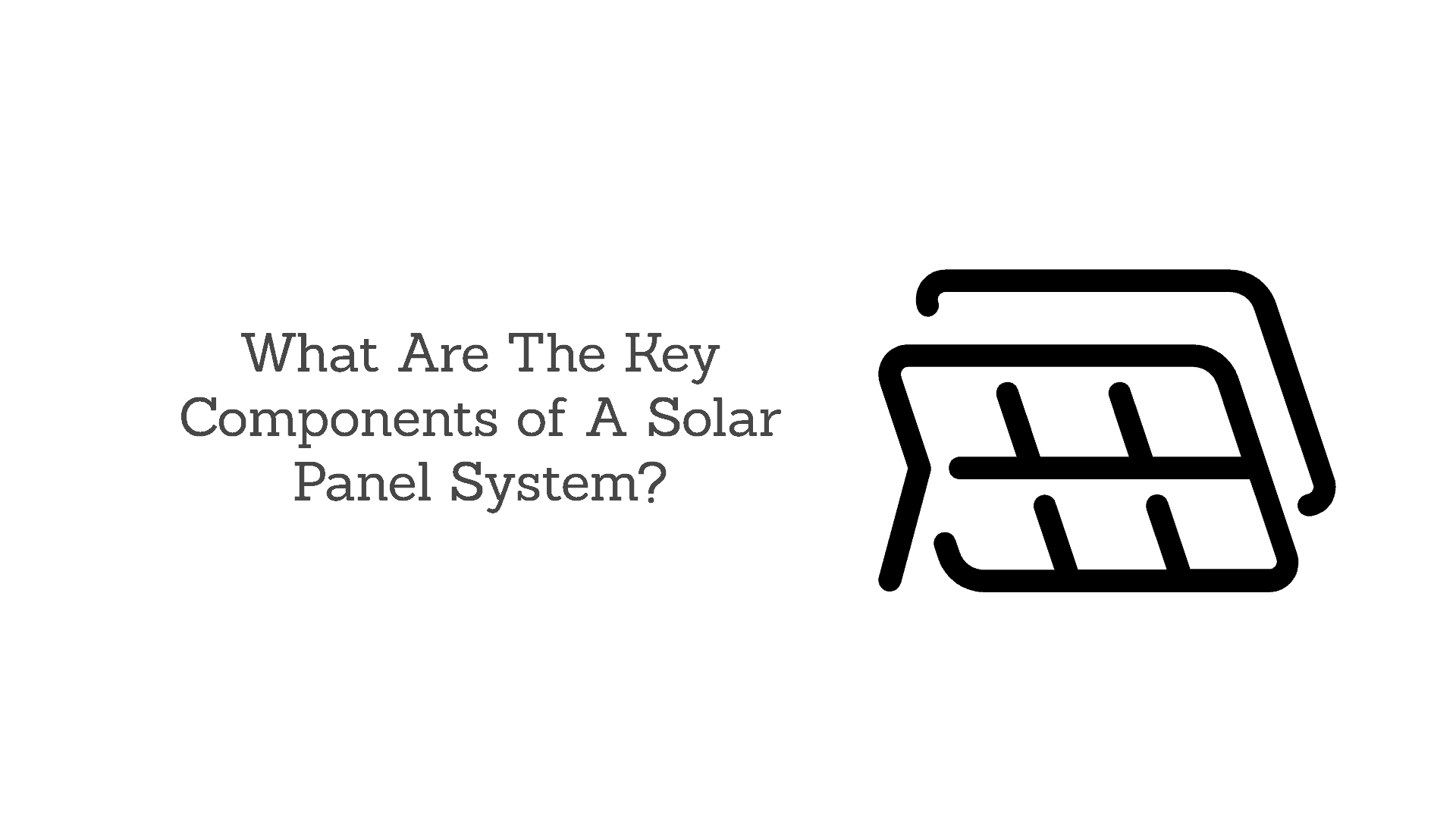






0 Comments